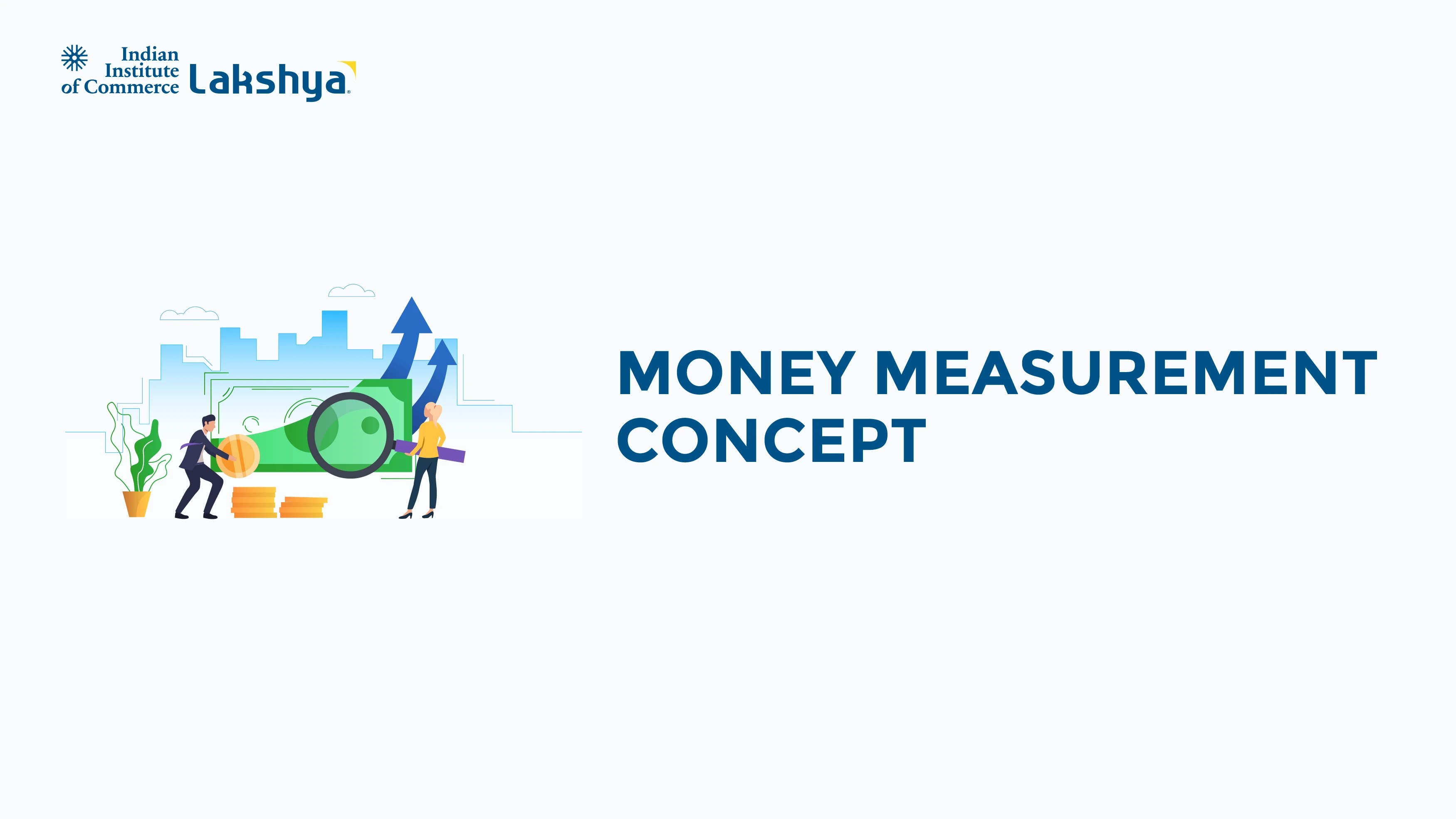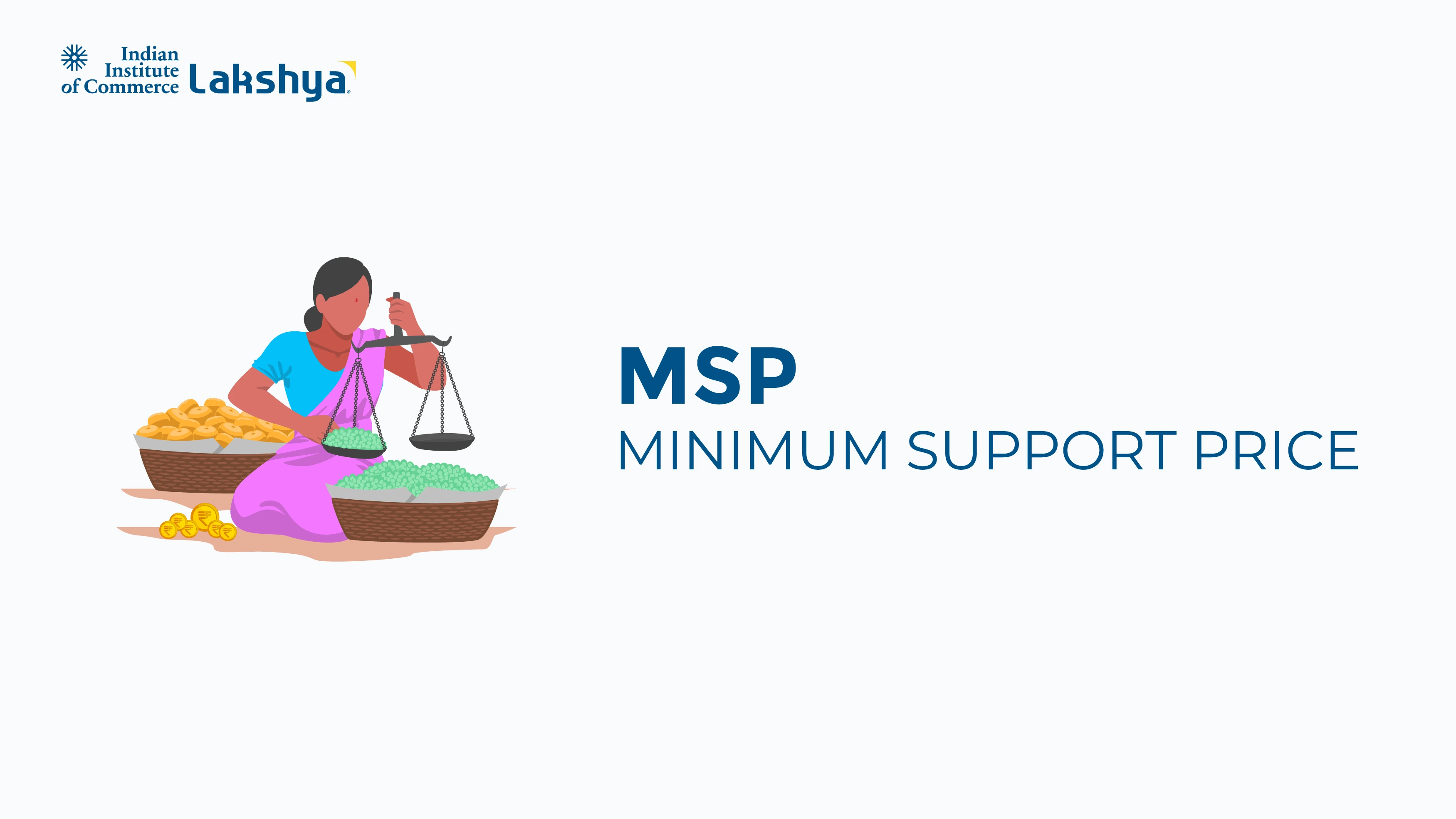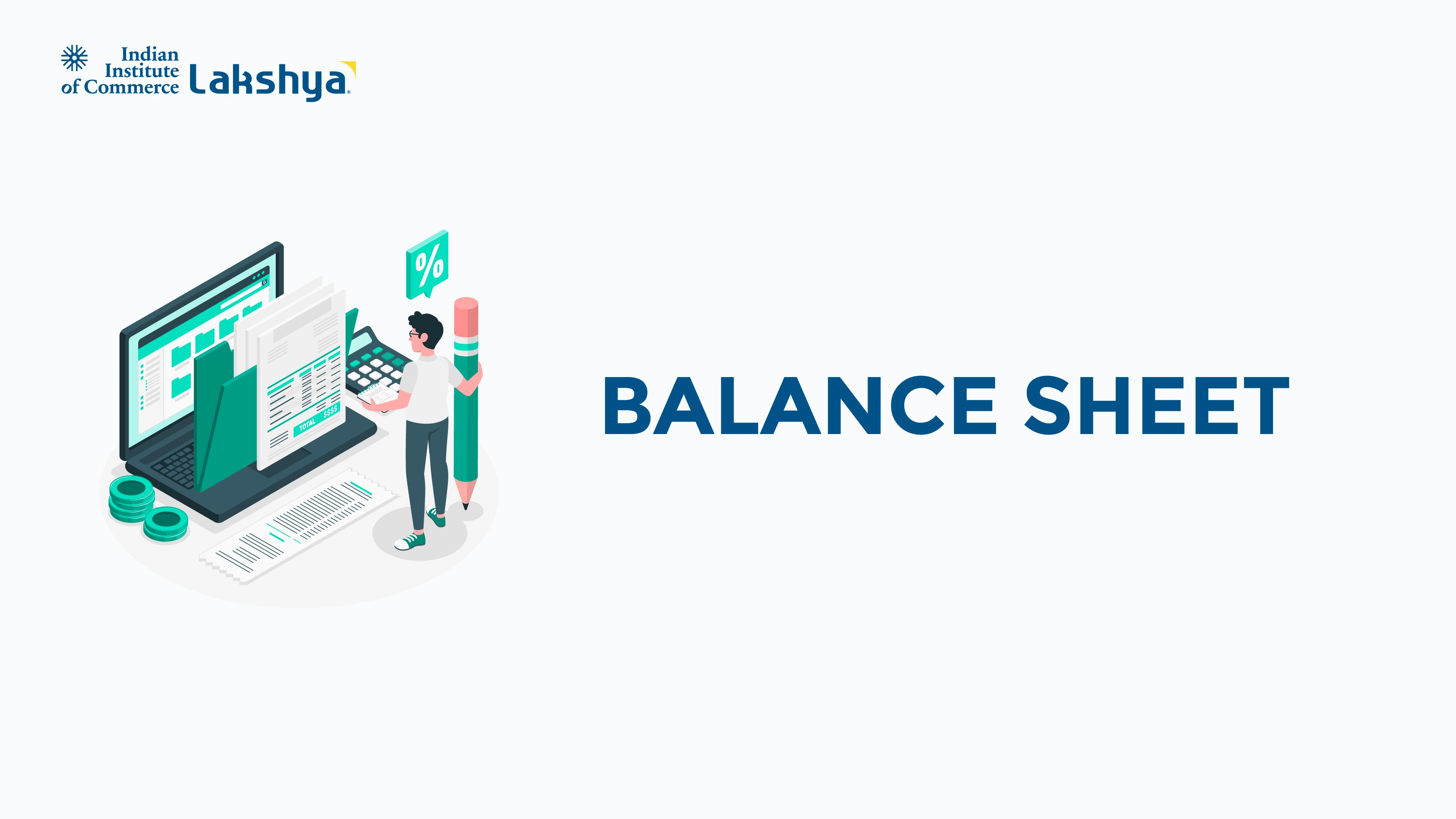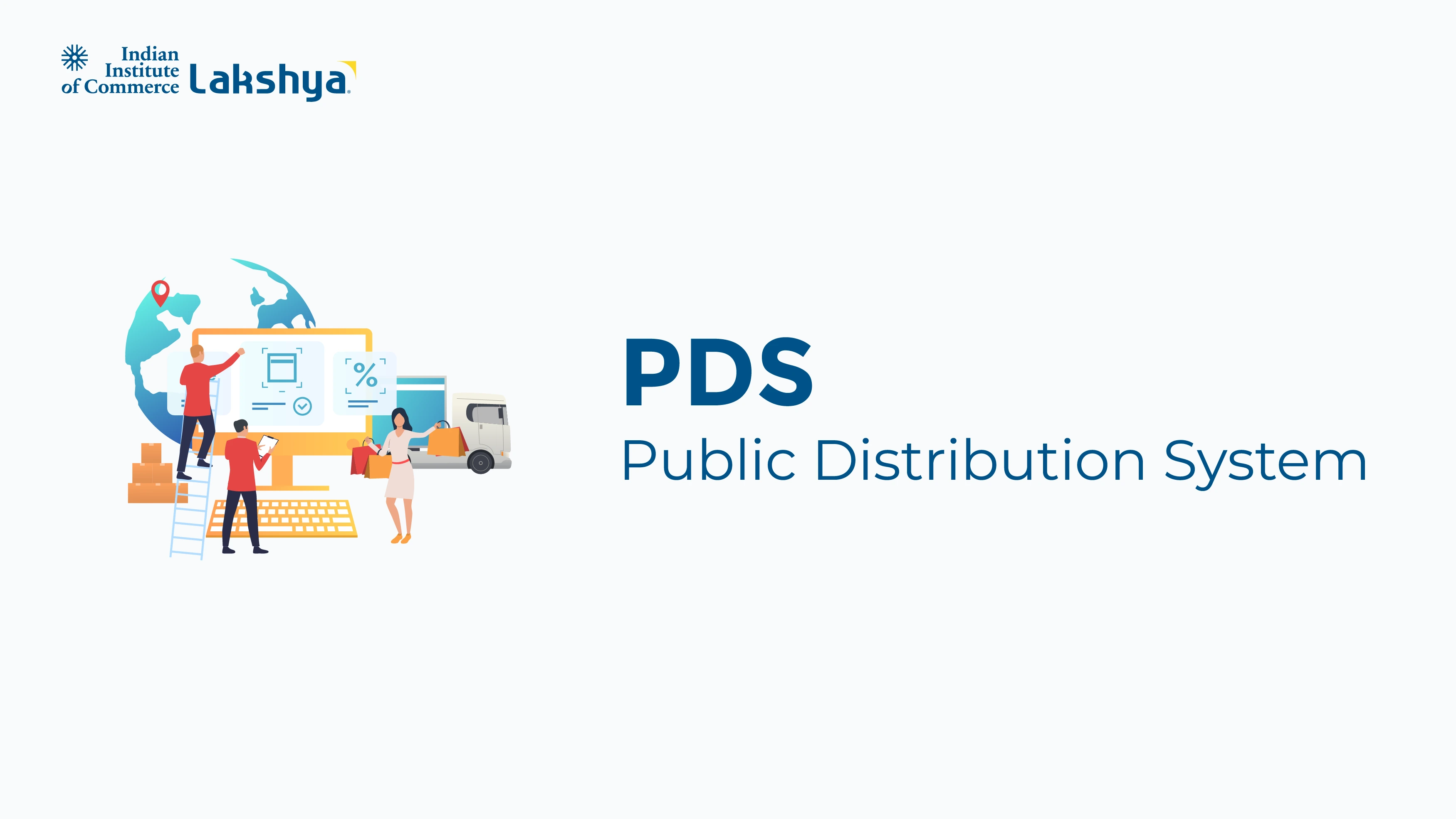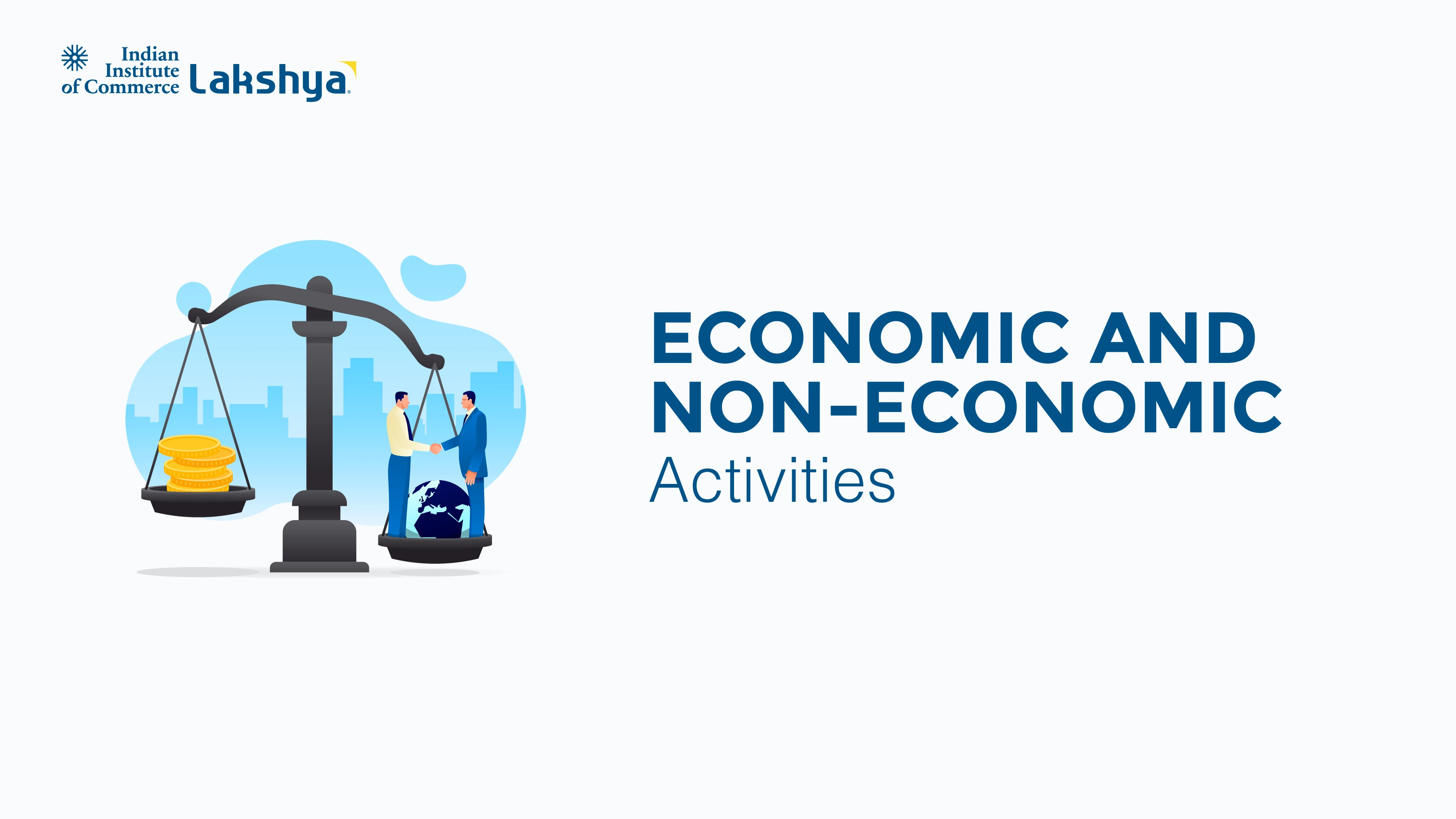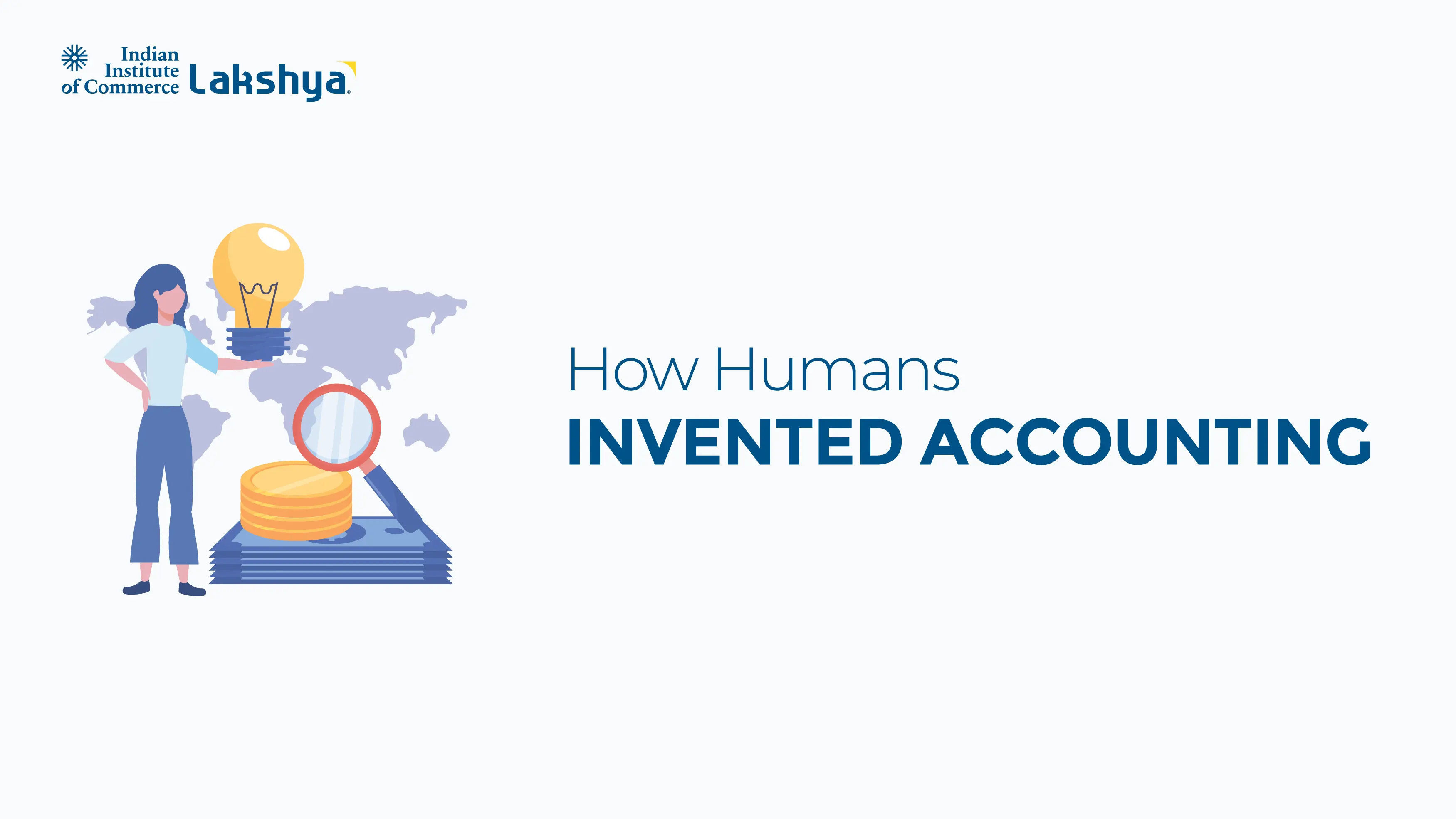Sectors of the Indian Economy
Last Updated On -23 May 2025
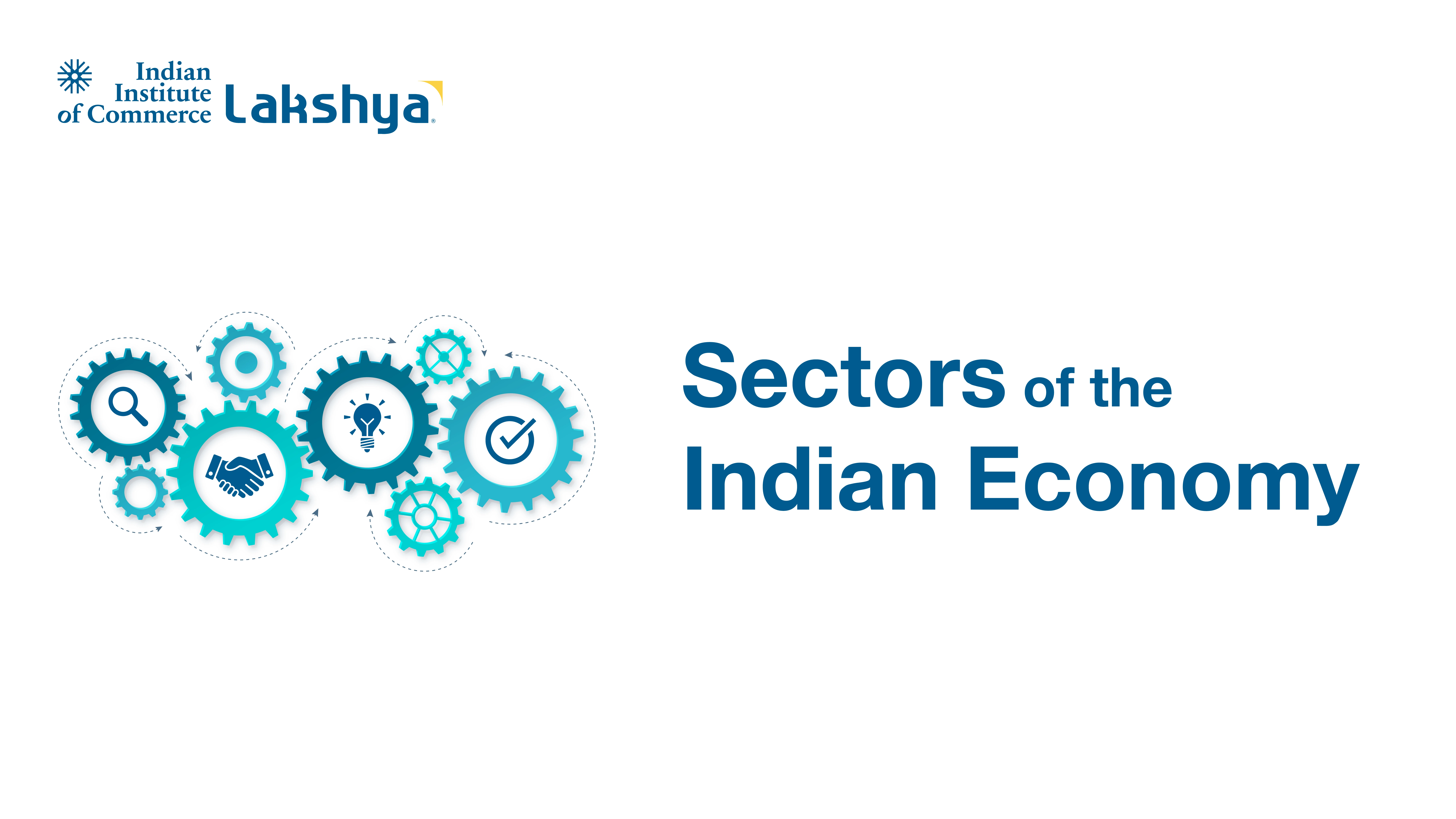
The large and varied nation of India has an equally complex economy divided into different sectors. From small rural agricultural communities to thriving metropolitan IT centers, the Indian economy consists of a spectrum of economic activities typically categorized into three primary sectors: Primary, Secondary, and Tertiary. Every one of these industries is essential in forming the national economic fabric, therefore supporting employment, GDP, and general growth. Policymakers, professionals, and students all depend on an awareness of these sectors since it helps one to understand how resources are distributed and how economic development is judged.
Key Classification of the Sectors of Indian Economy
Each of the dynamic mix of industry, services, and agriculture that makes up the Indian economy shapes the country's economic scene in different ways. From software development to seed-starting, every industry adds specifically to India's growth narrative. The interaction among these sectors will define how inclusive and sustainable the development of the nation will be. Understanding these economic sectors provides a basis for appreciating the more general dynamics of development whether your interests are in corporate strategy planning, exam preparation, or economics.
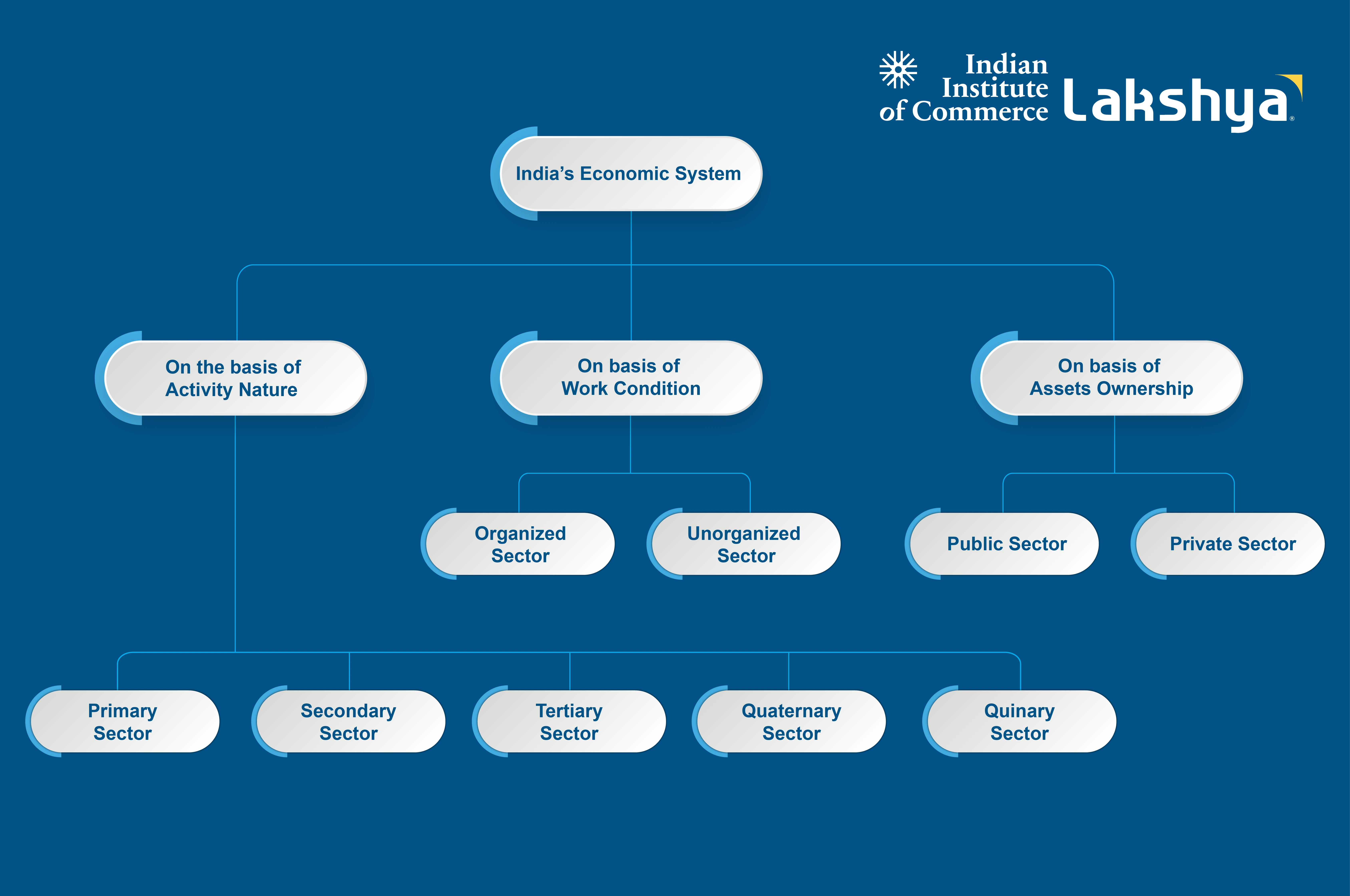
1. Based on Ownership
This classification examines who owns and manages the company's activities and assets.
Public Sector
In India, the public sector consists of businesses and institutions run, owned, administered by the government—either national, state, or joint level. Its main goals are not financial but rather welfare and national development. Key fields including defense, transportation, infrastructure, finance, and communication depend critically on public sector undertakings (PSUs). Part of the public sector are companies including Oil and Natural Gas Corporation (ONGC), Bharat Heavy Electricals Limited (BHEL), and Indian Railways. Often driven by long-term national goals and social duty rather than monetary success, these organizations
Private Sector
The private sector, on the other hand, is owned and controlled by private people or businesses who make investments meant for profit. It covers a wide spectrum of companies, from tiny firms run by individuals to big worldwide companies. Through encouraging competition, innovation, efficiency, and employment creation, the private sector is indispensable in economic progress. Leading models of effective private sector companies are companies including Reliance Industries, Tata Group, and Infosys. Unlike the governmental sector, financial returns and market demand mostly drive the emphasis of the private sector.
2. Based on Economic Activities
Comprising Primary, Secondary, and Tertiary Sectors, this is the most often used classification for the economy.
Primary Sector
Natural resource extraction and usage are issues of the primary Sector. This covers pursuits including farming, fishing, lumber, mining, and animal keeping. It basically entails the creation of basic meals and raw resources. For millennia, agriculture has been the pillar of Indian economy; even now, a sizable fraction of India's workforce works in this field.
But thanks to industrialization and service expansion, the main sector's contribution to India's GDP has been consistently declining over the years. Still, the industry is vital, particularly in relation to rural livelihoods and food security. Aimed at assisting this industry are government initiatives including PM-Kisan and Minimum Support Price (MSP) programs.
Secondary Sector
Raw materials taken from the main sector are turned into completed products by the secondary sector. Included in this sector are small-scale businesses, construction, and manufacturing. It is fundamental in infrastructure building, urban employment, and industrialization. Under this category are sectors including textiles, cement, iron & steel, drugs, and cars.
Particularly under programs like "Make in India," which inspire both domestic and foreign manufacturing investments, India has made notable progress in industrial production. The output of the primary sector gains value from the secondary sector, which also increases export revenues, therefore helping to balance the trade of the nation. Its full potential is still hampered, though, by problems including uneven infrastructure, energy shortages, and regulatory slowness.
Tertiary Sector
With regard to GDP contribution, the Tertiary Sector—also referred to as the service sector—has grown to be the most significant one. Services include banking, insurance, education, health care, retail, transportation, communication, and information technology (IT) abound here. Particularly in IT and BPO (Business Process Outsourcing), the service sector grew rapidly once the Indian economy opened up in the 1990s.
Along with producing millions of skilled positions in metropolitan areas, this industry has brought great income and foreign exchange via IT exports. Employment in this field depends critically on educational background, communication ability, computer literacy, and Modern economic development revolves on this sector because of urban migration and the emergence of service-based industries.
Emerging Sectors: Quaternary and Quinary
Economists have found two more sectors outside the conventional three-sector division:
Quaternary Sectors: Knowledge-based services including research and development (R&D), financial planning, and data analysis define this industry. It requires technical knowledge and a great degree of expertise.
Top-level executives, legislators, and society's decision-makers in the Quinary Sector This sector includes services rendered by government officials, corporate leaders, and non-profit leaders.
3. Based on Work Conditions
Understanding employment stability, rights, and working conditions depends on knowing this classification. The class is divided into organized and unorganized sector.
Organized Sector
Companies properly registered with the government and abiding by labor laws and employment terms constitute part of the organized sector. Jobs stability, set working hours, consistent pay, and other perks such paid leave, health insurance, Provident Fund (PF), and Employee State Insurance (ESI) appeal to workers in this field. This industry includes official organizations, banks, big businesses, and government agencies where different legal clauses guard employee rights. Legal structure guarantees worker stability and a minimum of living standards.
Unorganized Sector
Conversely, the unorganized sector comprises companies running with little control and lacking registration under government rules. Here, workers can deal with erratic schedules, little employment stability, and absence of official benefits as pension funds or healthcare. In rural and semi-urban settings, this industry dominates temporary laborers, street sellers, small-scale service providers, and housekeepers. Although a lot of people depend on it for their livelihood, it sometimes leaves workers exposed to inadequate working conditions and exploitation.
4. Based on Area
Rural Sector
The rural sector, mostly composed of villages and small towns, is the area of the nation outside of metropolitan cities. This sector is dominated by agriculture and related activities including forestry, fishing, and animal husbandry. Typically with little access to modern infrastructure, education, and healthcare, most of the people in rural India are involved in traditional farming methods. Recent years have seen attempts to close the urban-rural divide, nevertheless, with programs like digital inclusion, road development, and rural electricity.
Urban Sector
The urban sector includes cities and metropolitan areas distinguished by high population, contemporary infrastructure, and varied economic activities. Industries, trade, financial services, IT, education, and healthcare all center around this hub. Often considered as a driver of modernization and economic growth, the urban sector has easier access to resources, technology, and employment possibilities. Mumbai, Bengaluru, and Delhi are among the cities that house corporate headquarters as well as innovation and startup clusters, so defining the urban sector as the center of India's economic development.
|
Did you know? Though it accounts for more than half of India's GDP, the service industry only employs less than 35% of the workforce. By comparison, although accounting for only 15–18% of the GDP, the primary sector employs over 40% of the workforce. This mismatch draws attention to the need for improved employment possibilities and skill development in expanding industries. |
Explore More
Read the Commerce Topics and level up your knowledge today!
Frequently Asked Questions, or (FAQs)
From which industry does India's GDP come most largely?
Driven primarily by IT, banking, and communication services, the tertiary (service) sector makes over half of India's GDP contribution.
Why, given low GDP contribution, does the primary sector employ so many people?
Lack of access to education, skills, and urban possibilities means that many of the rural population still depends on agriculture and related businesses.
How may India raise its secondary sector?
India can increase industrial output by spending on infrastructure, streamlining business rules, improving vocational training, and supporting MSMEs (Micro, Small & Medium Enterprises).





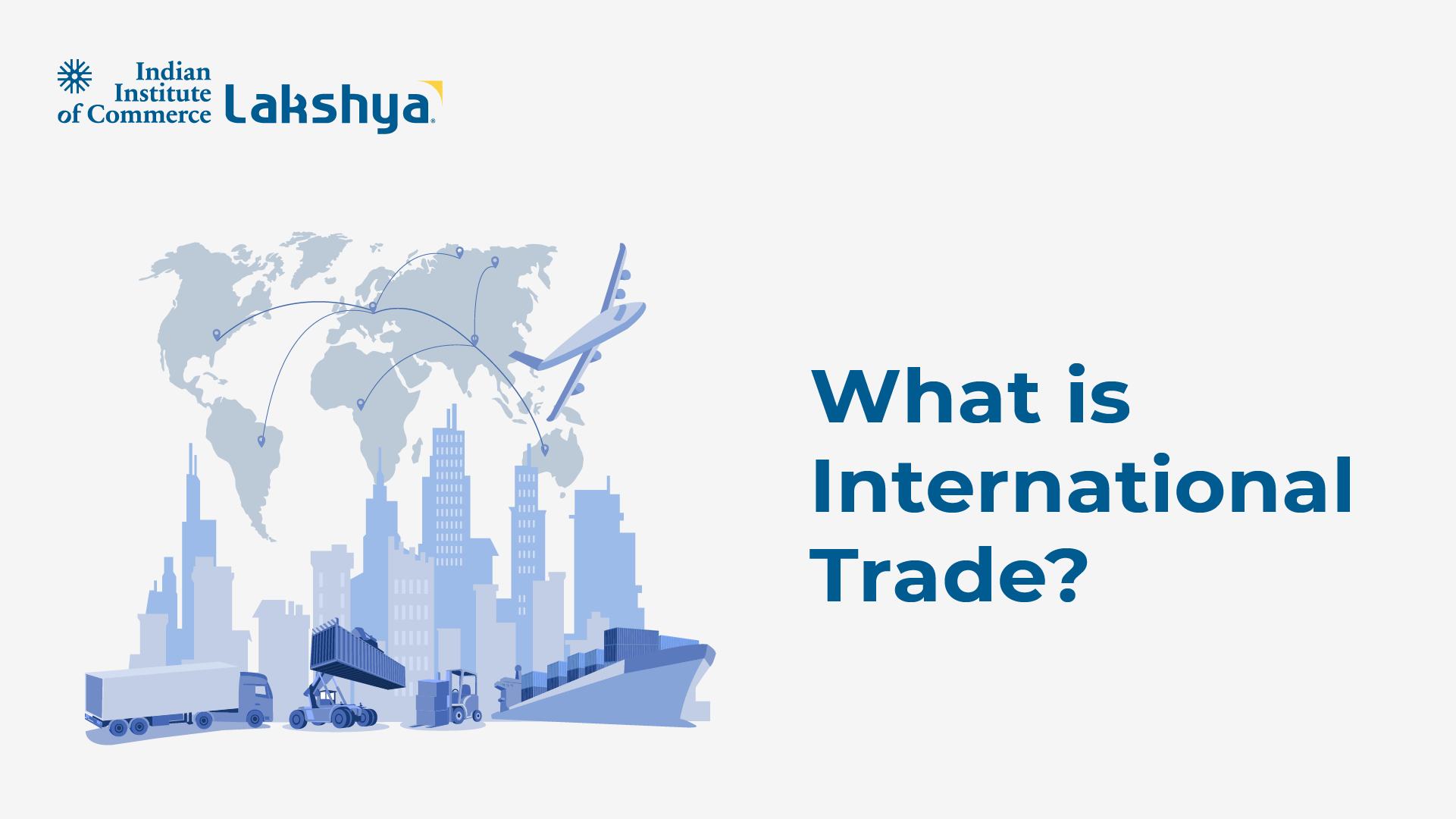
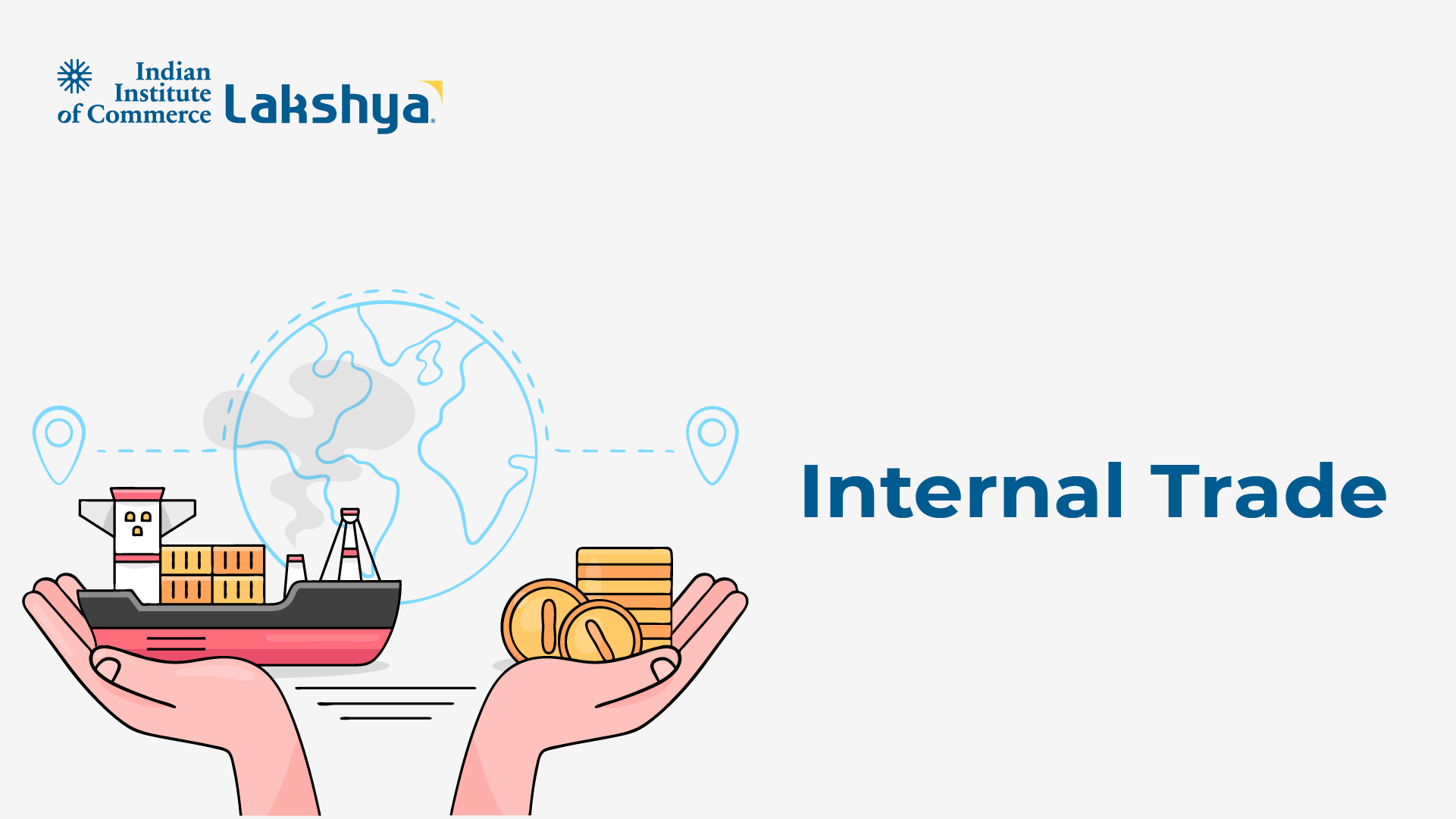

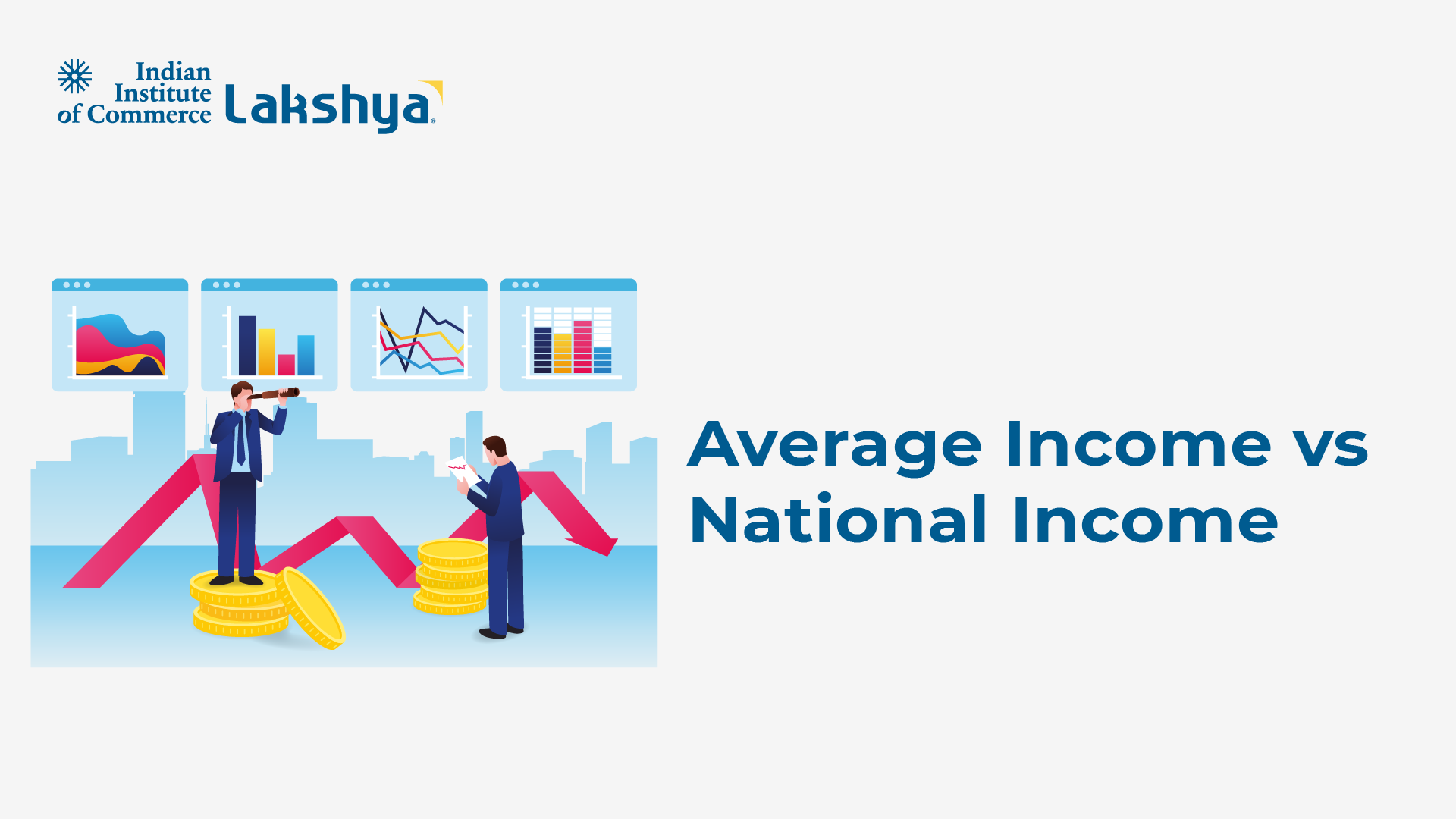
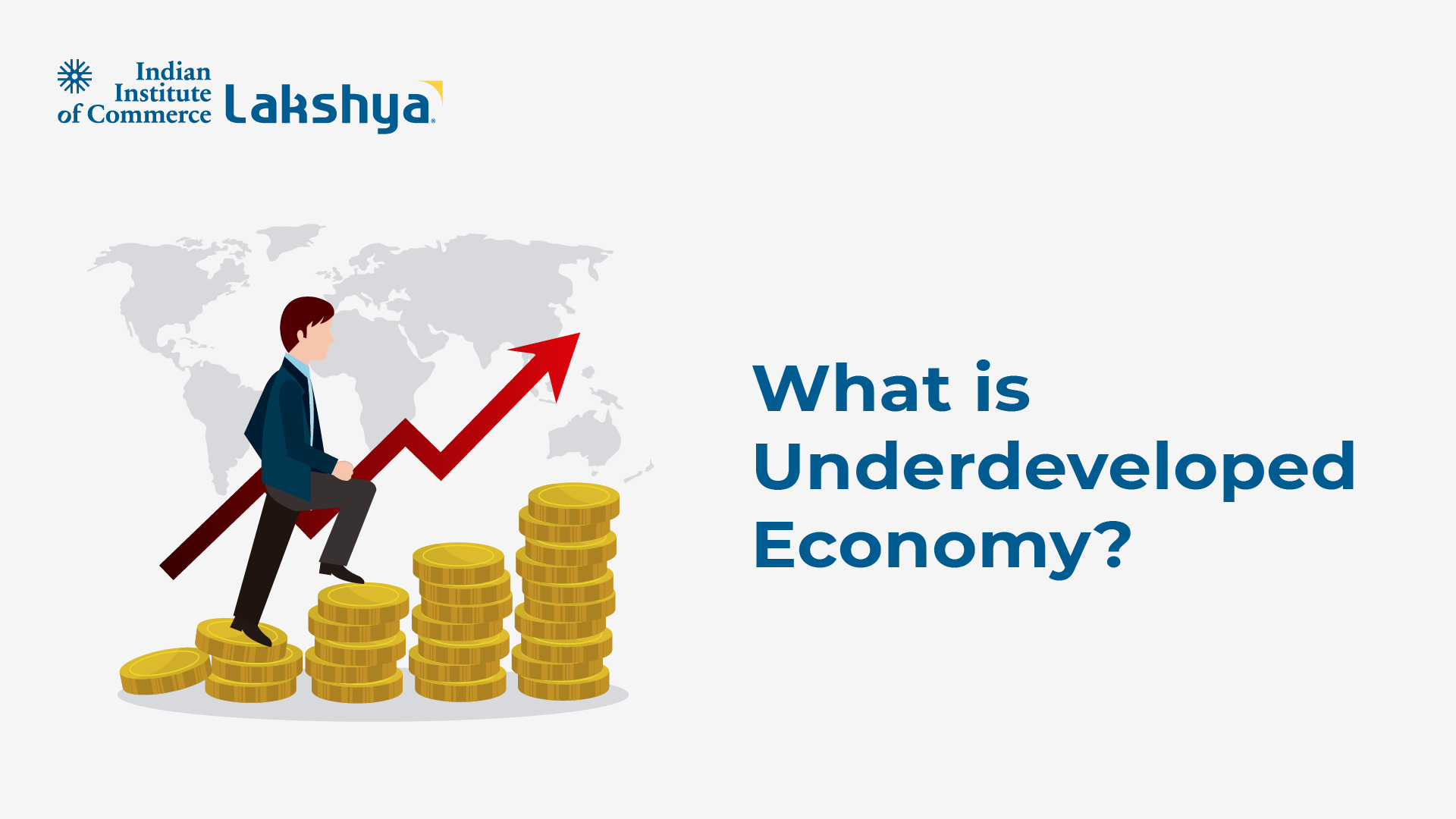

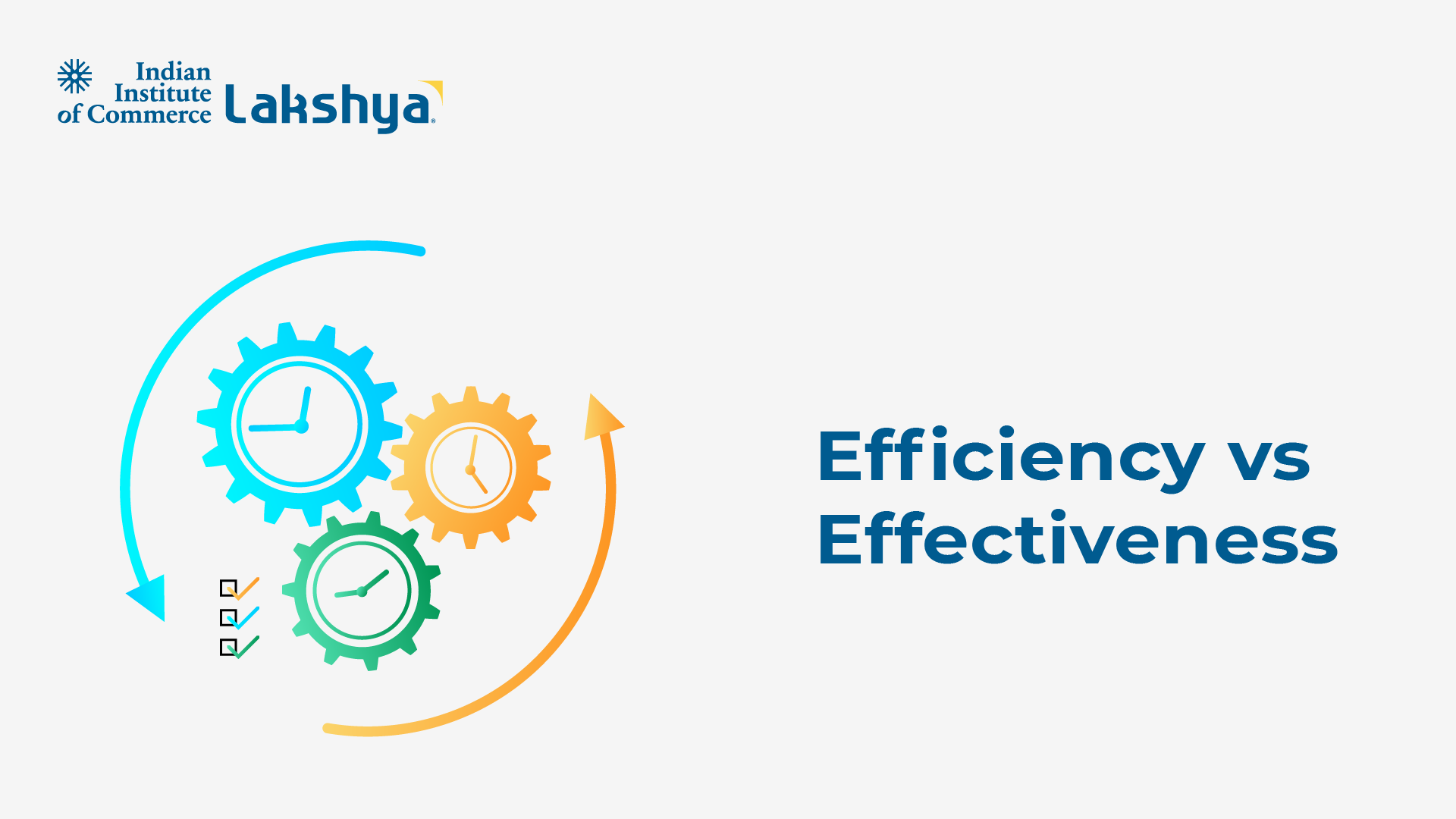

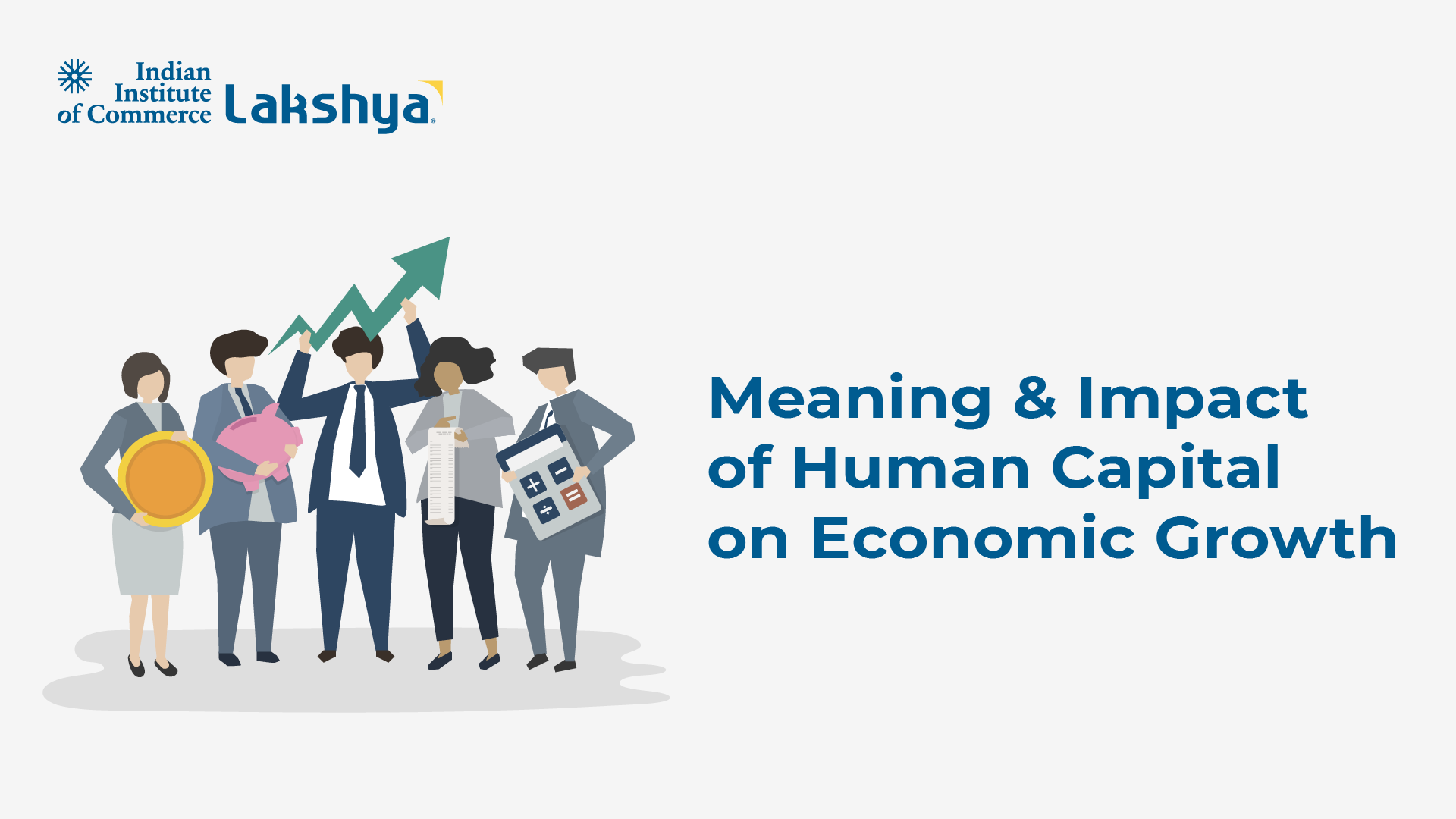

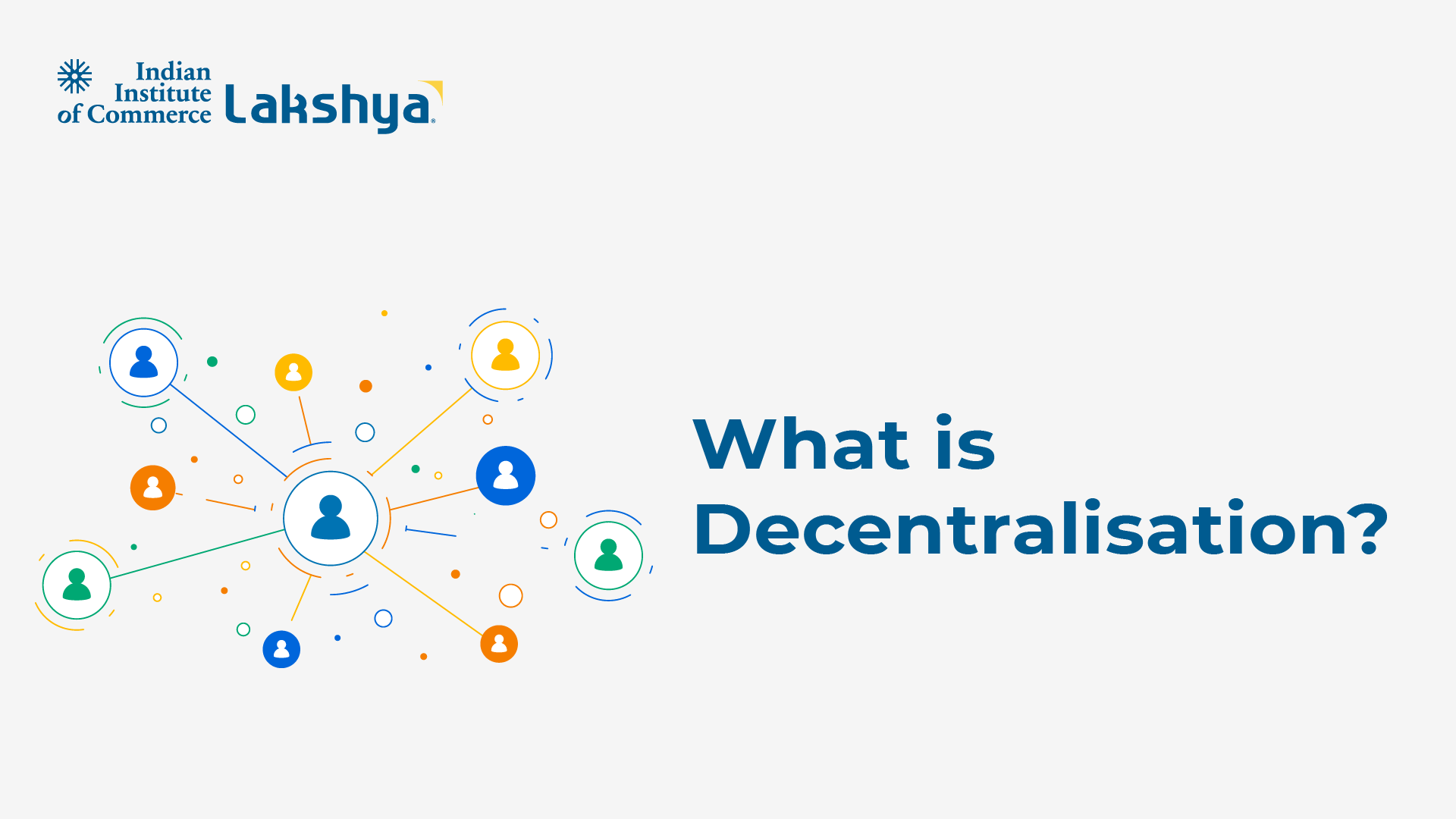









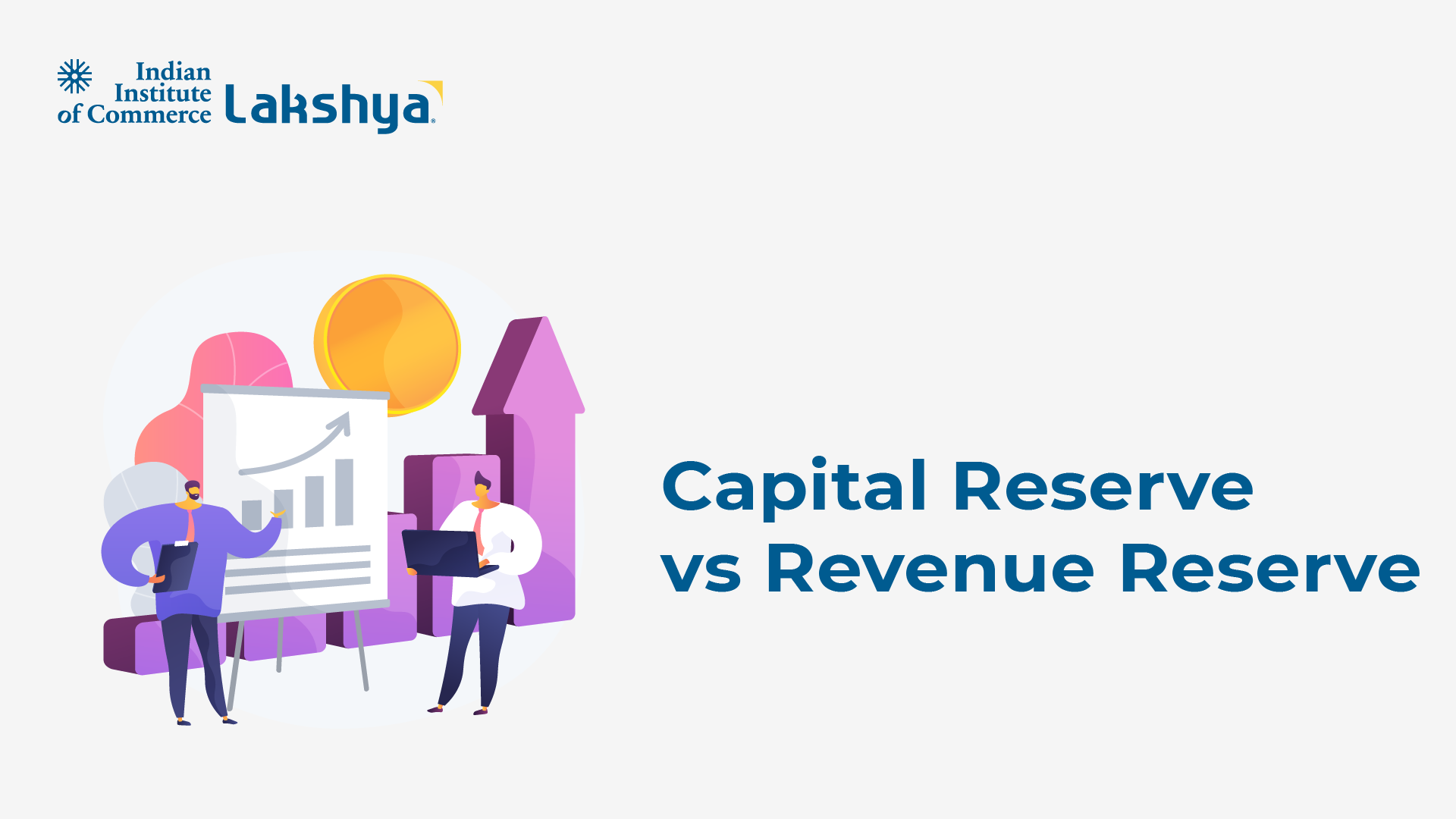
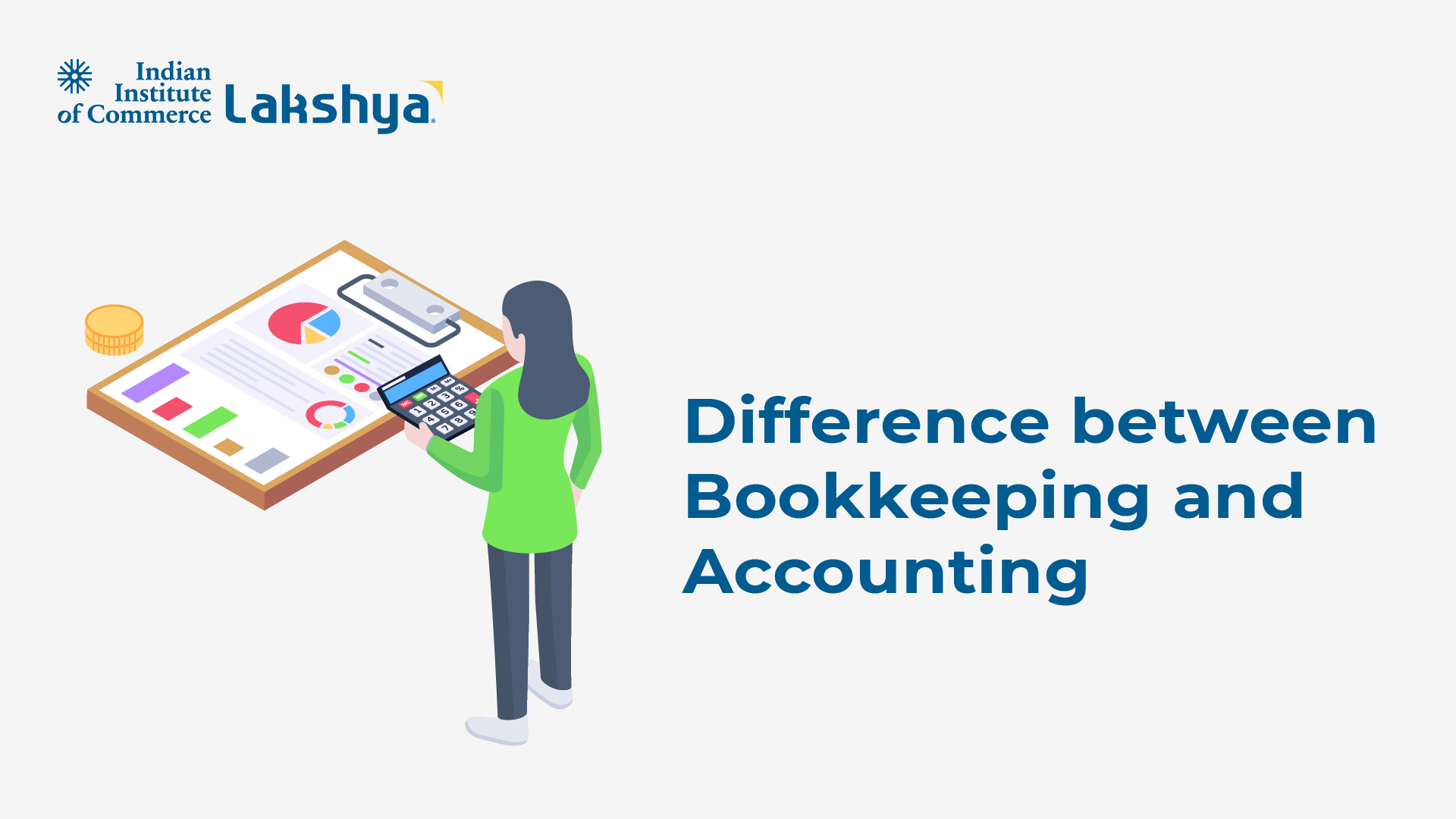
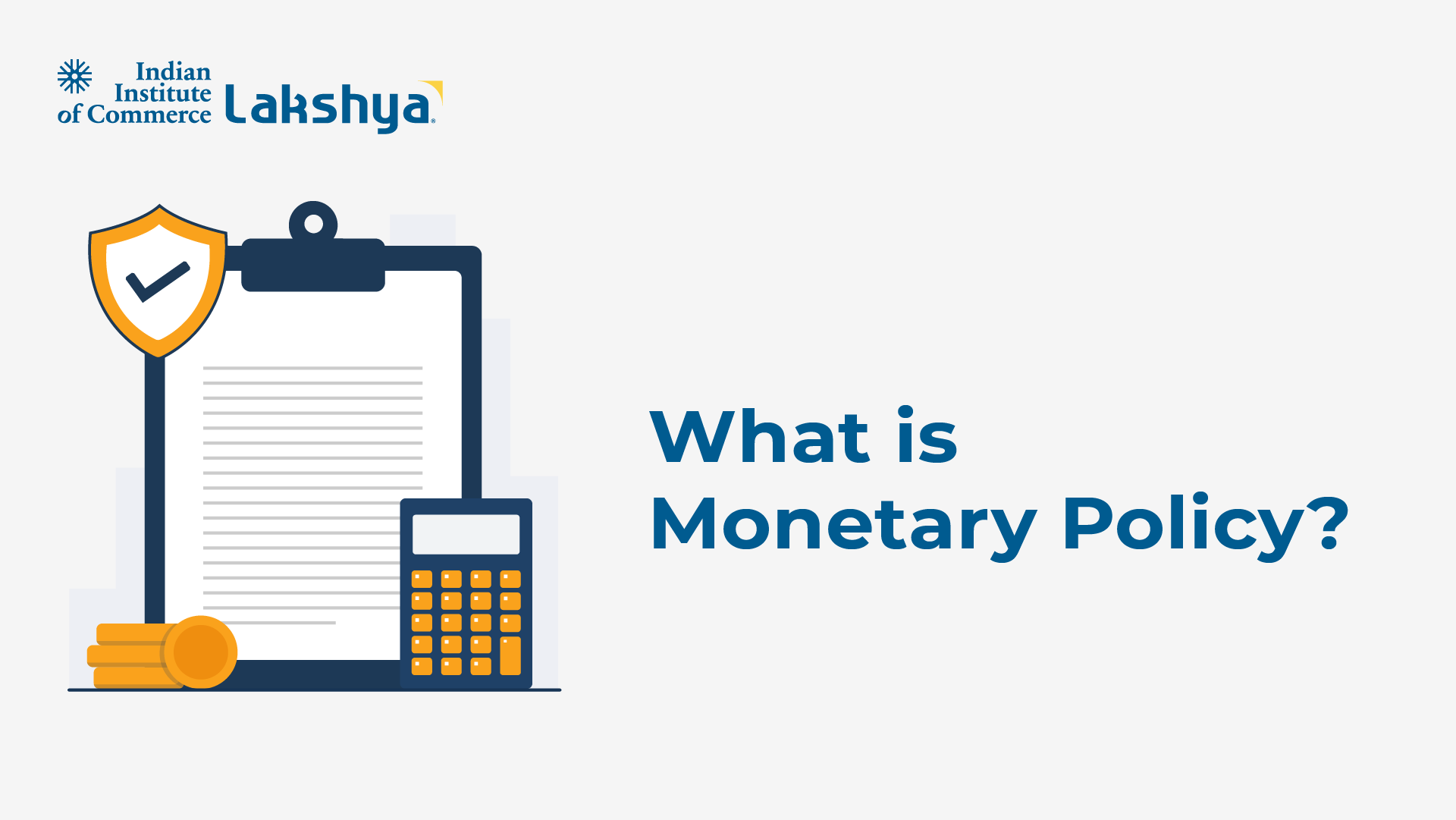
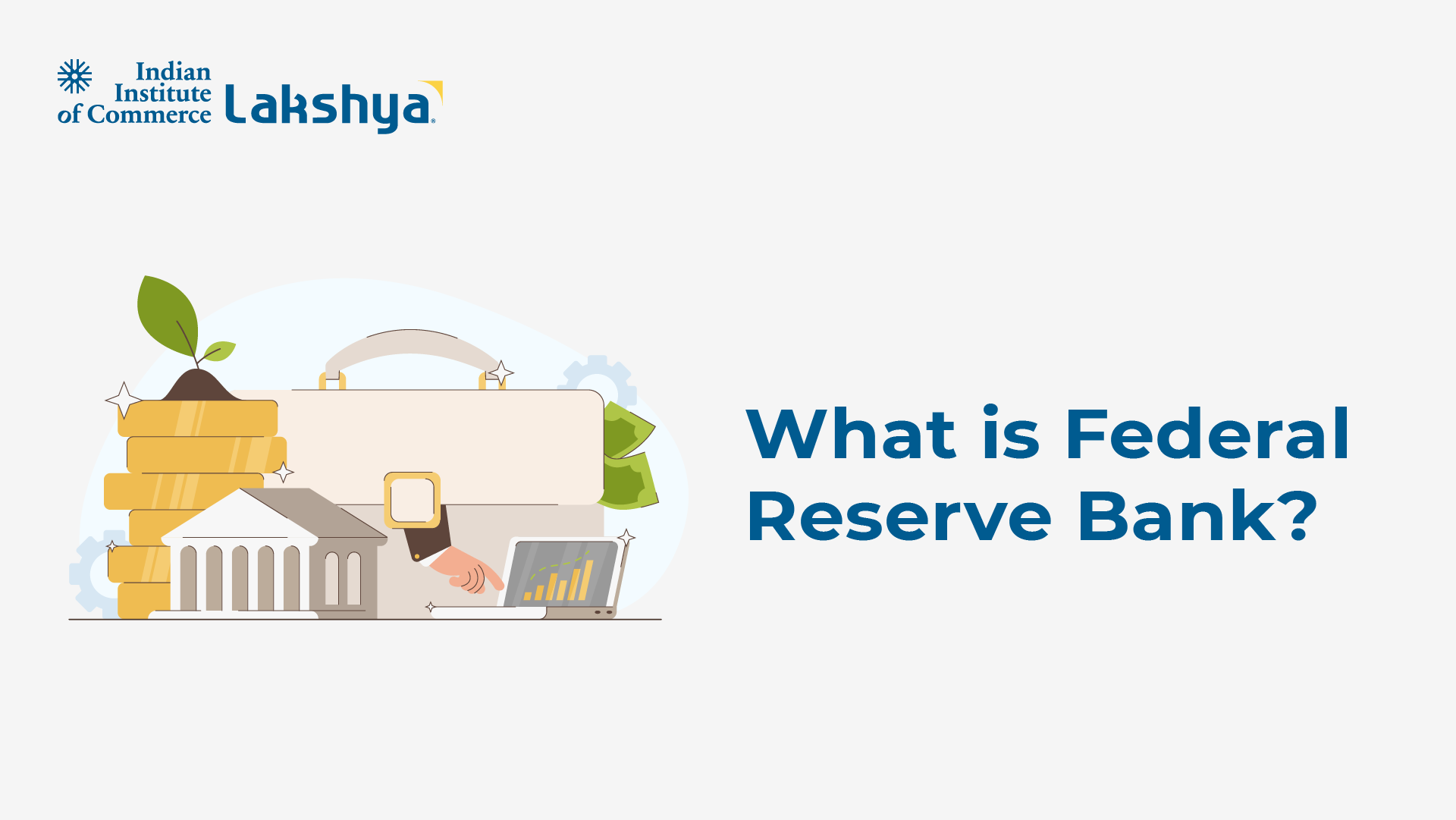
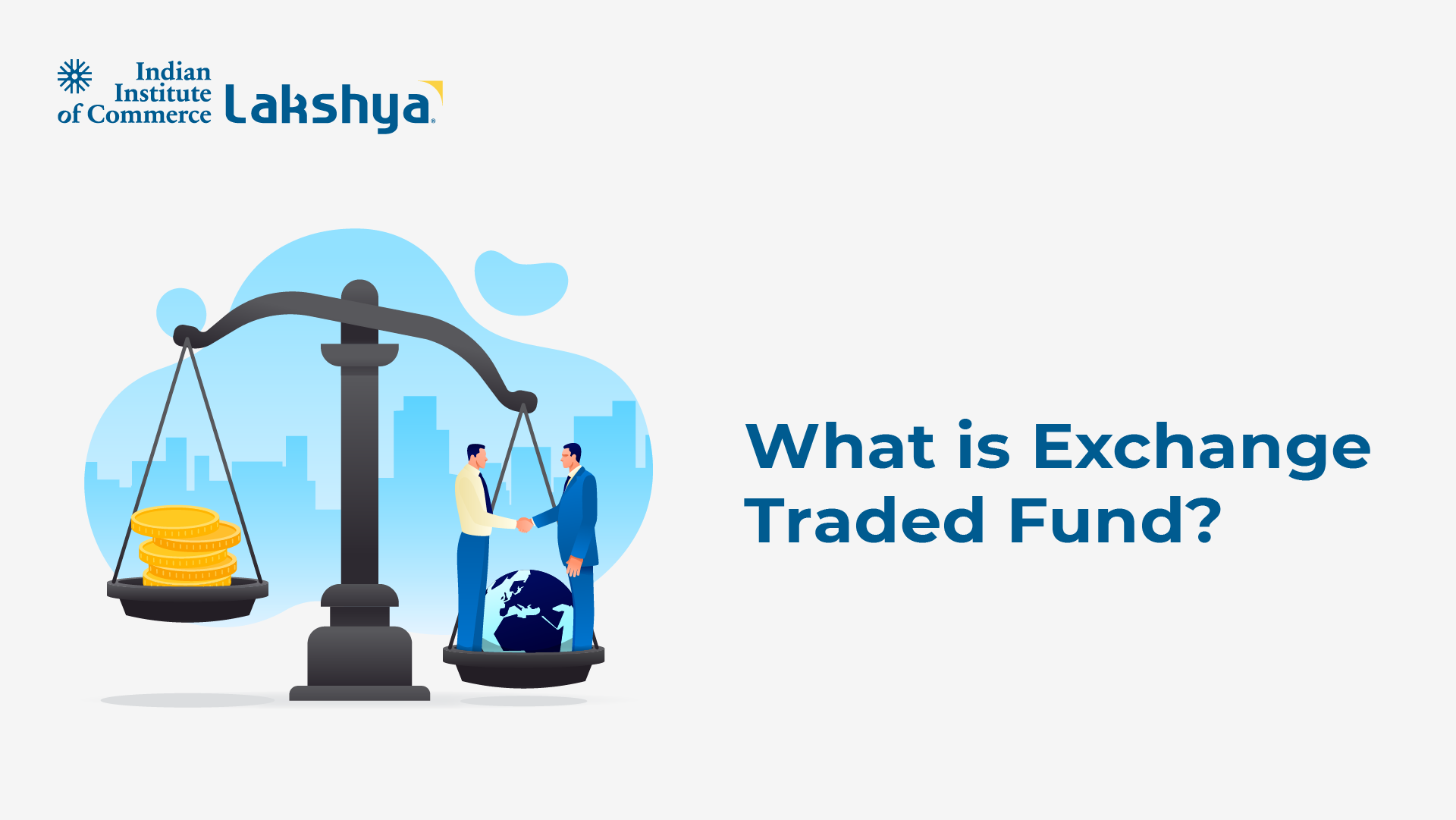



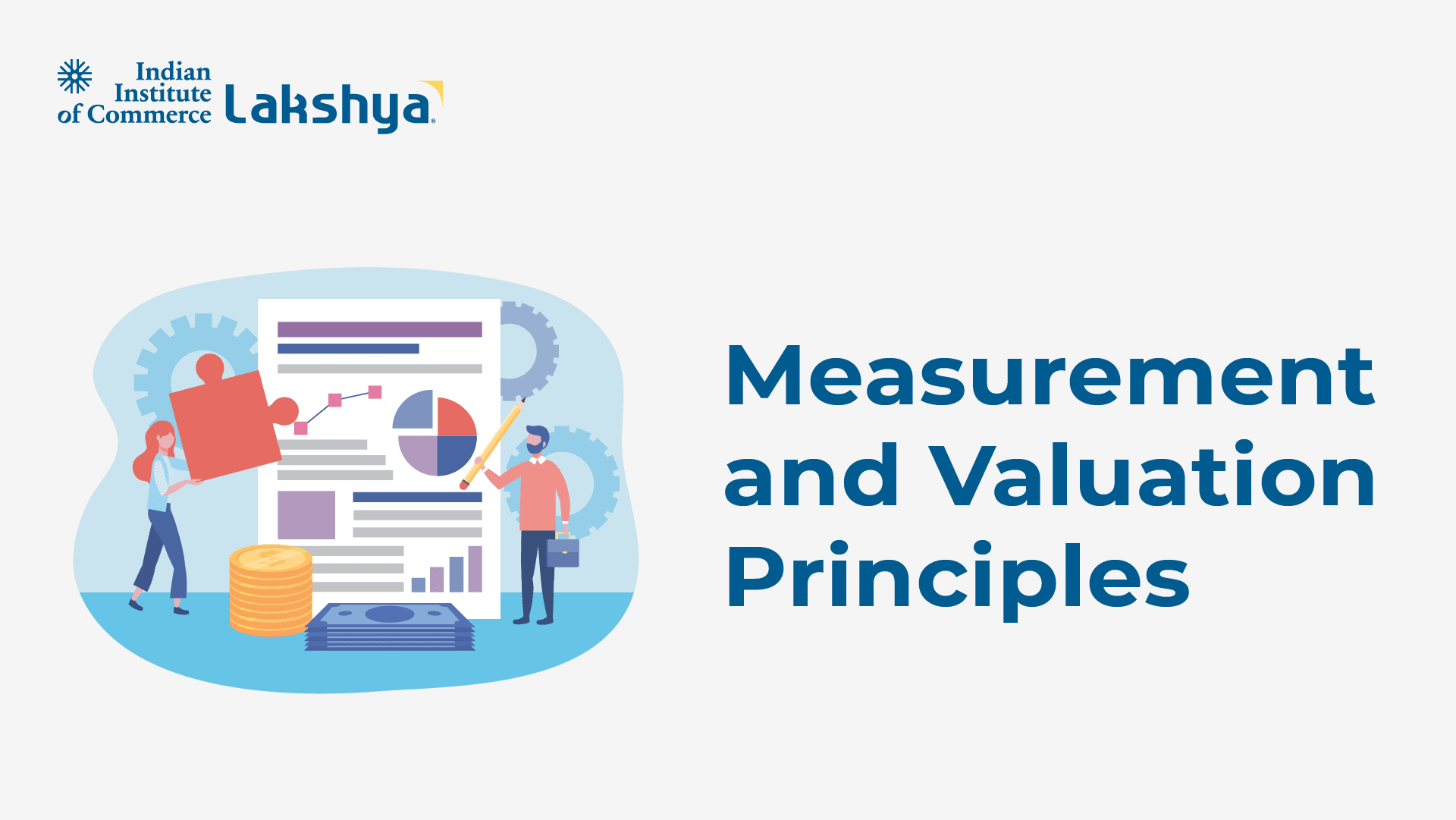
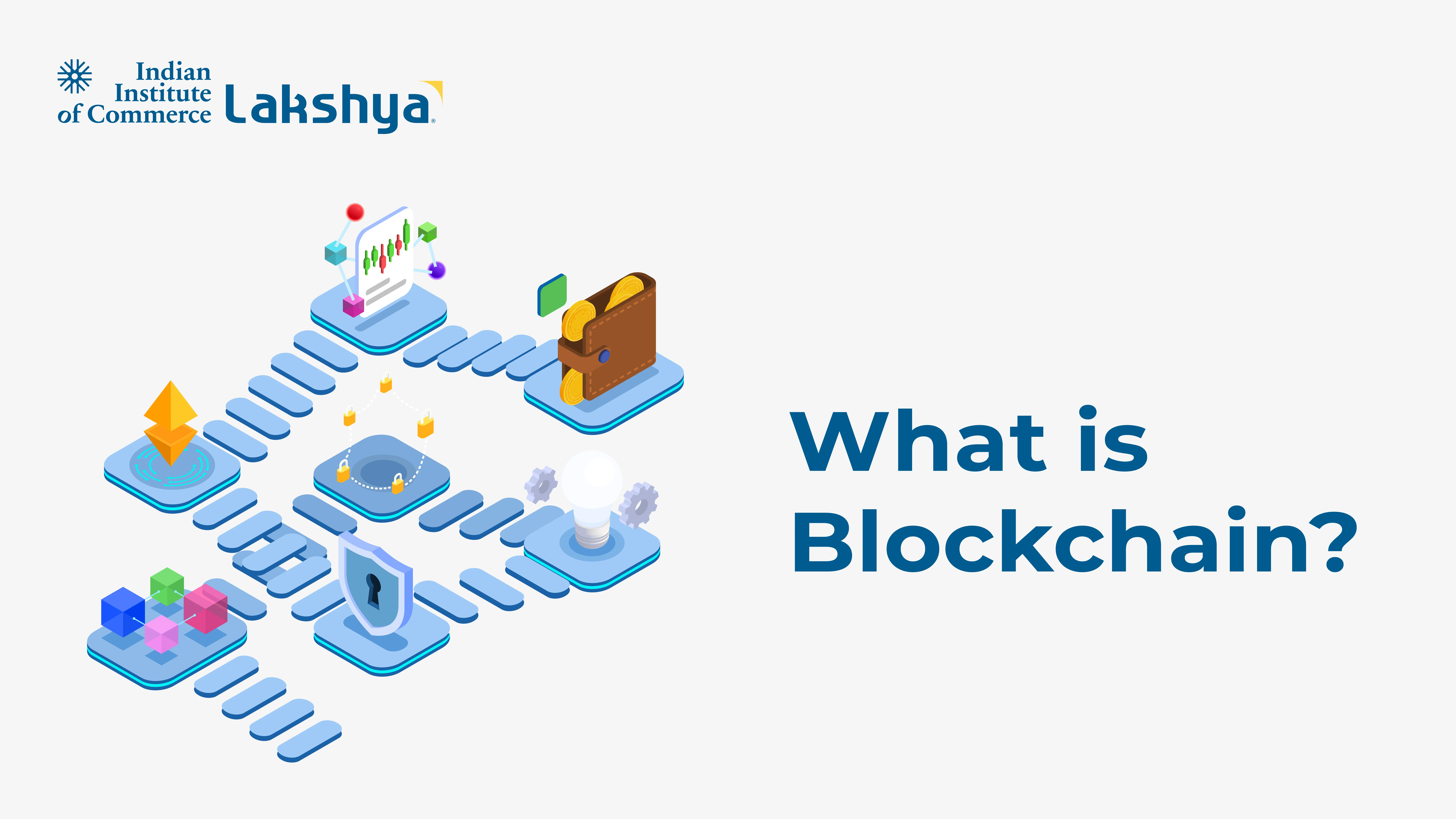
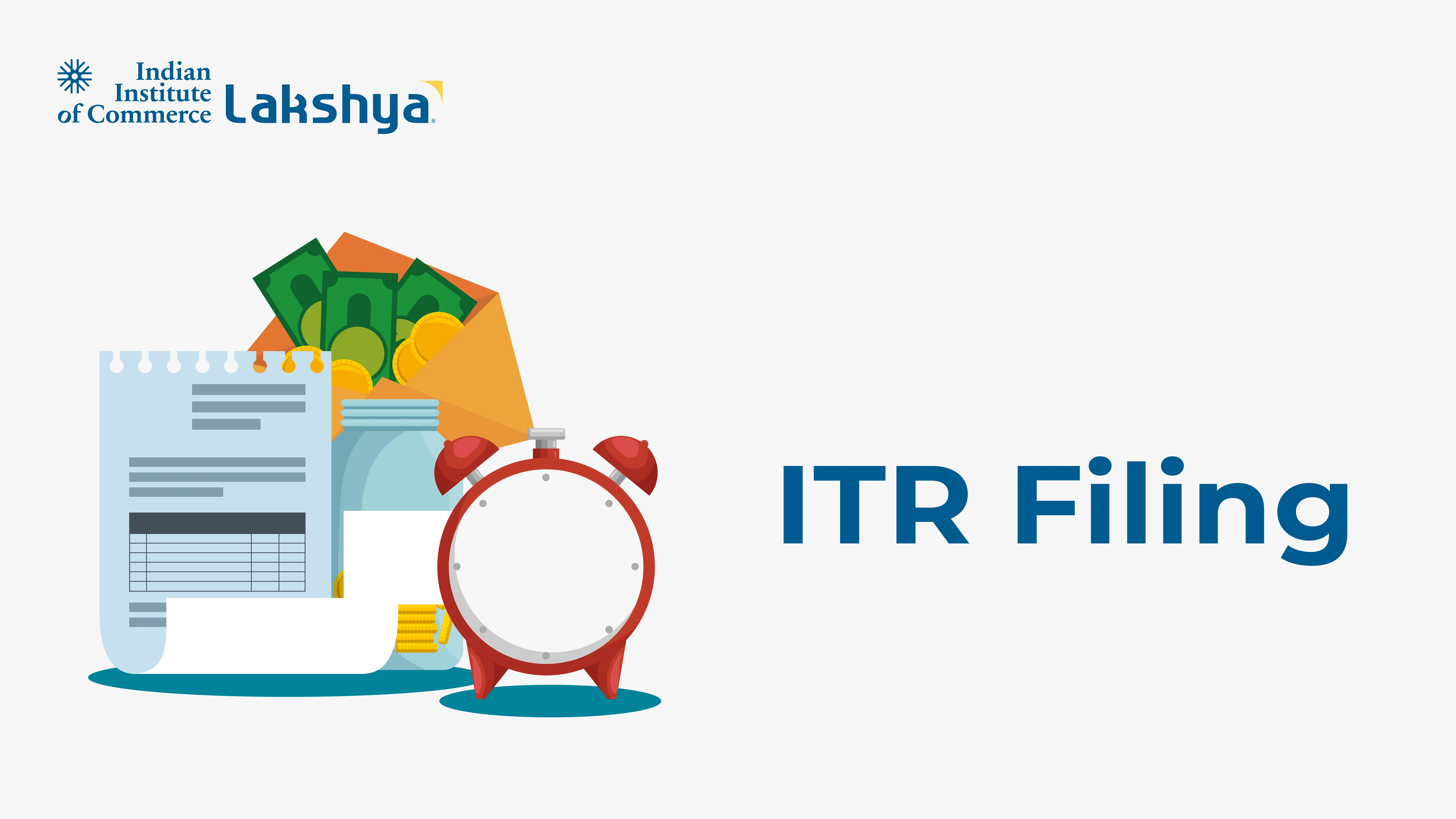
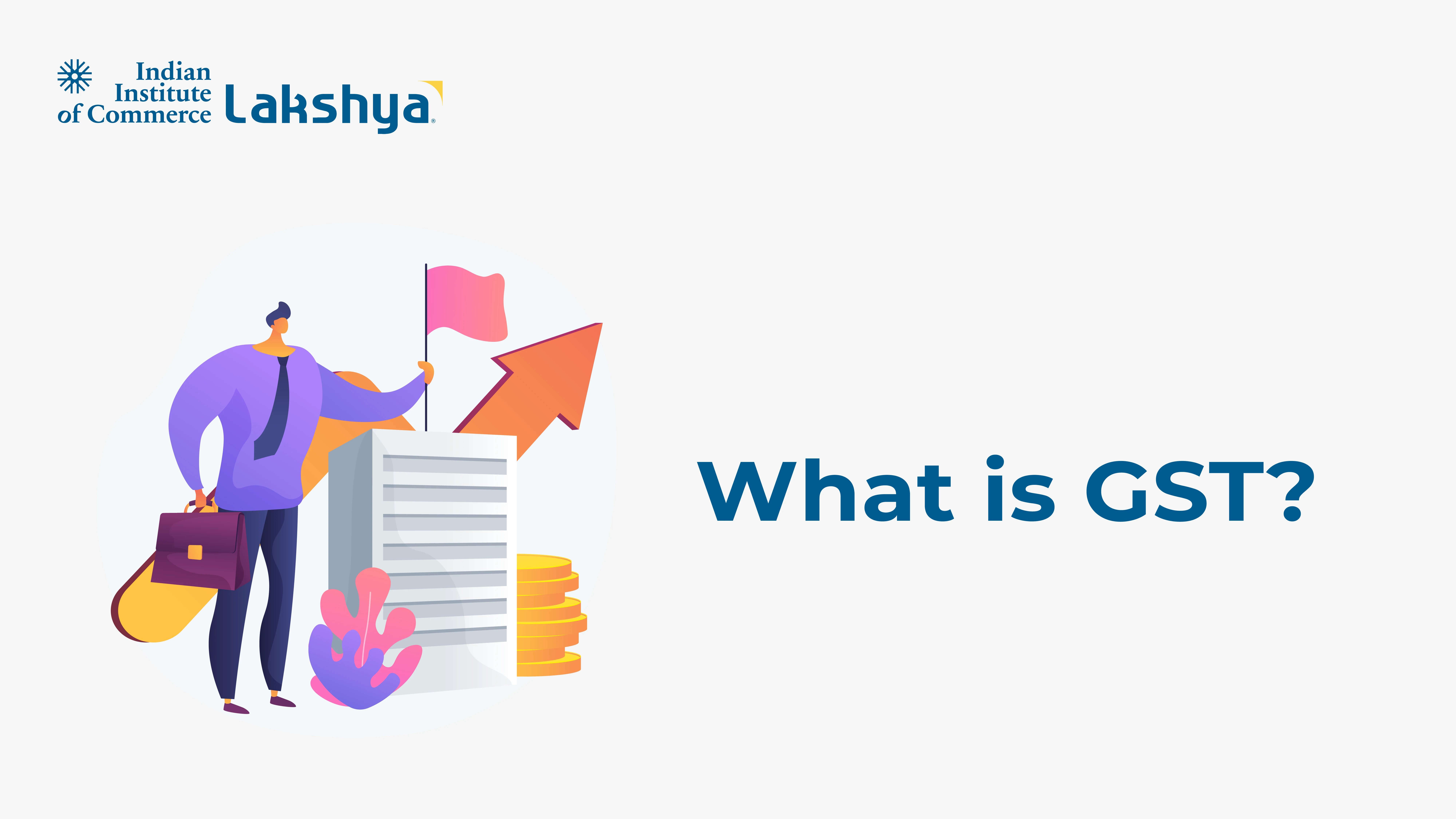
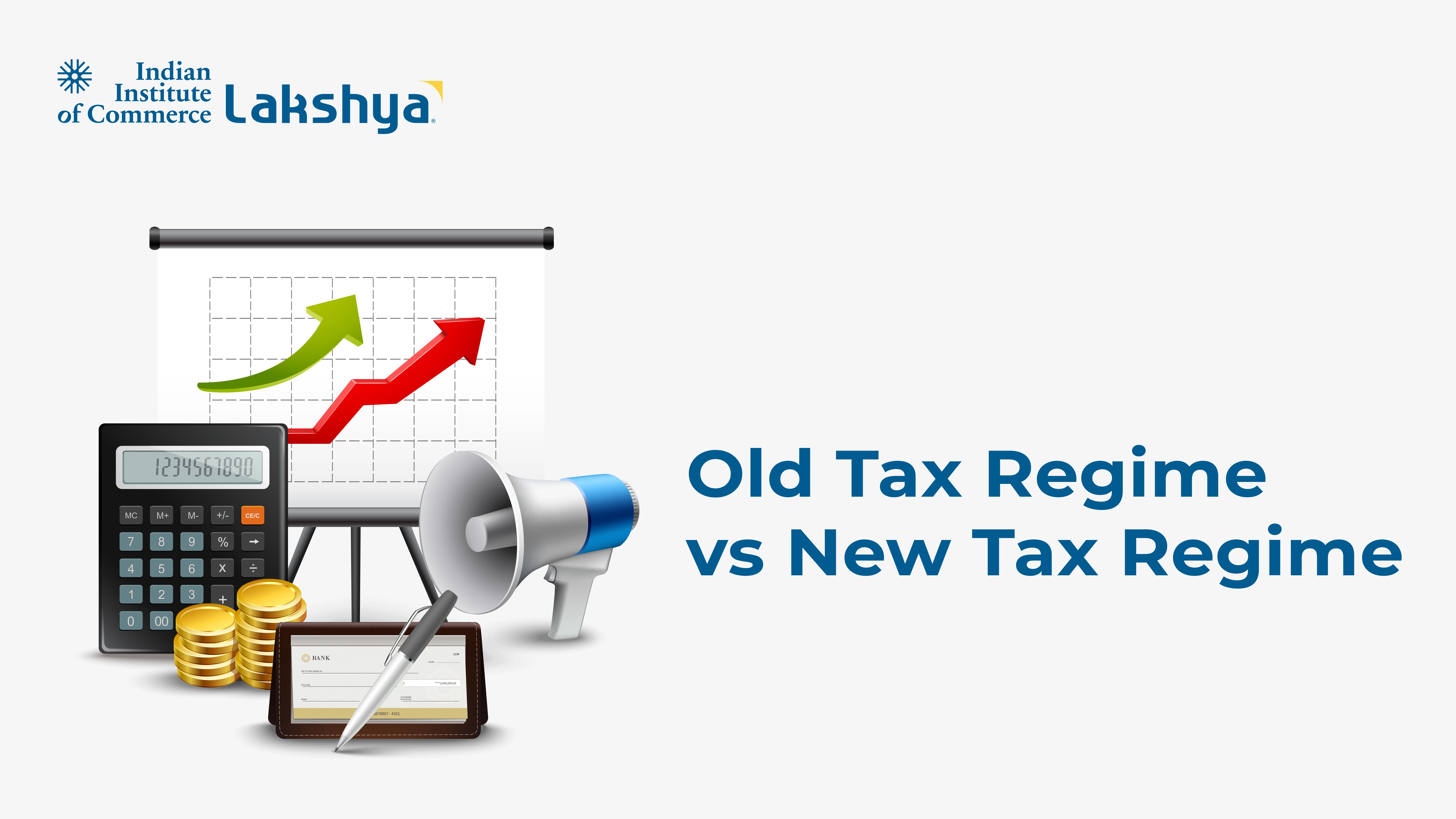
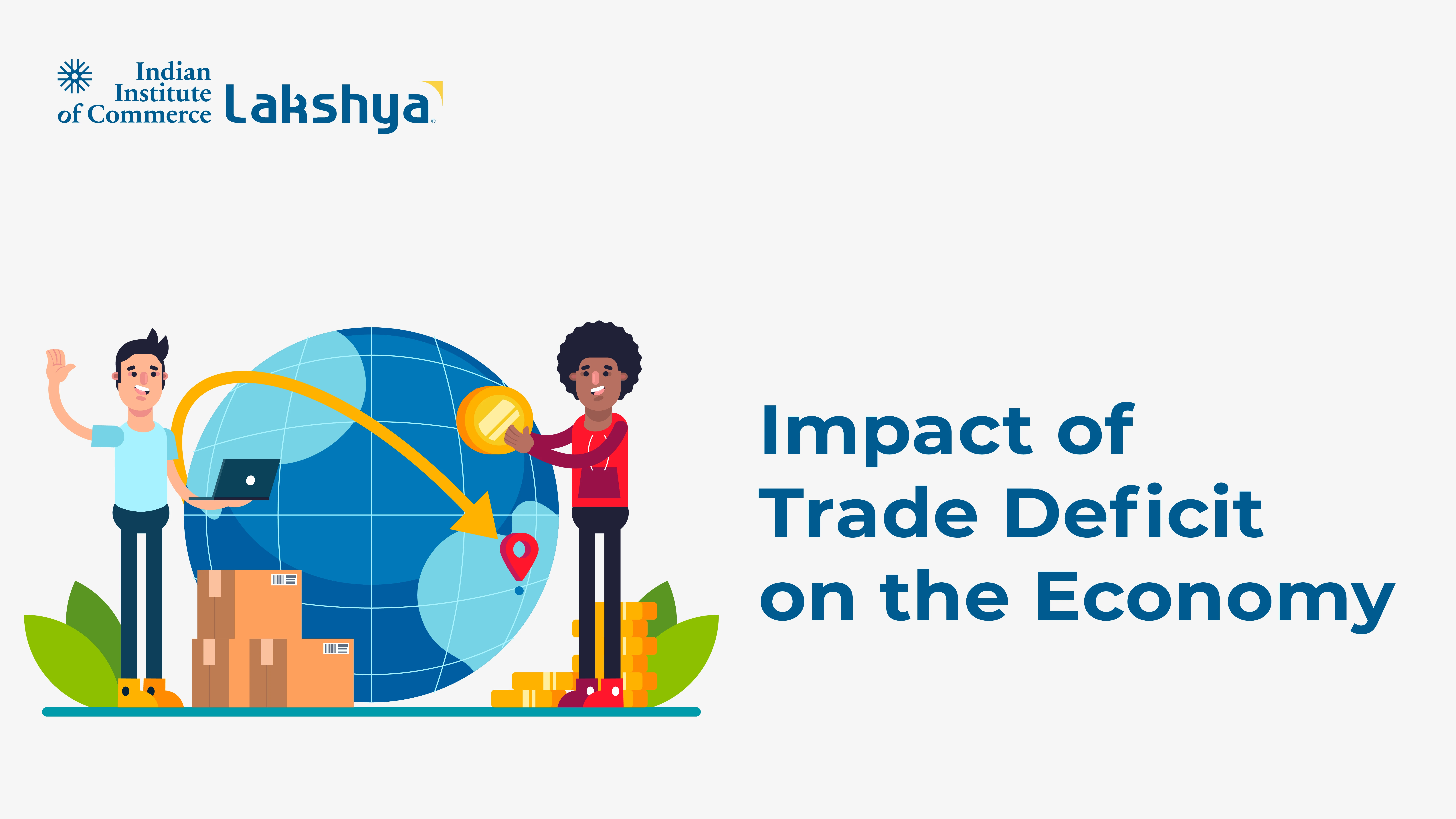
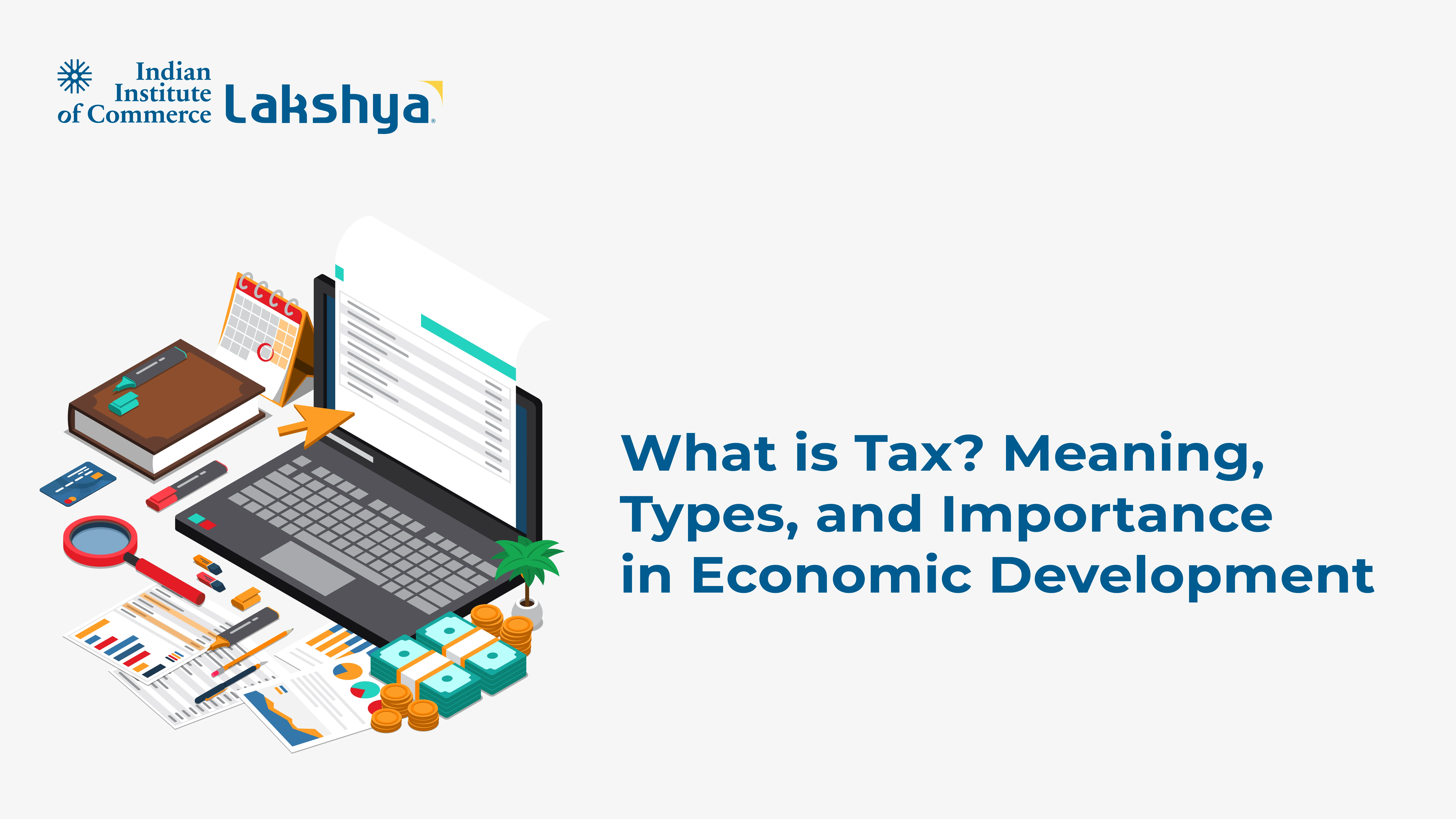
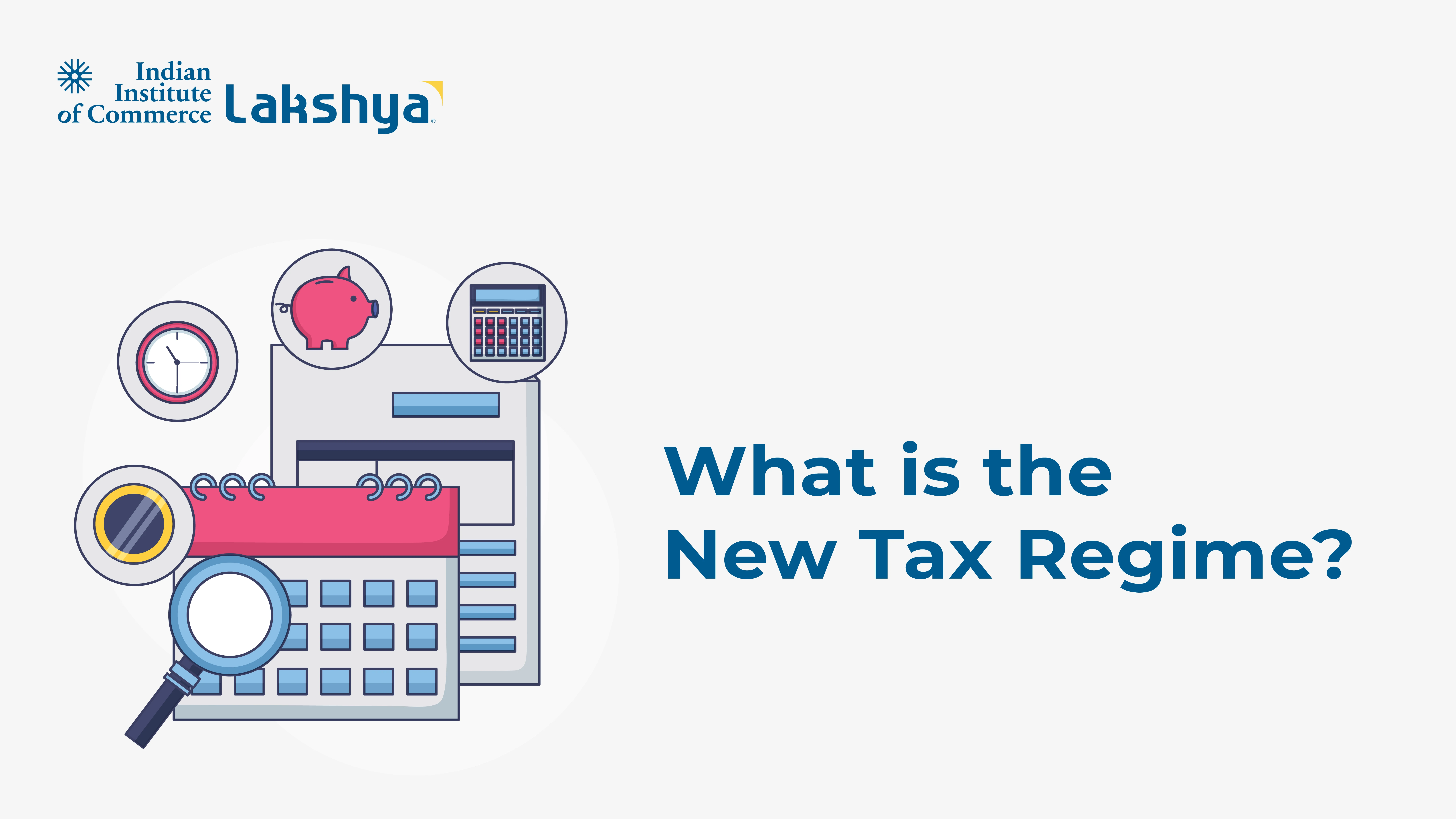
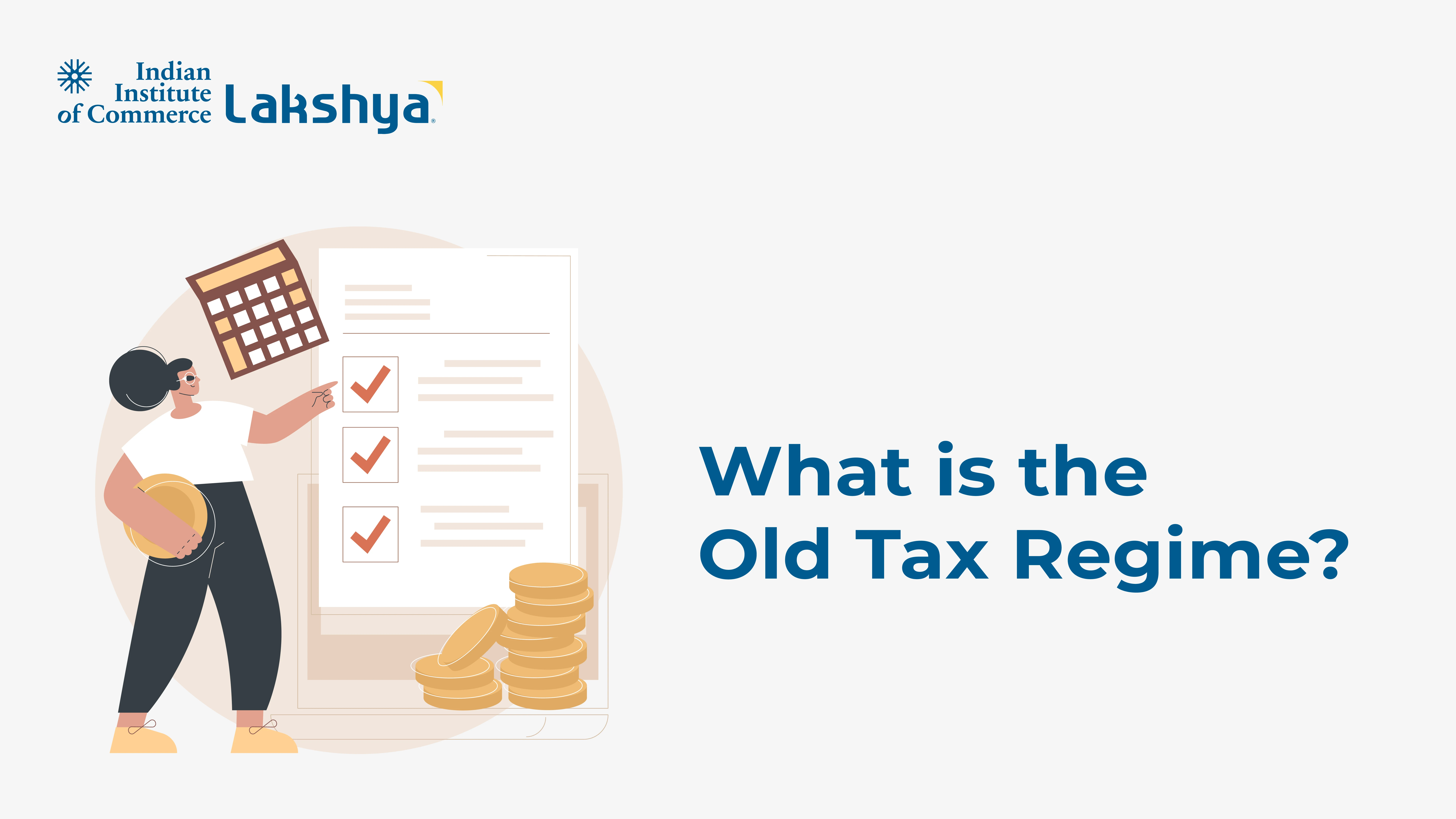
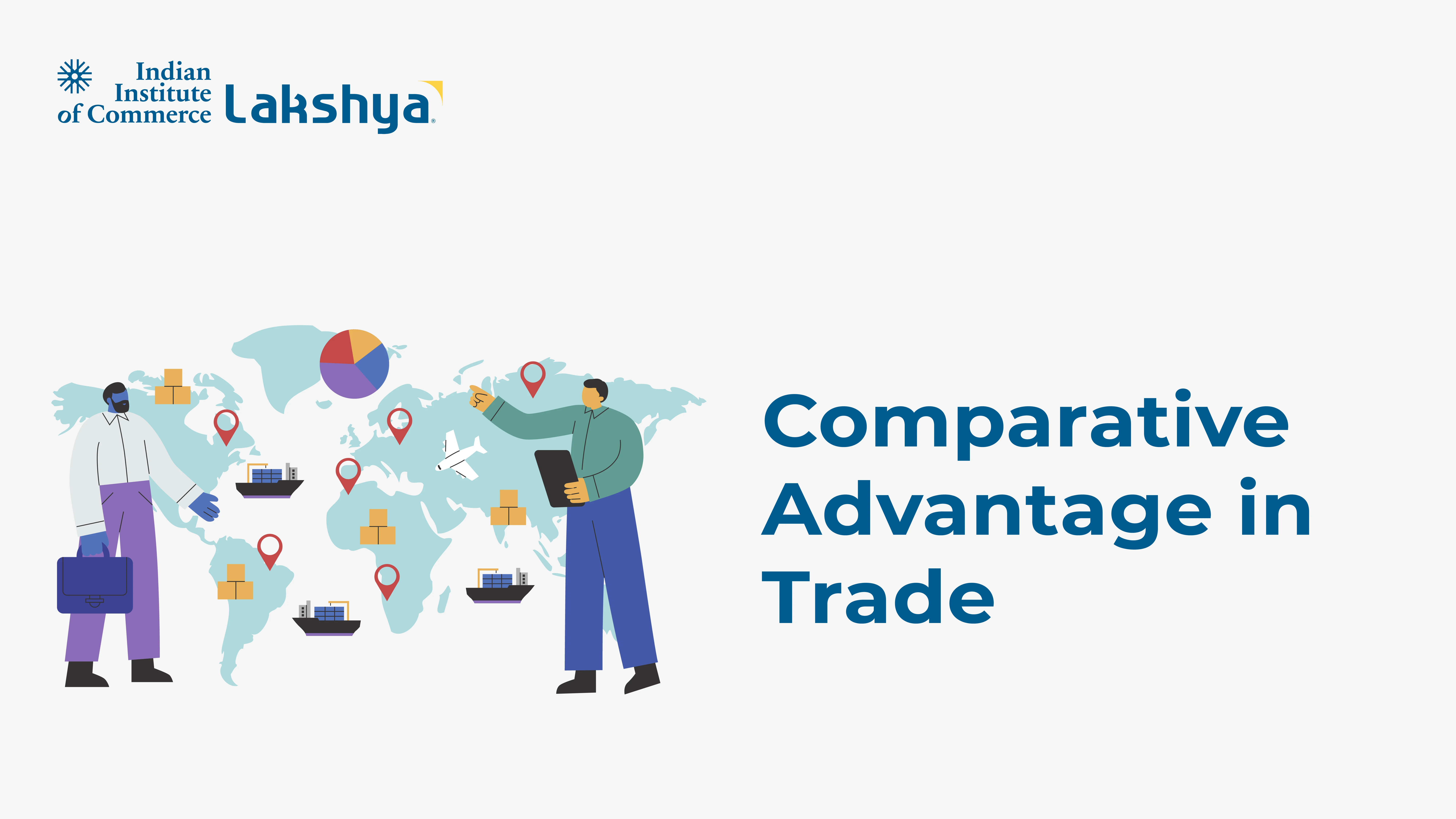
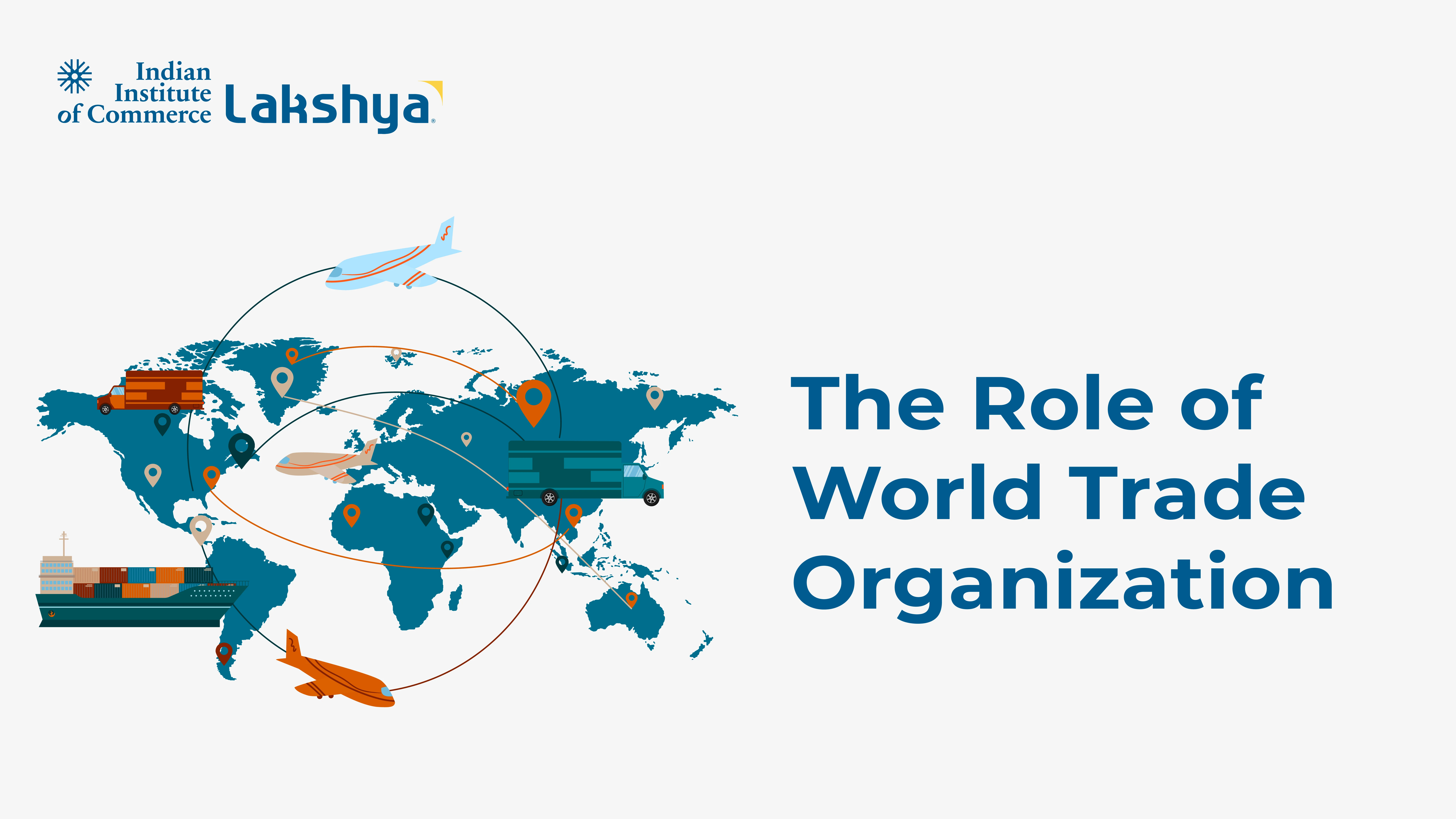

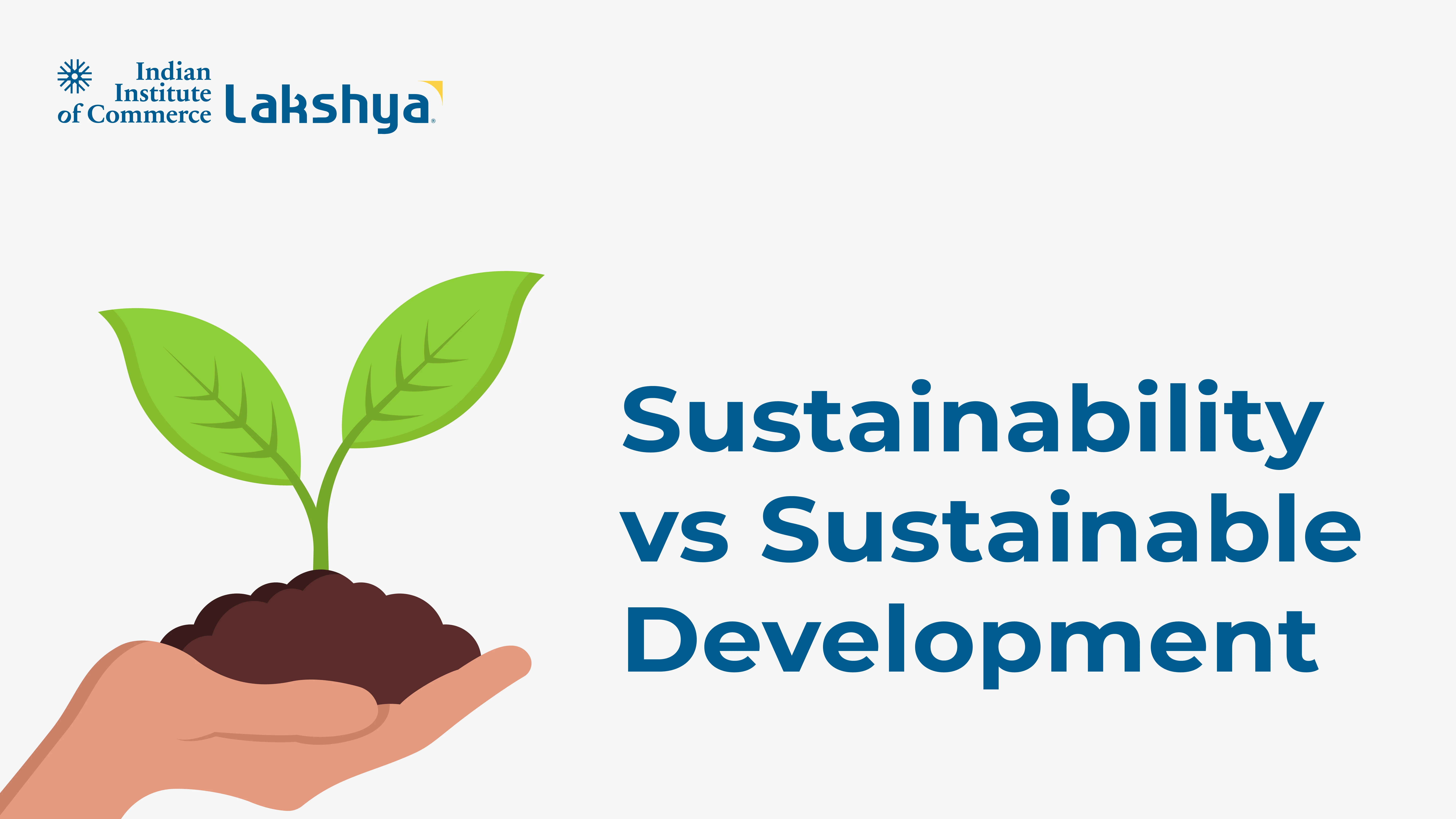
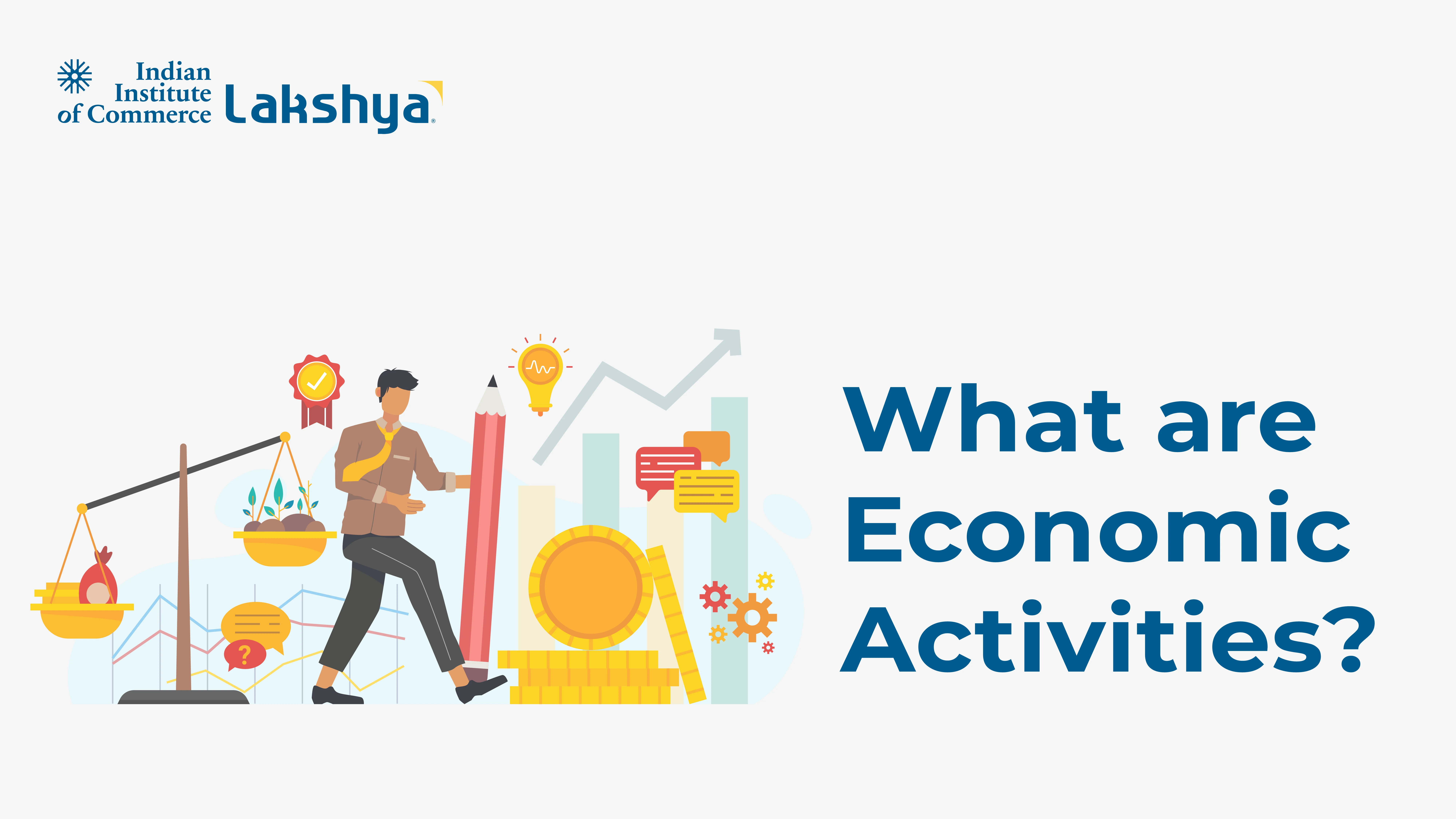
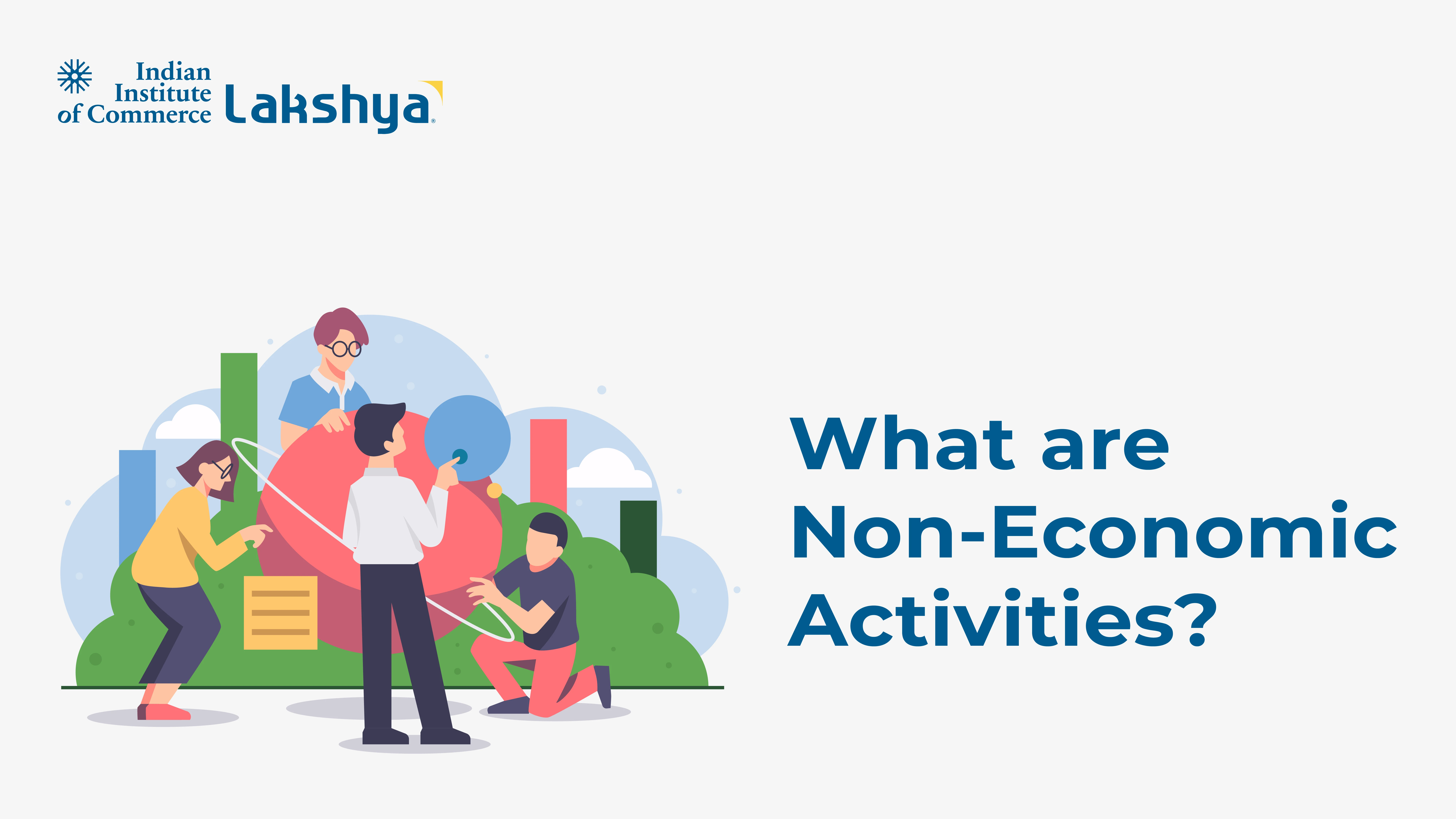

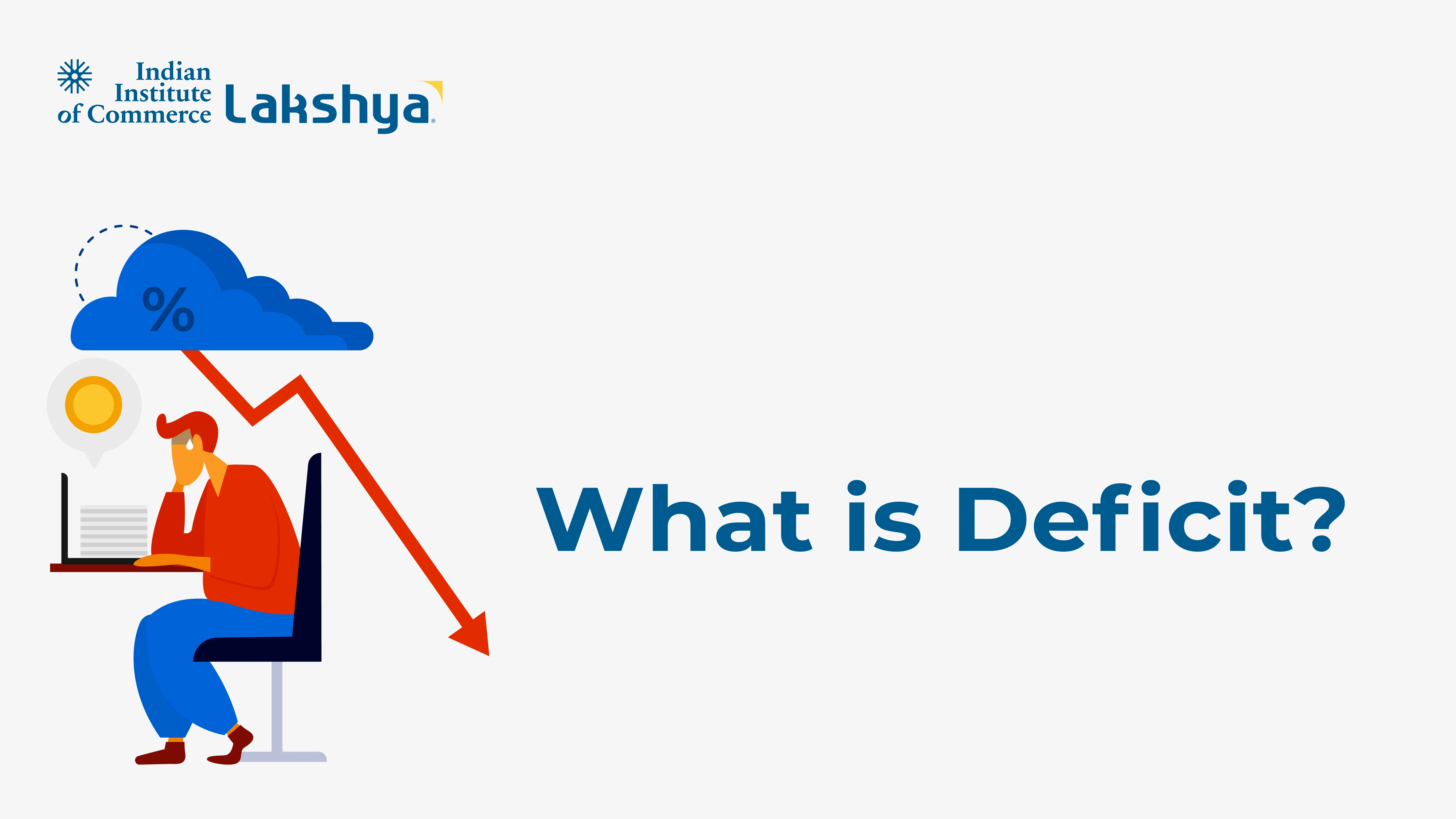
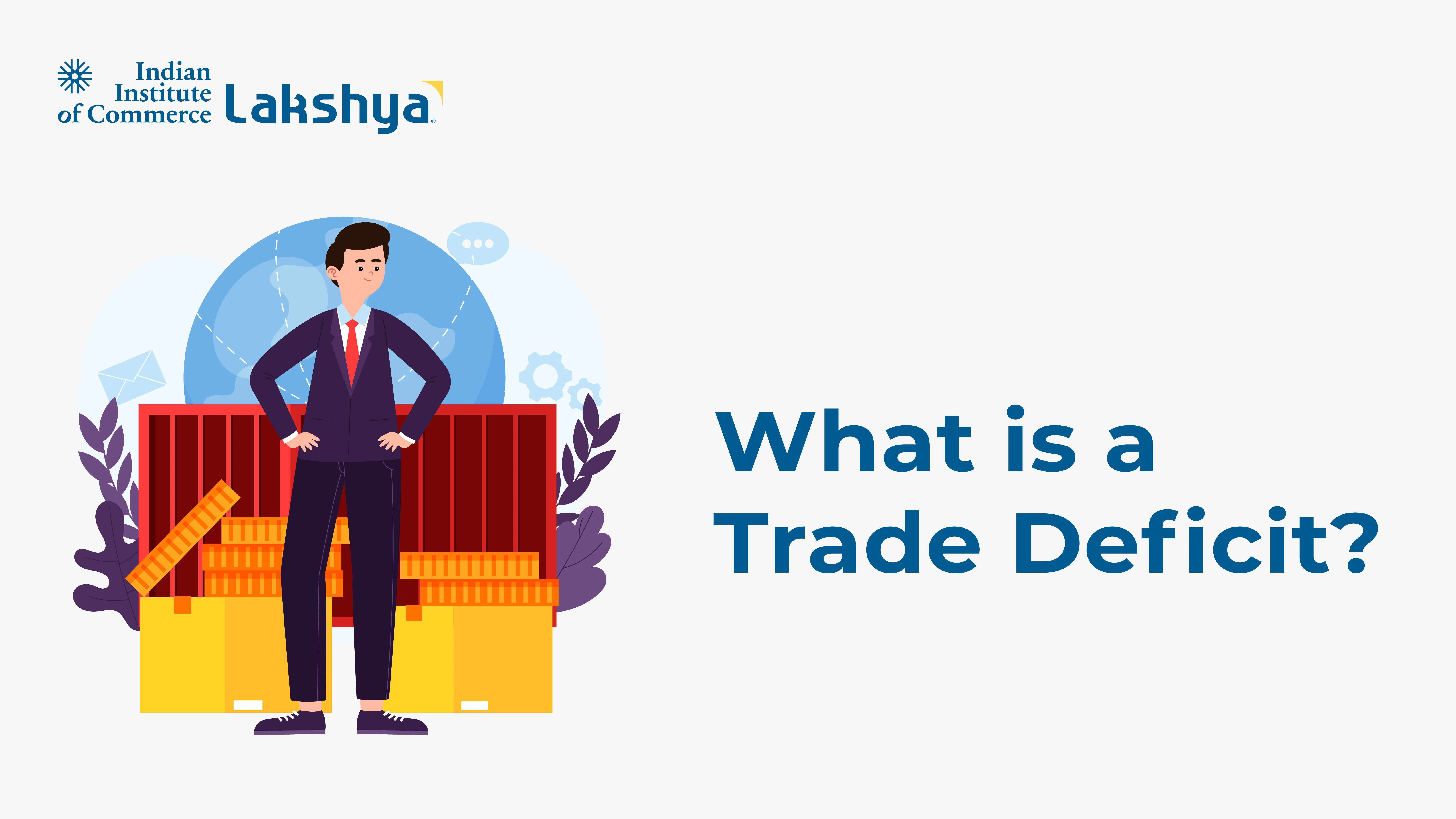

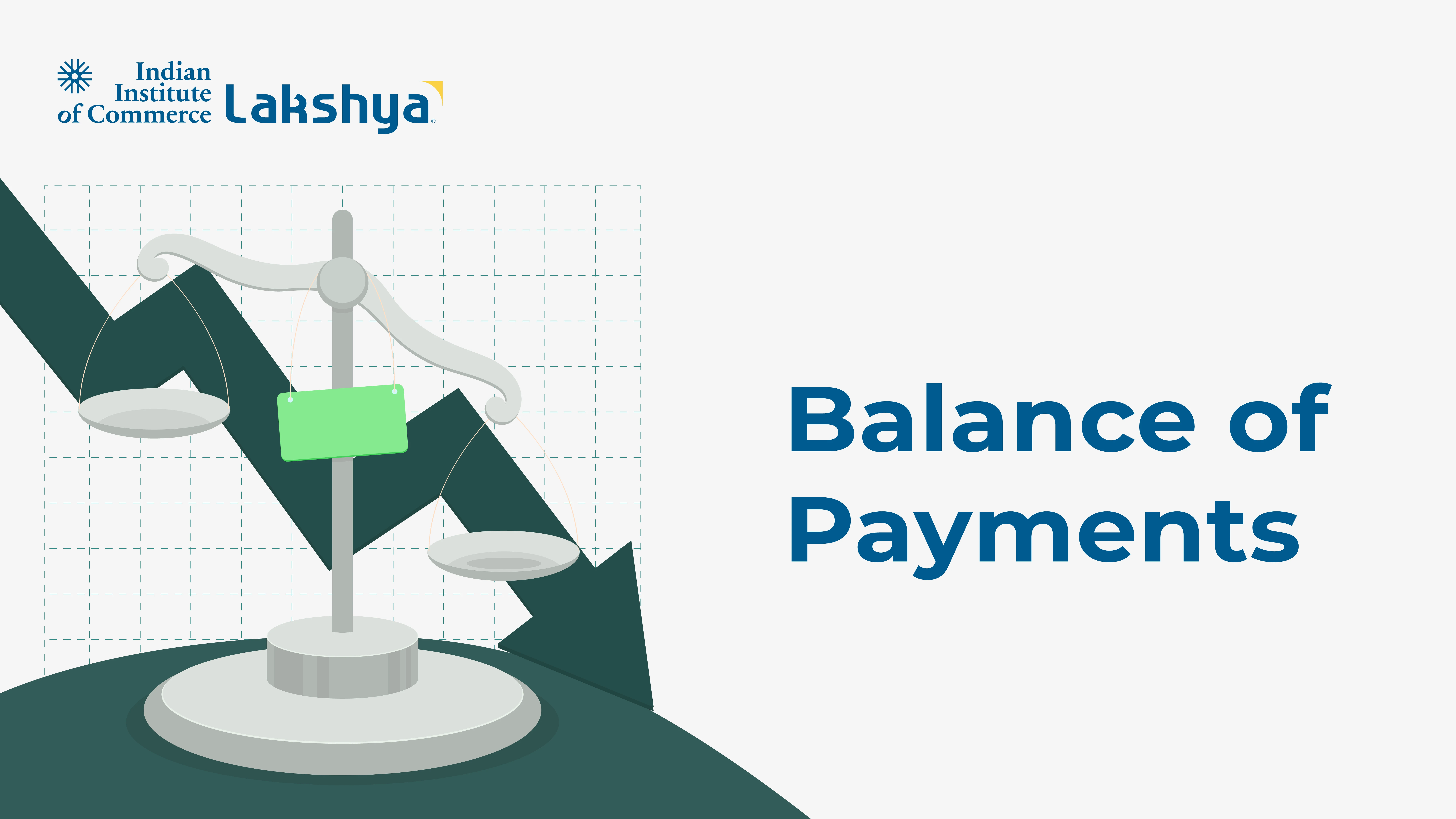
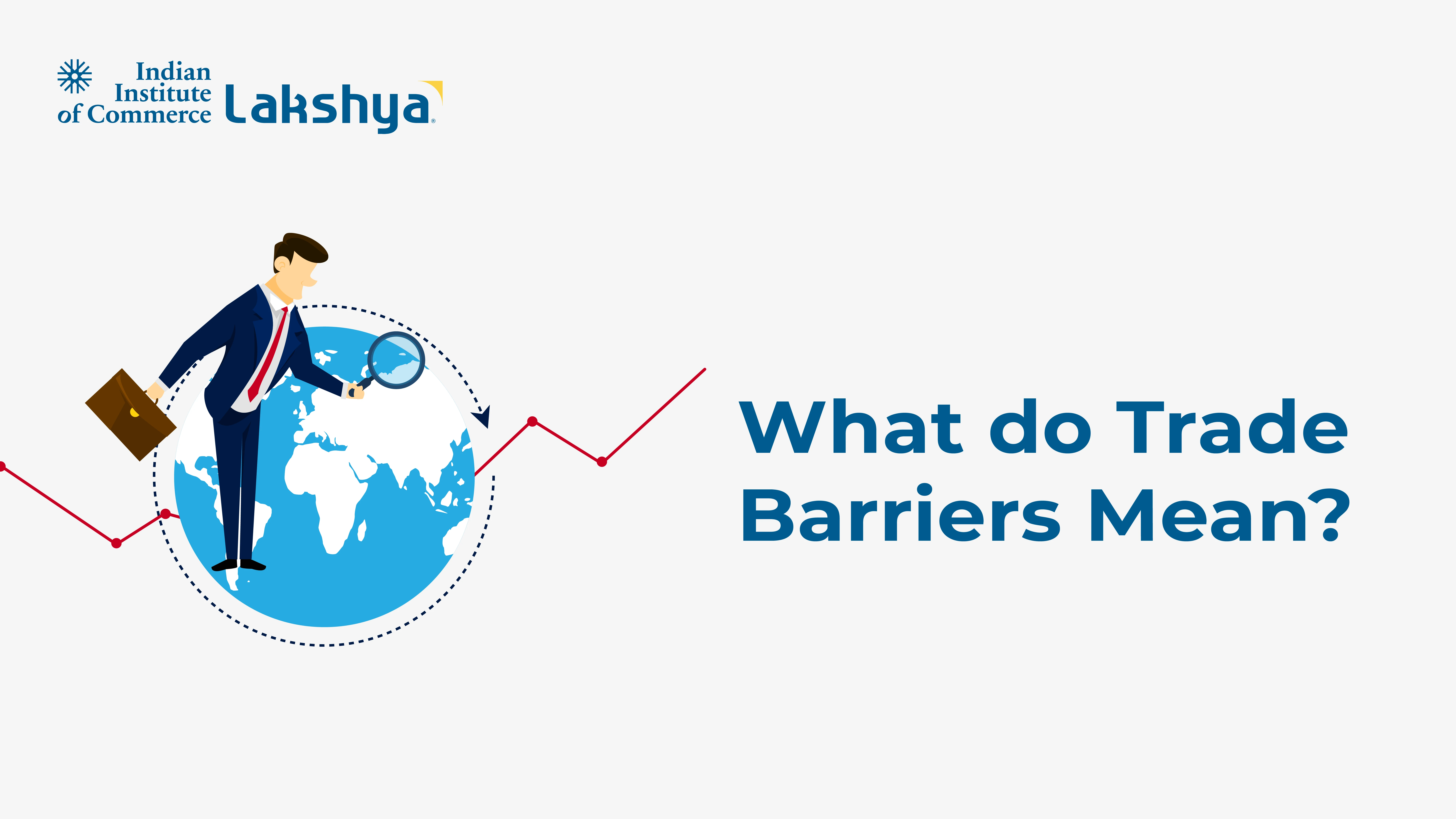

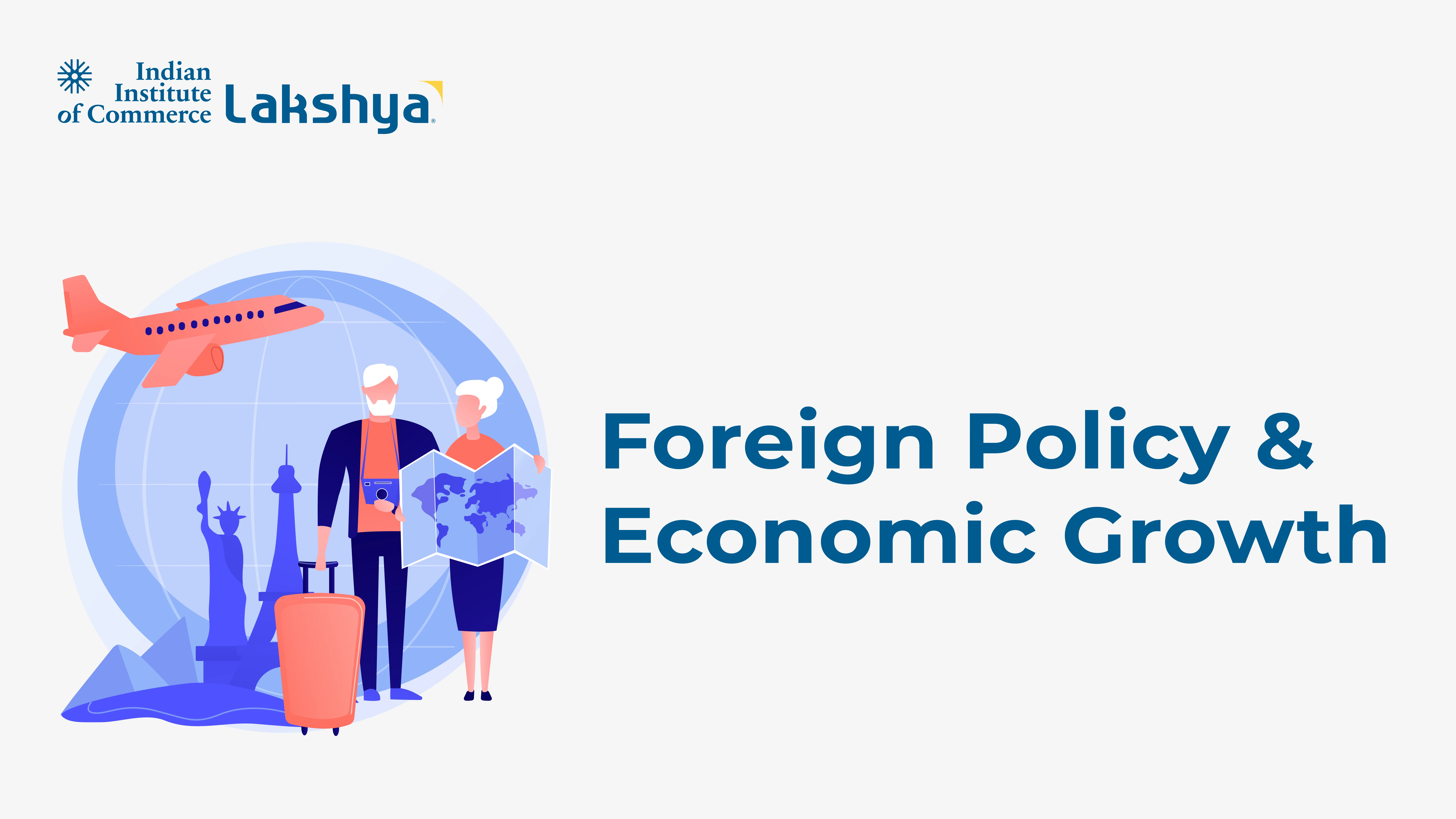


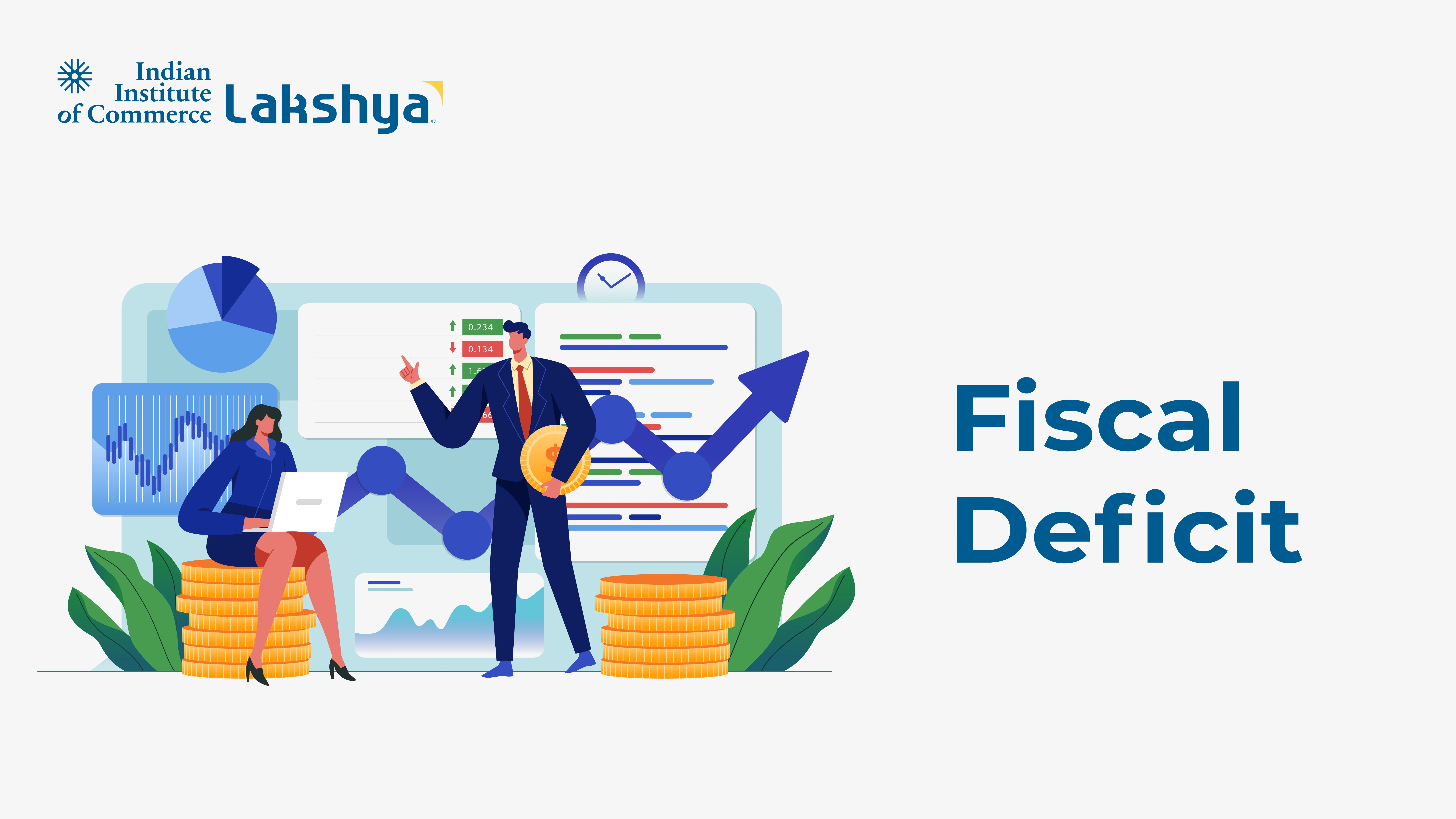

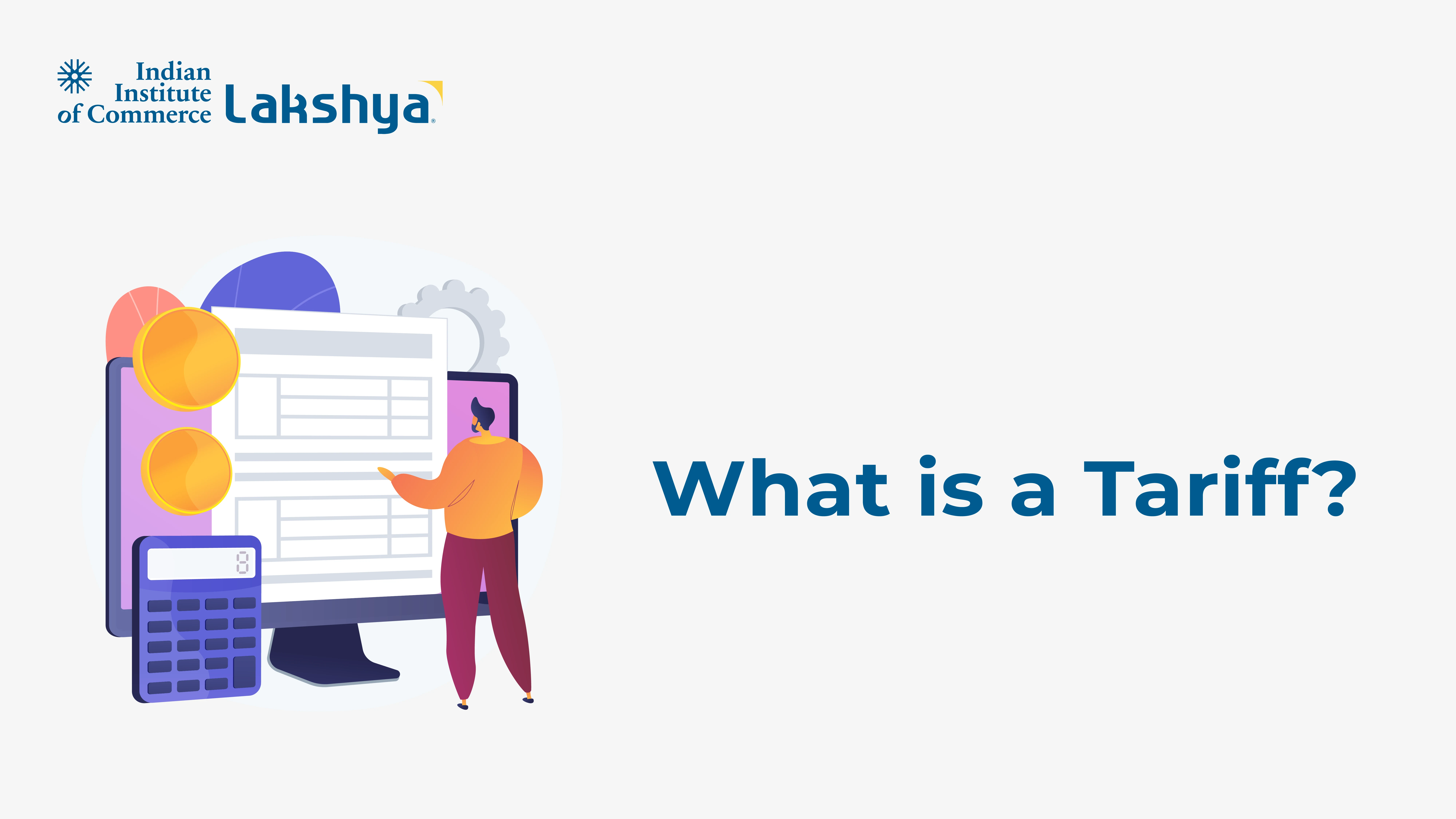
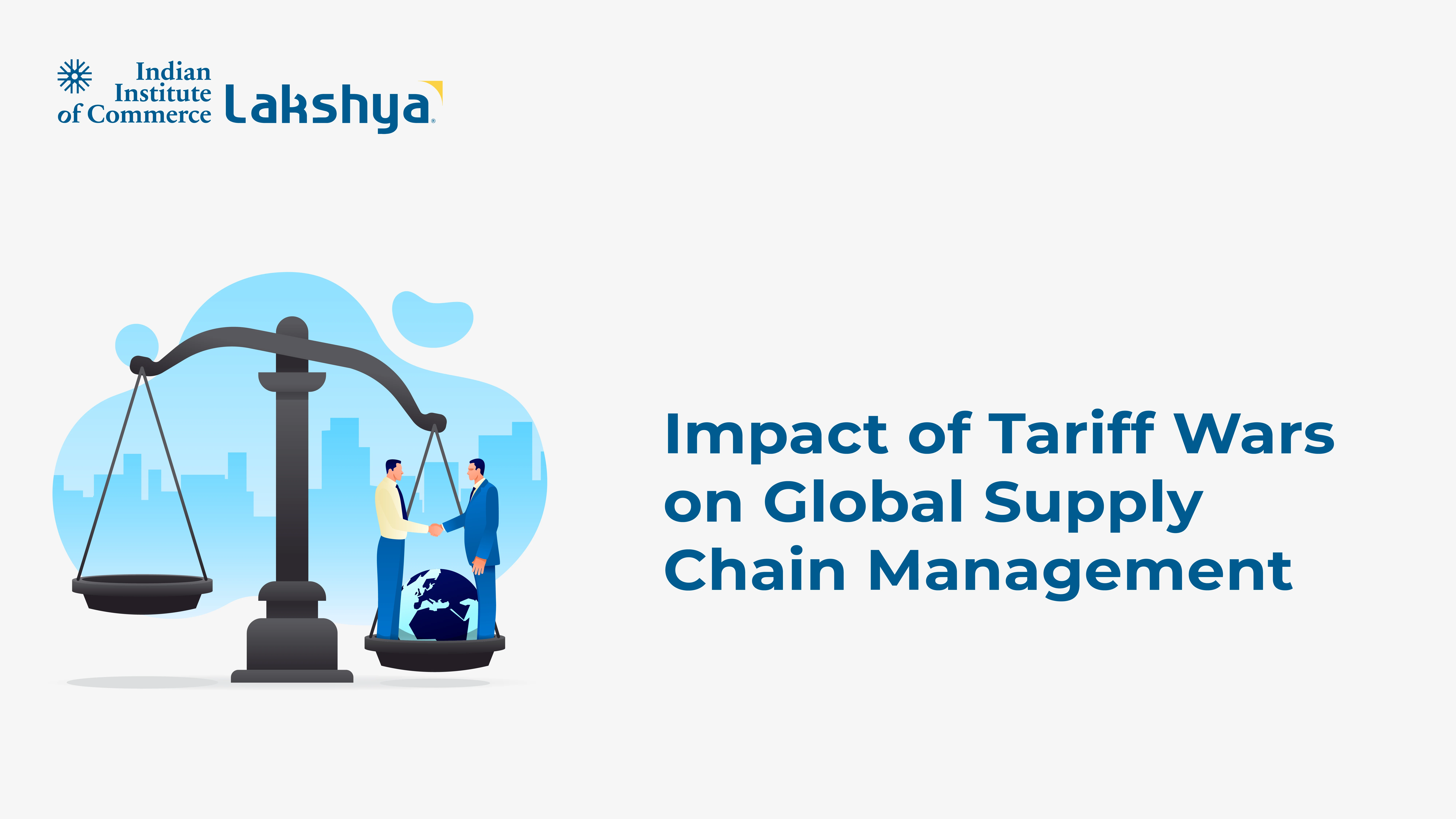
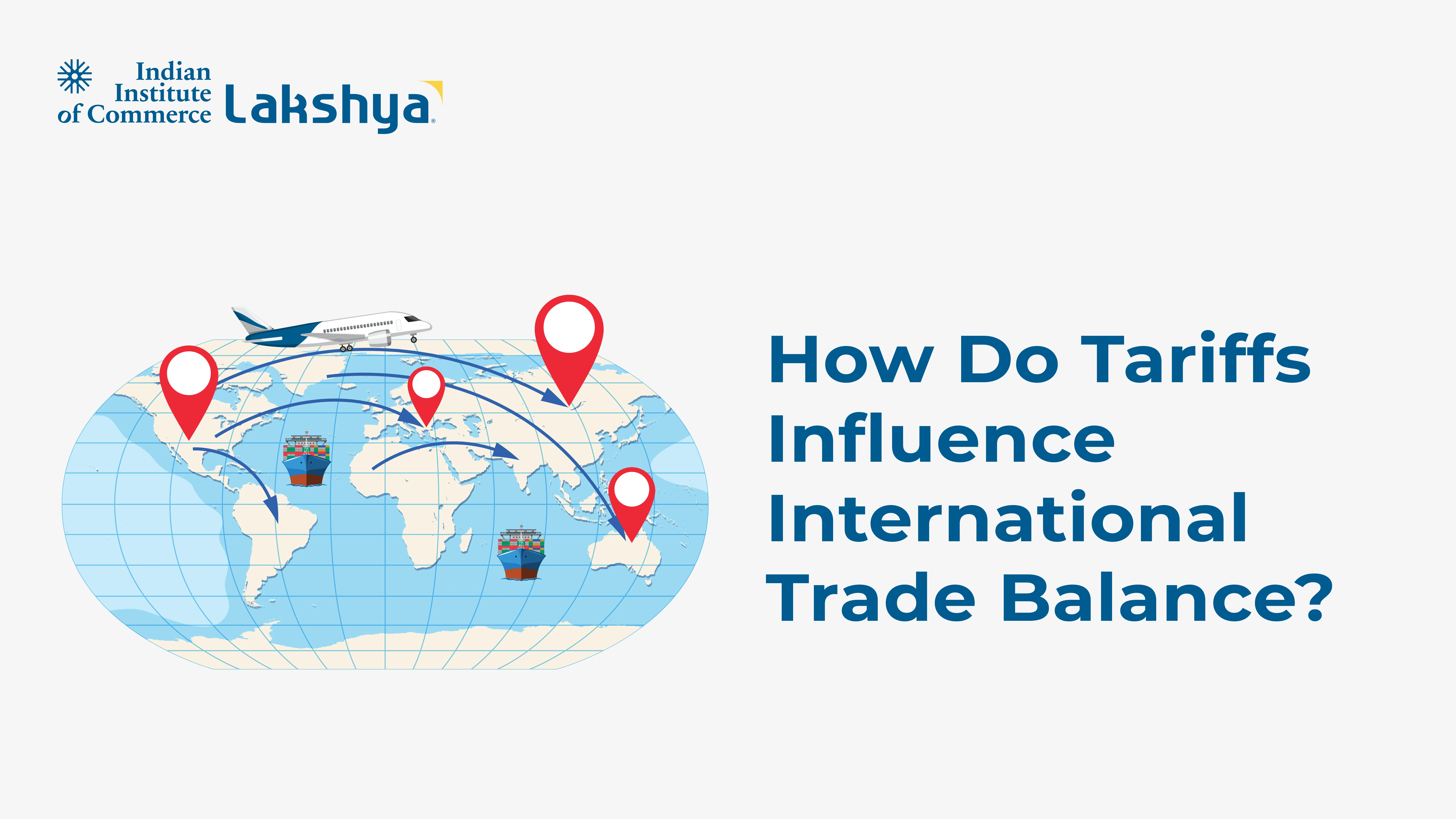
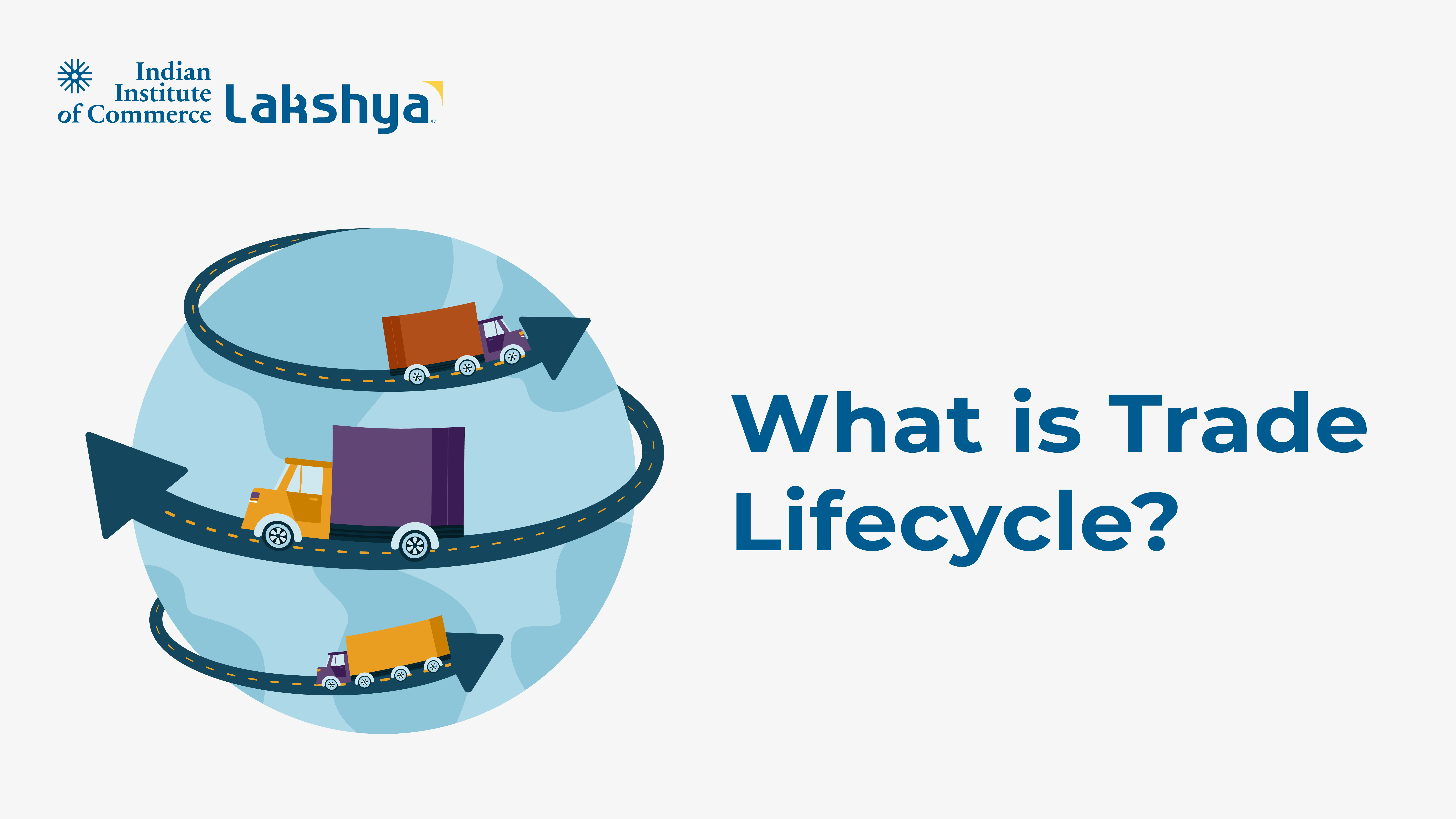
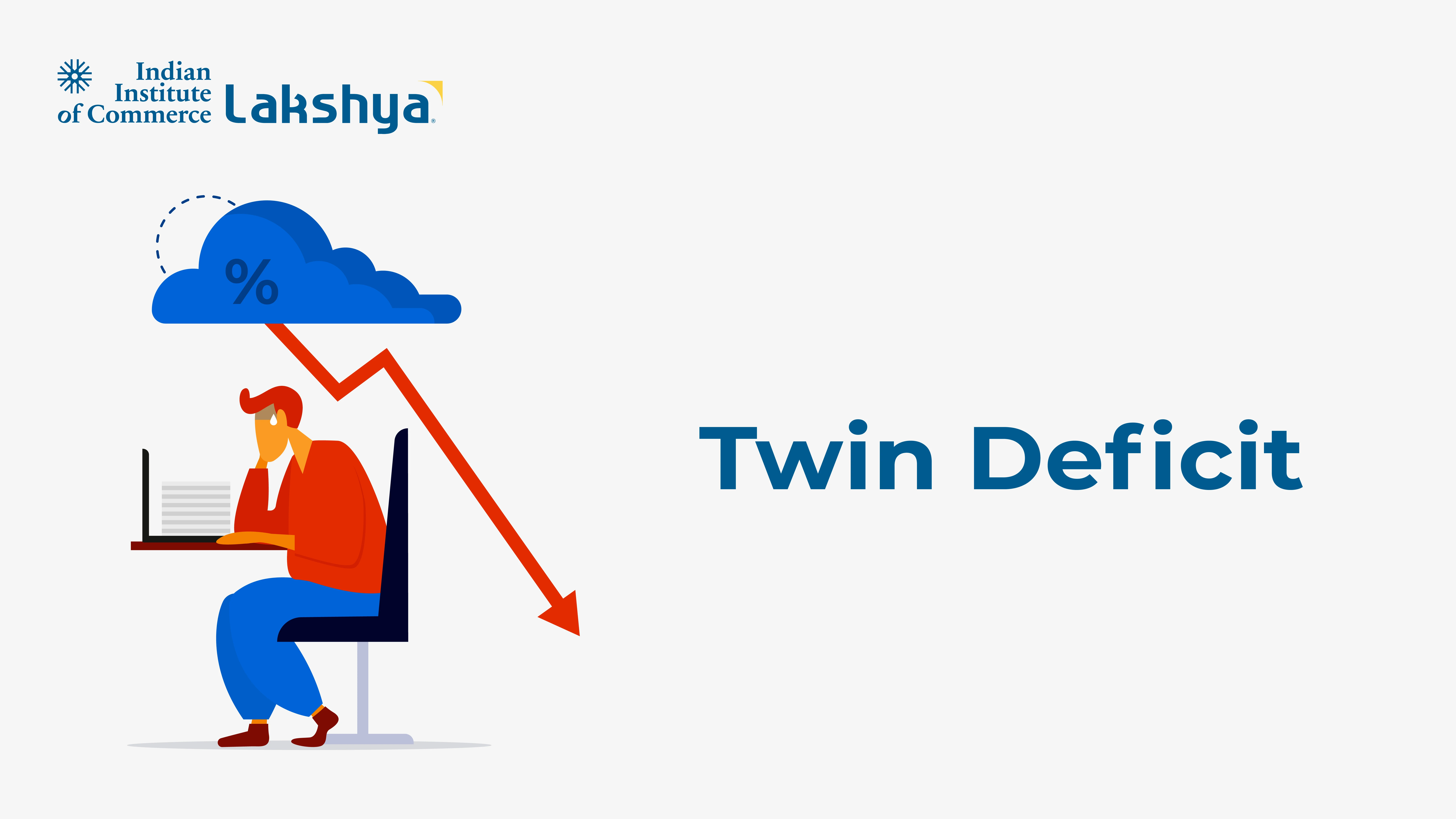

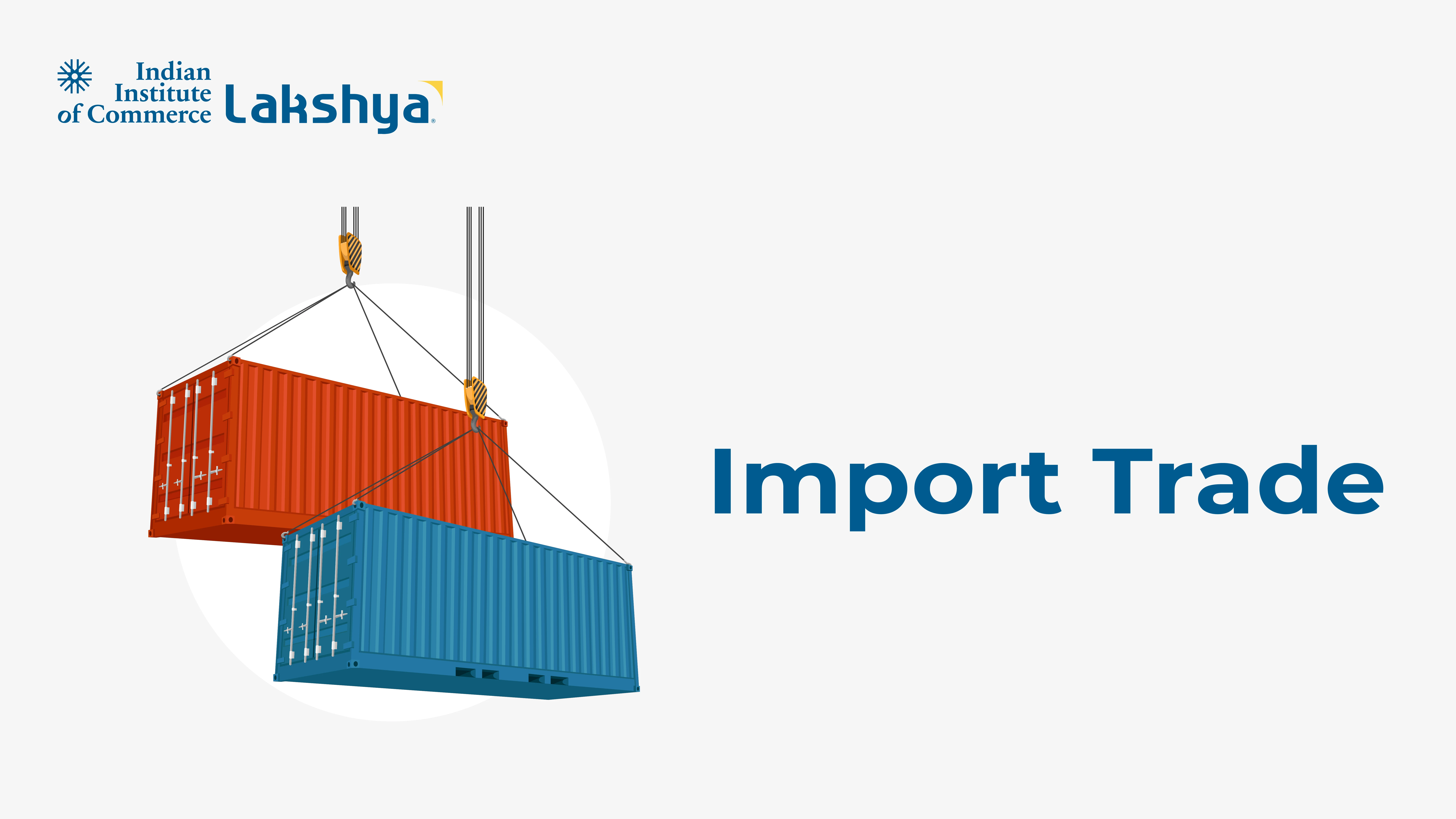
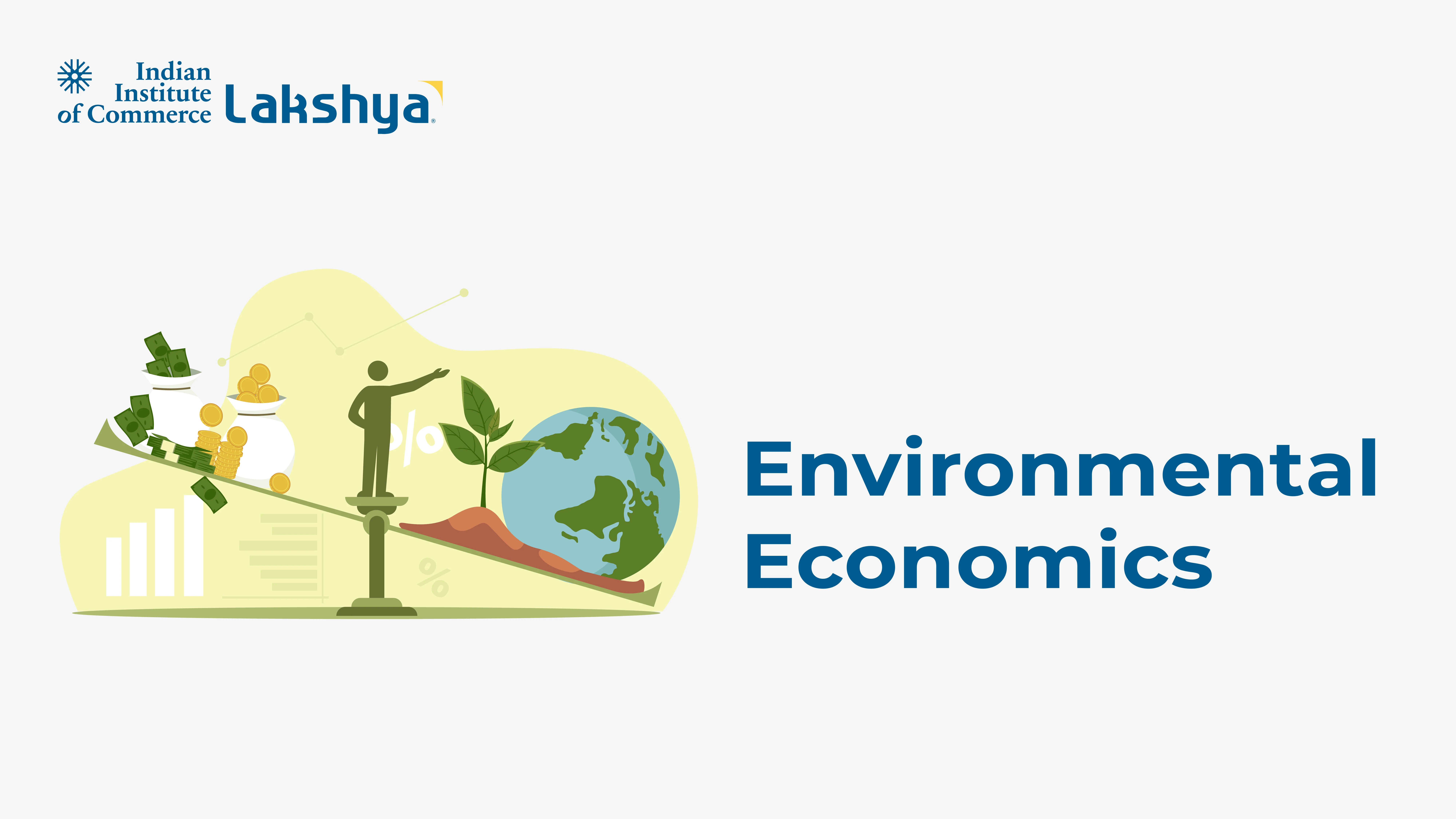
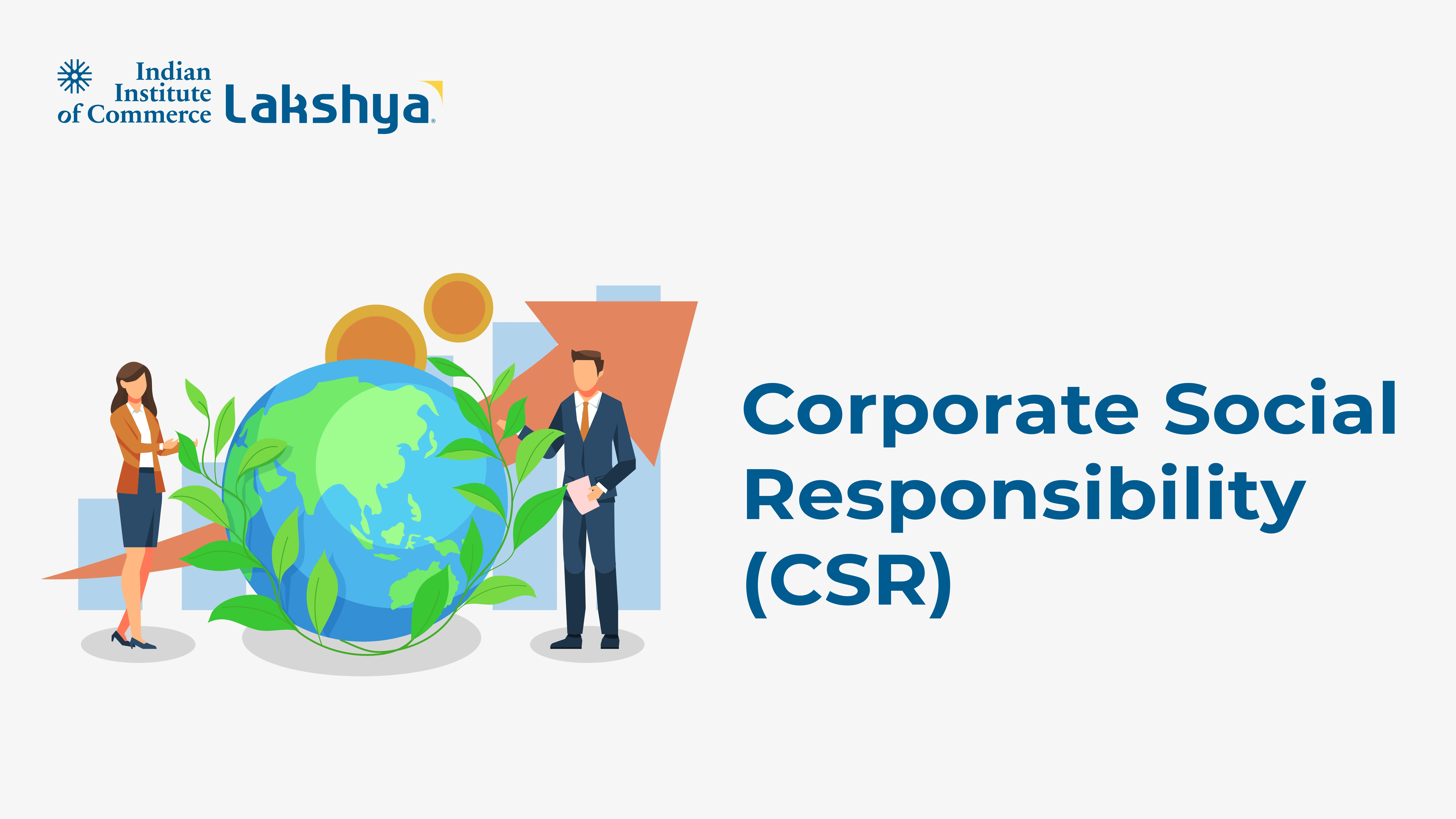

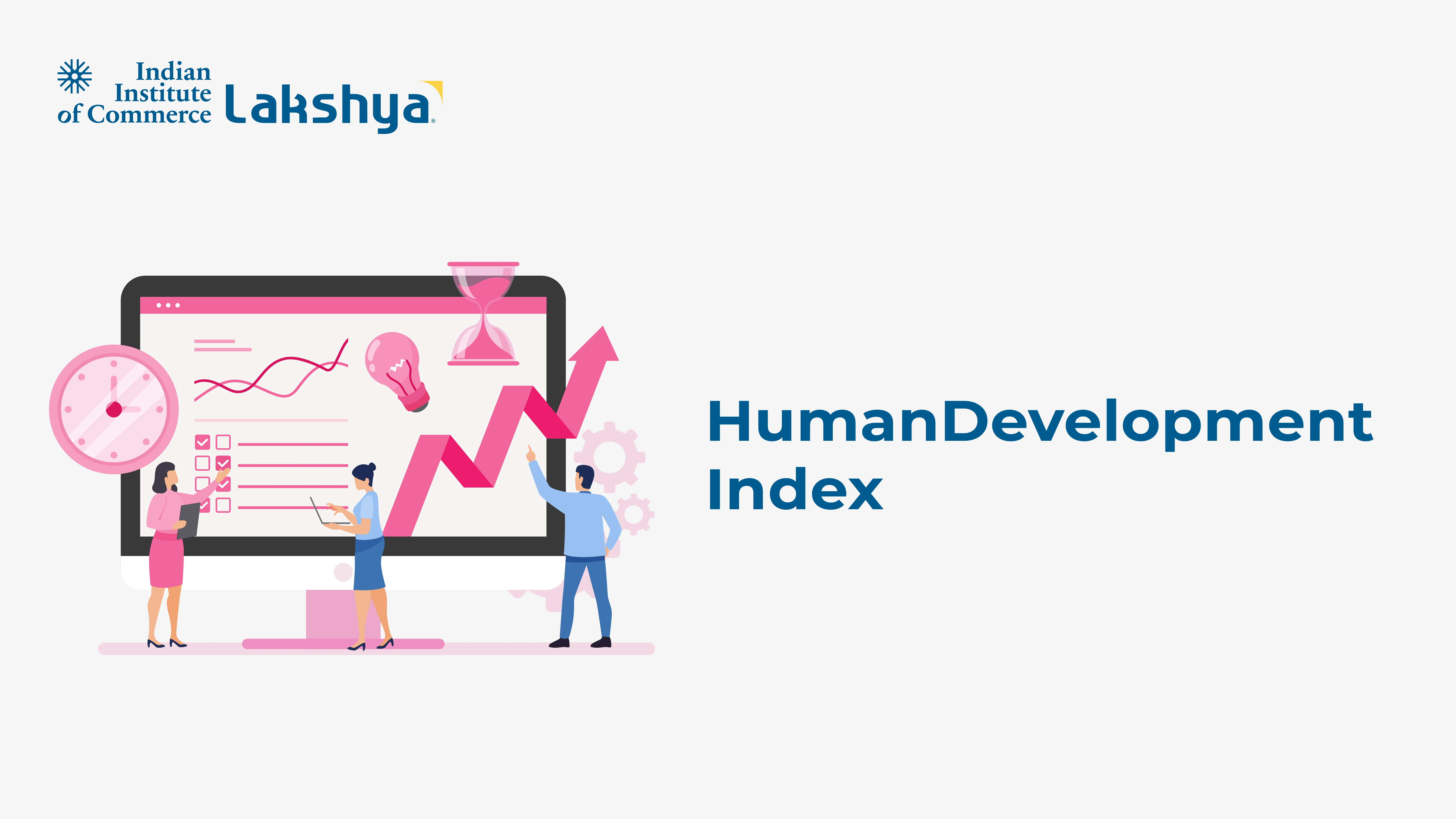




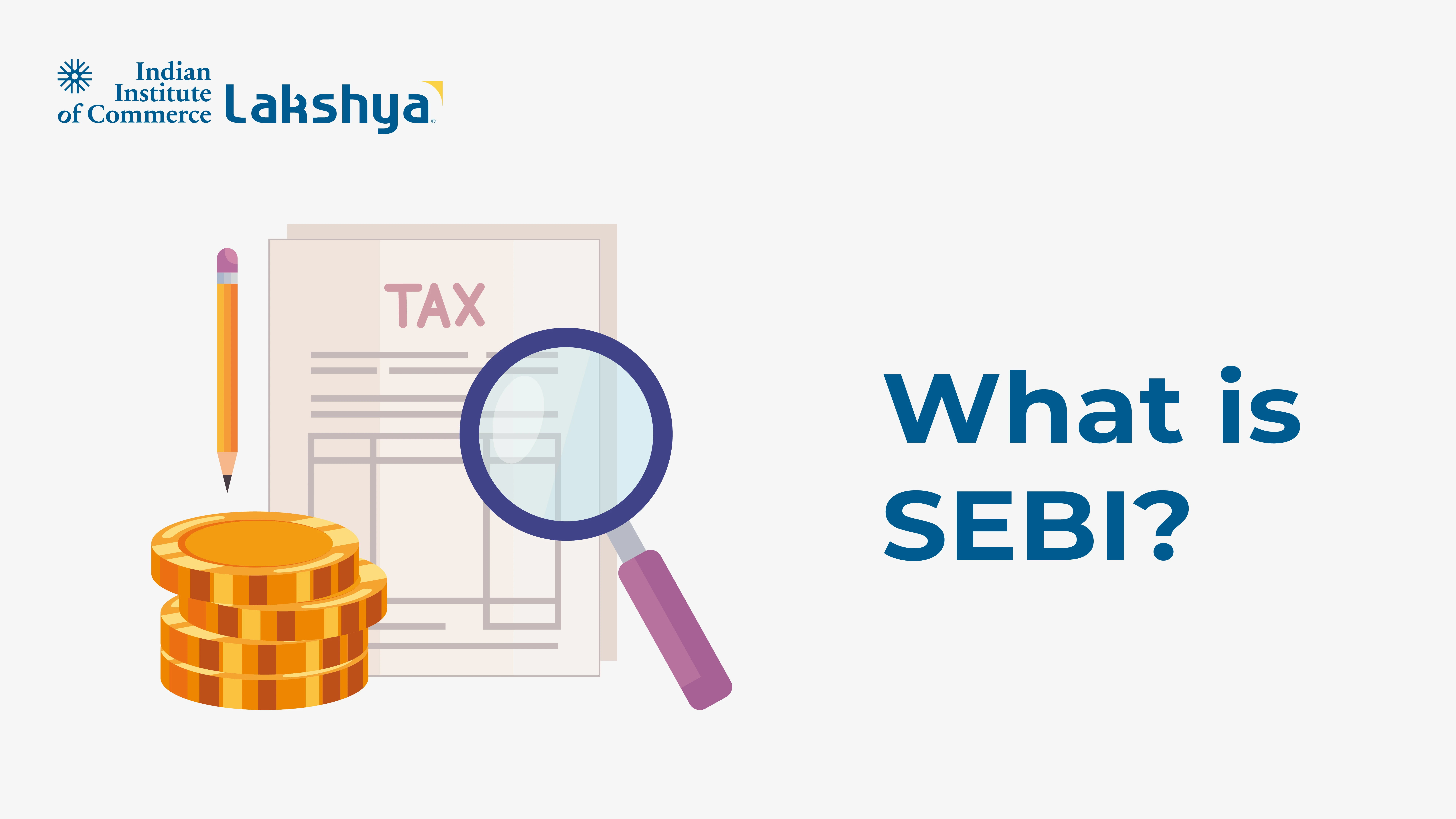

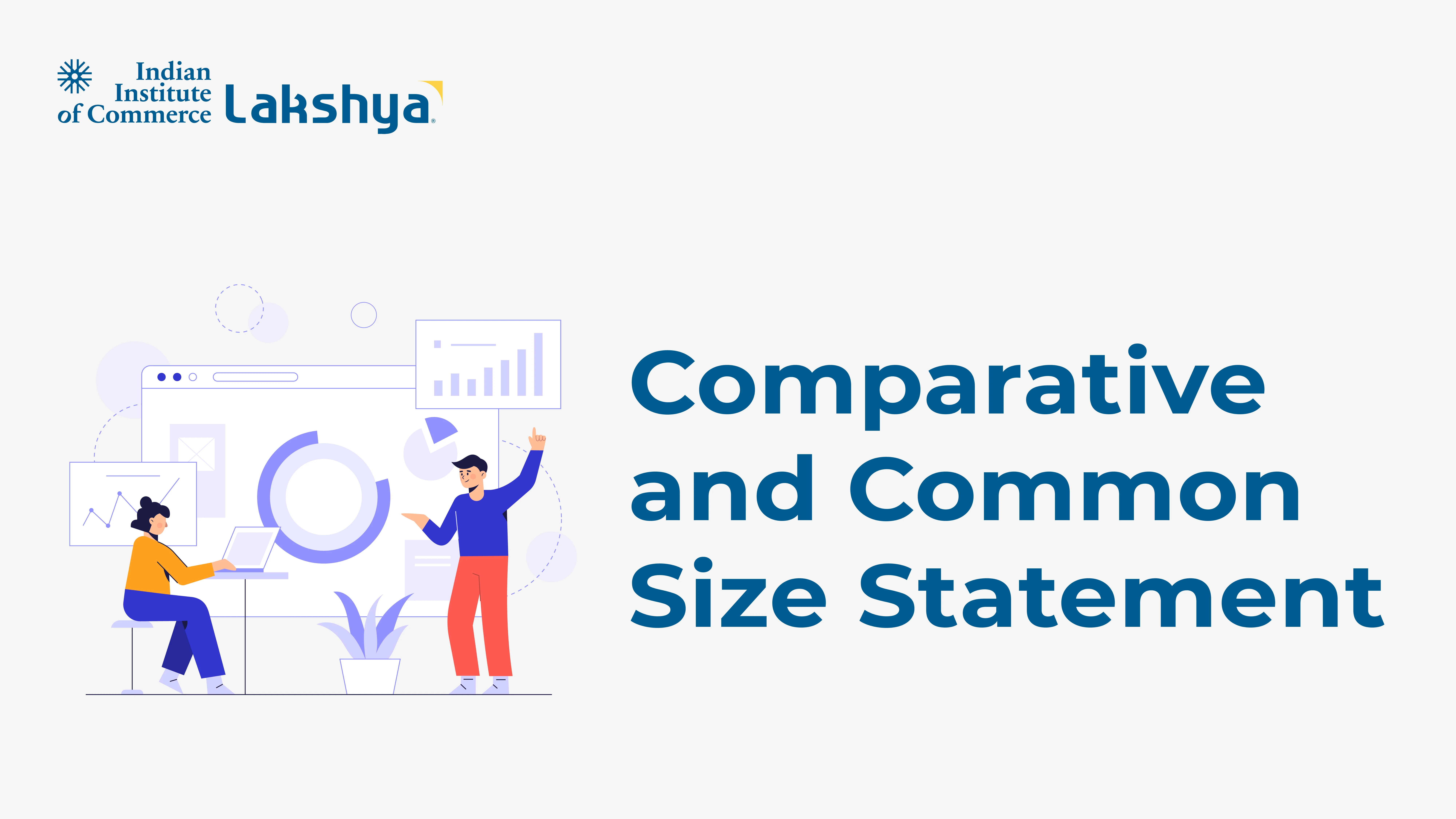






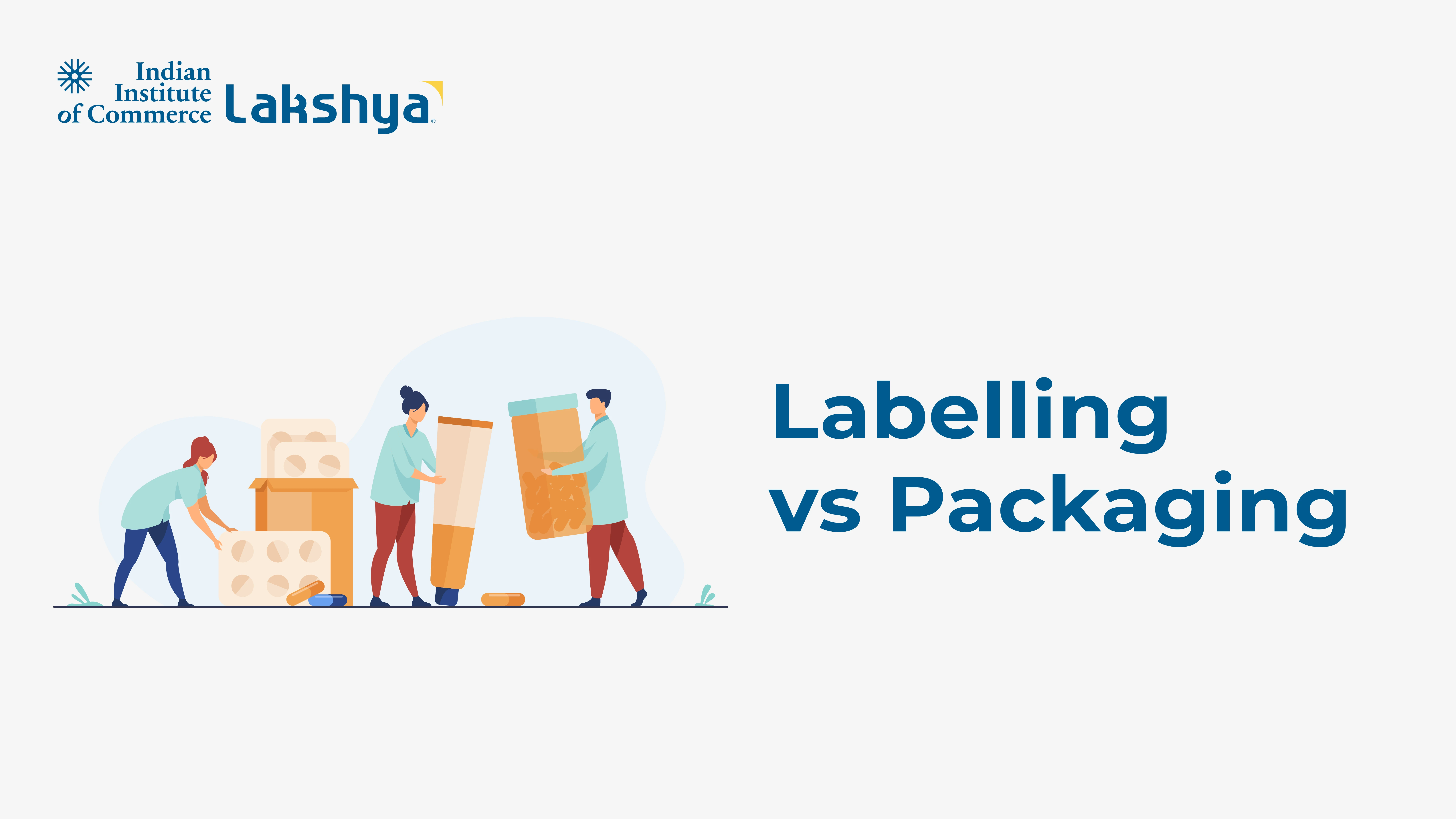

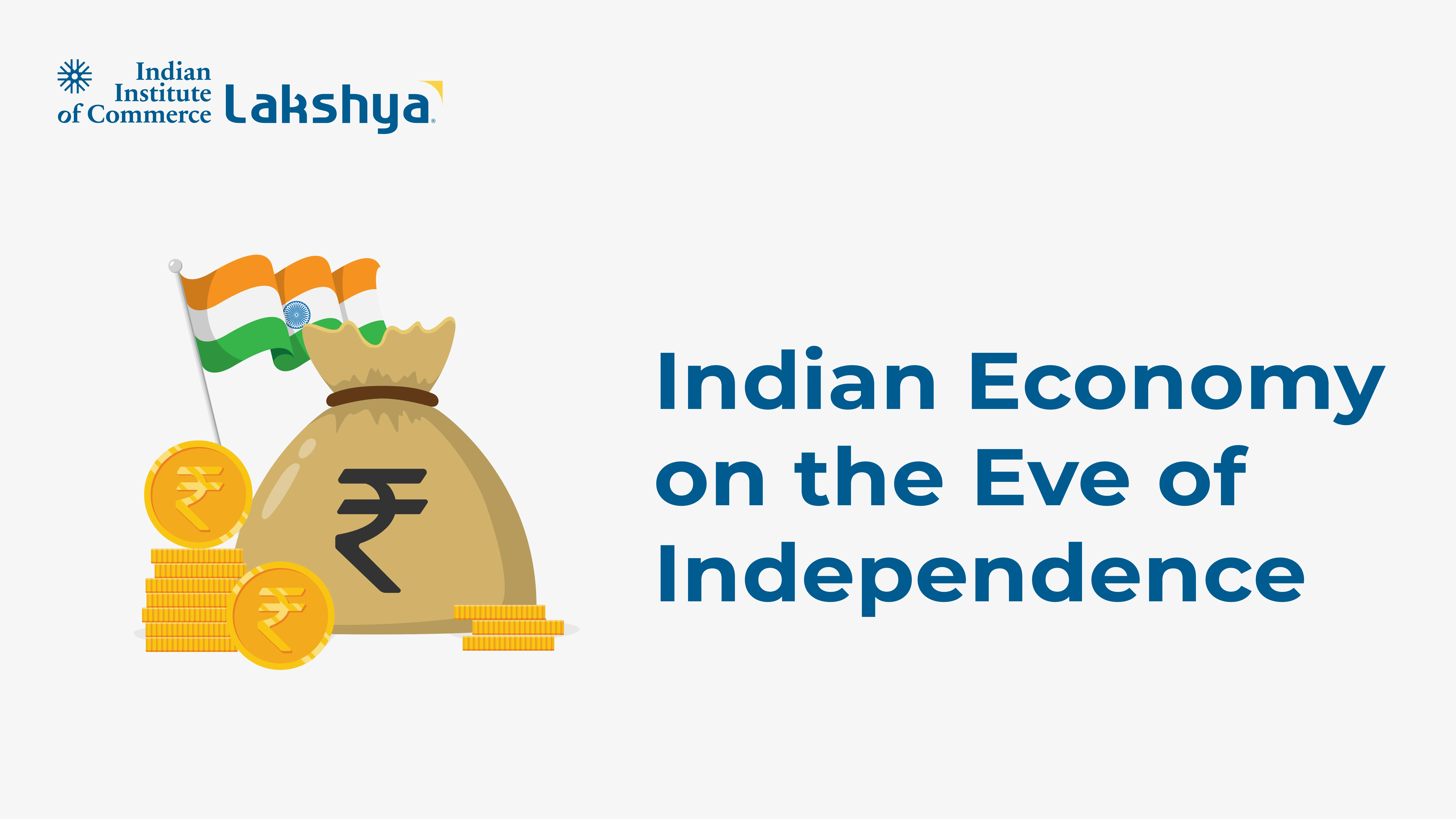

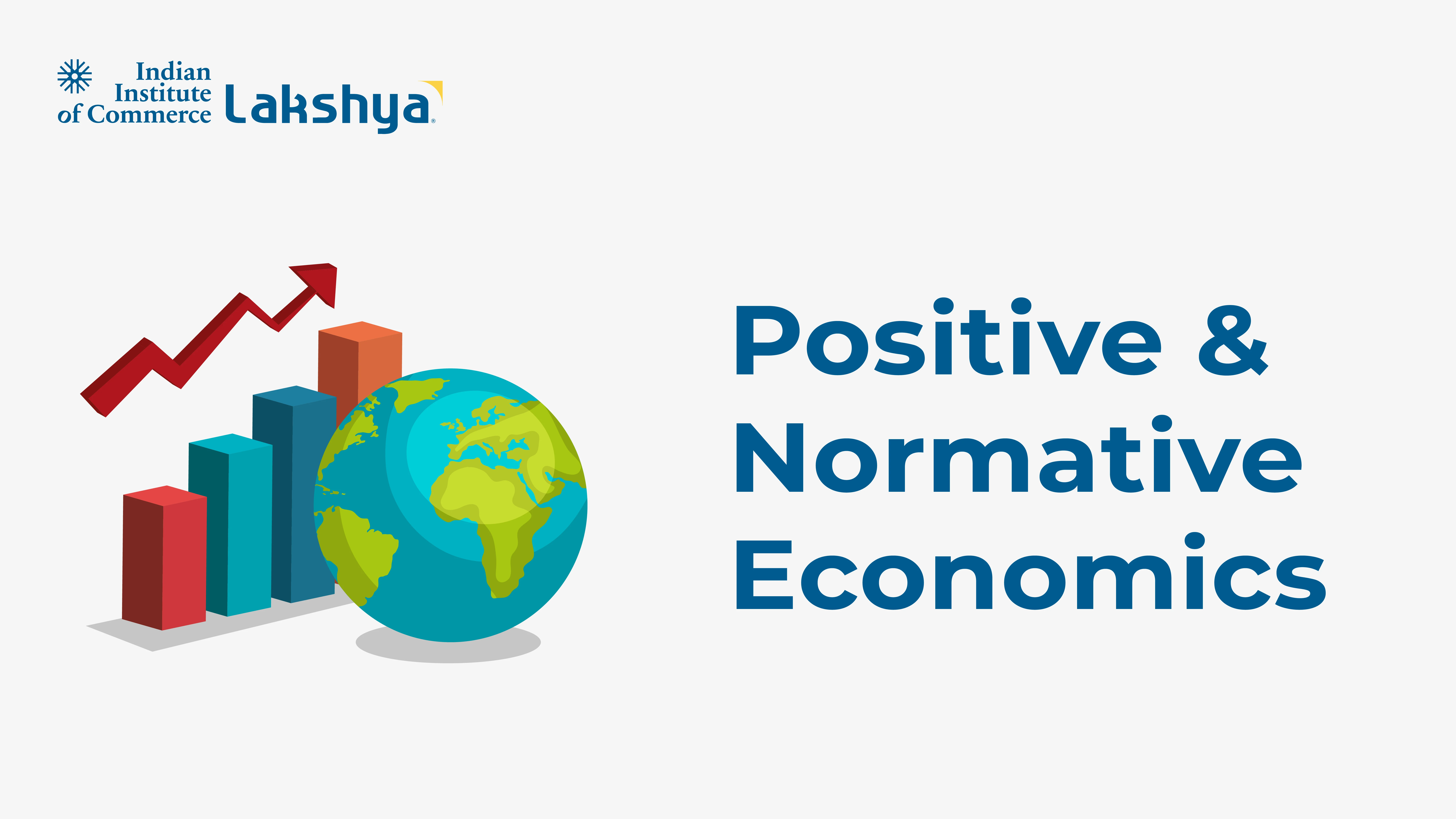
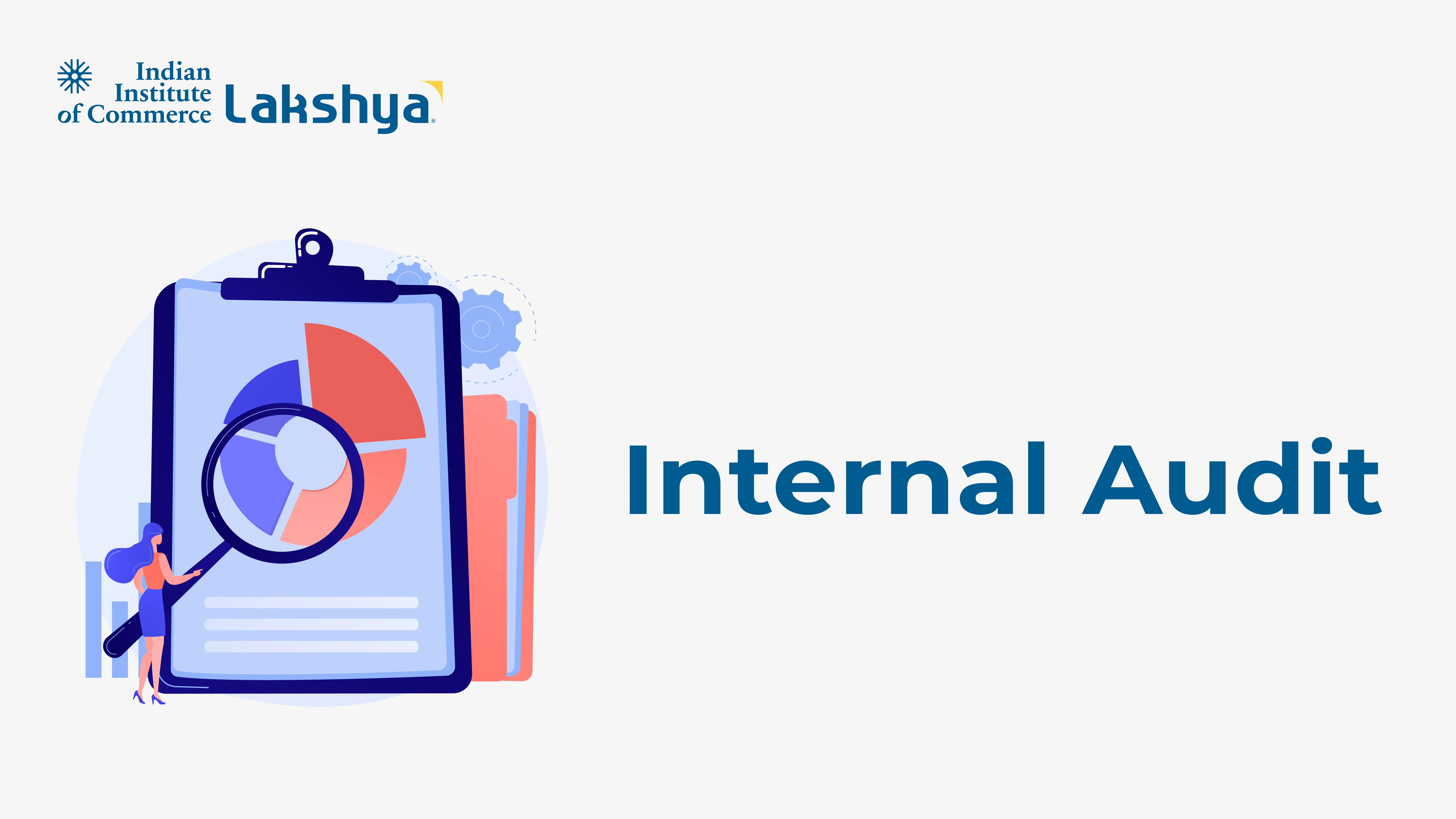
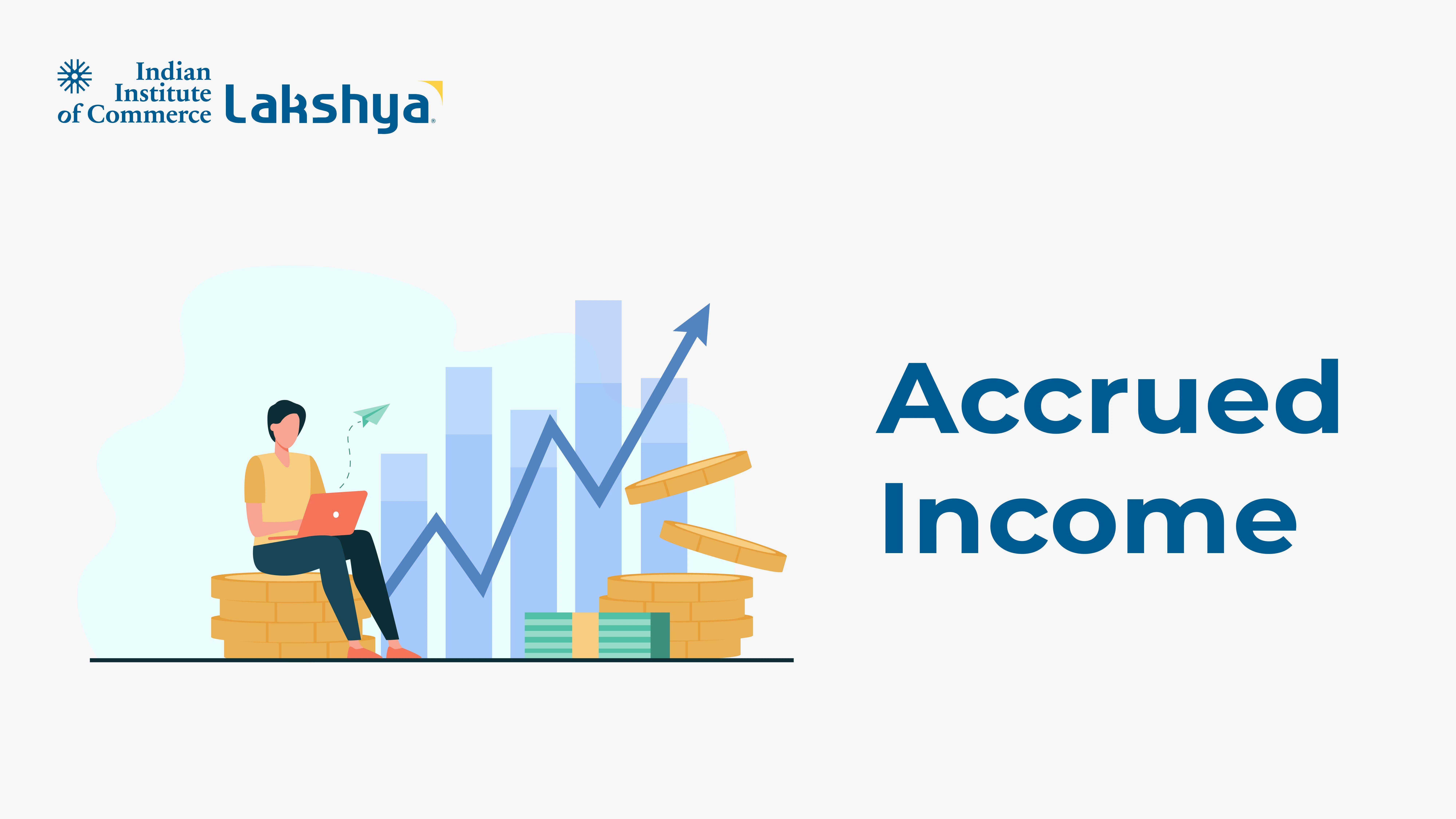





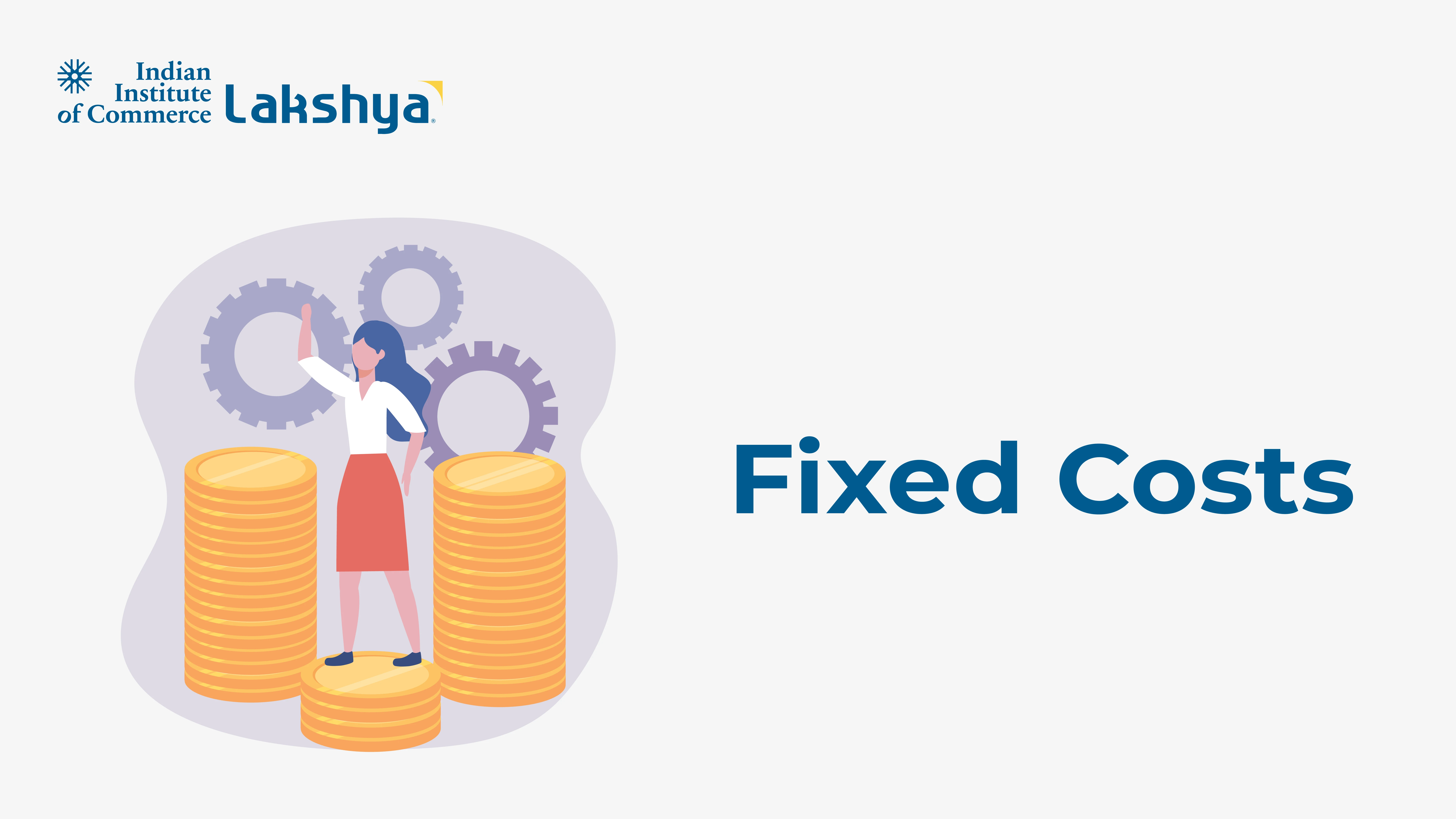

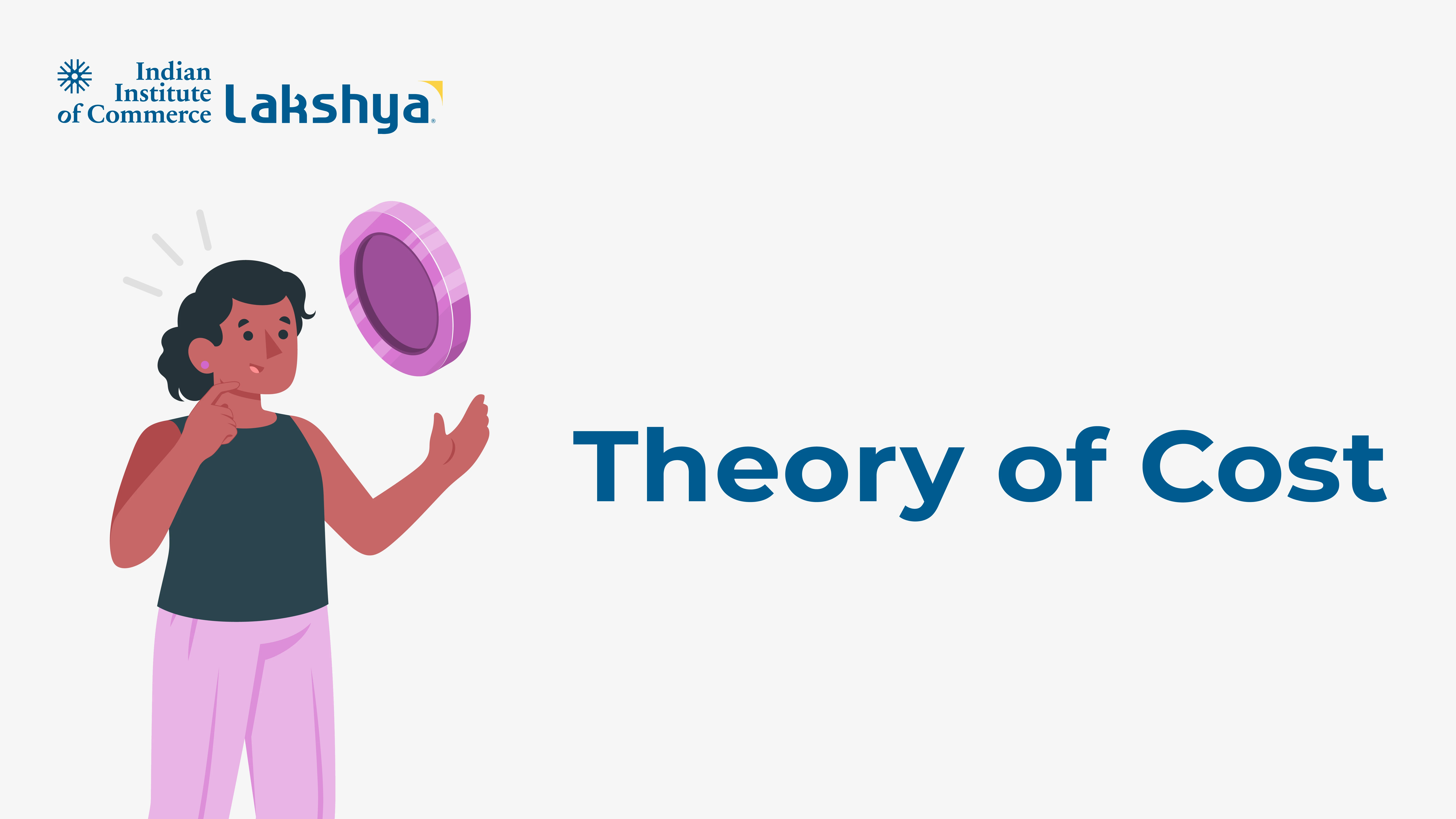
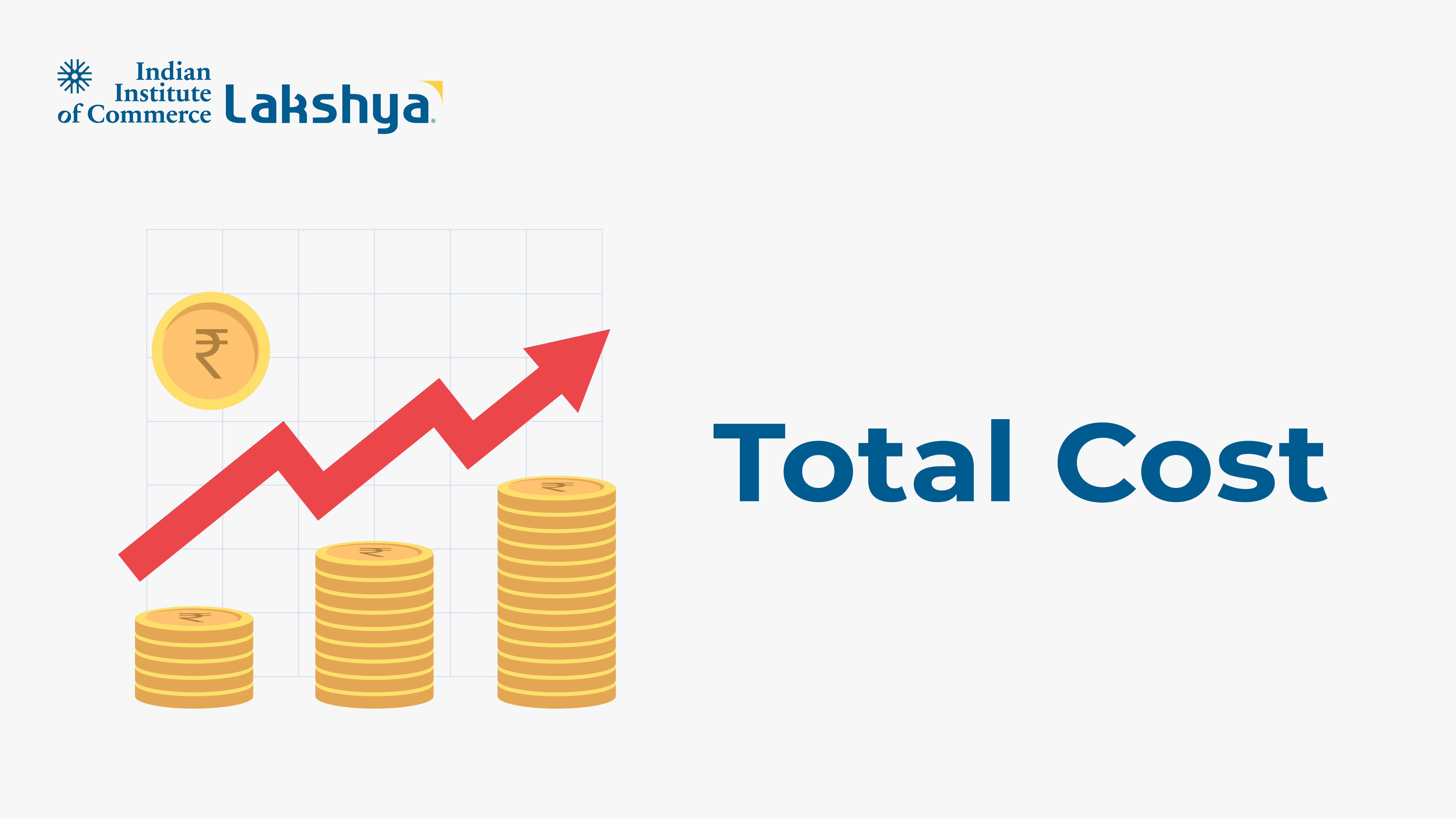
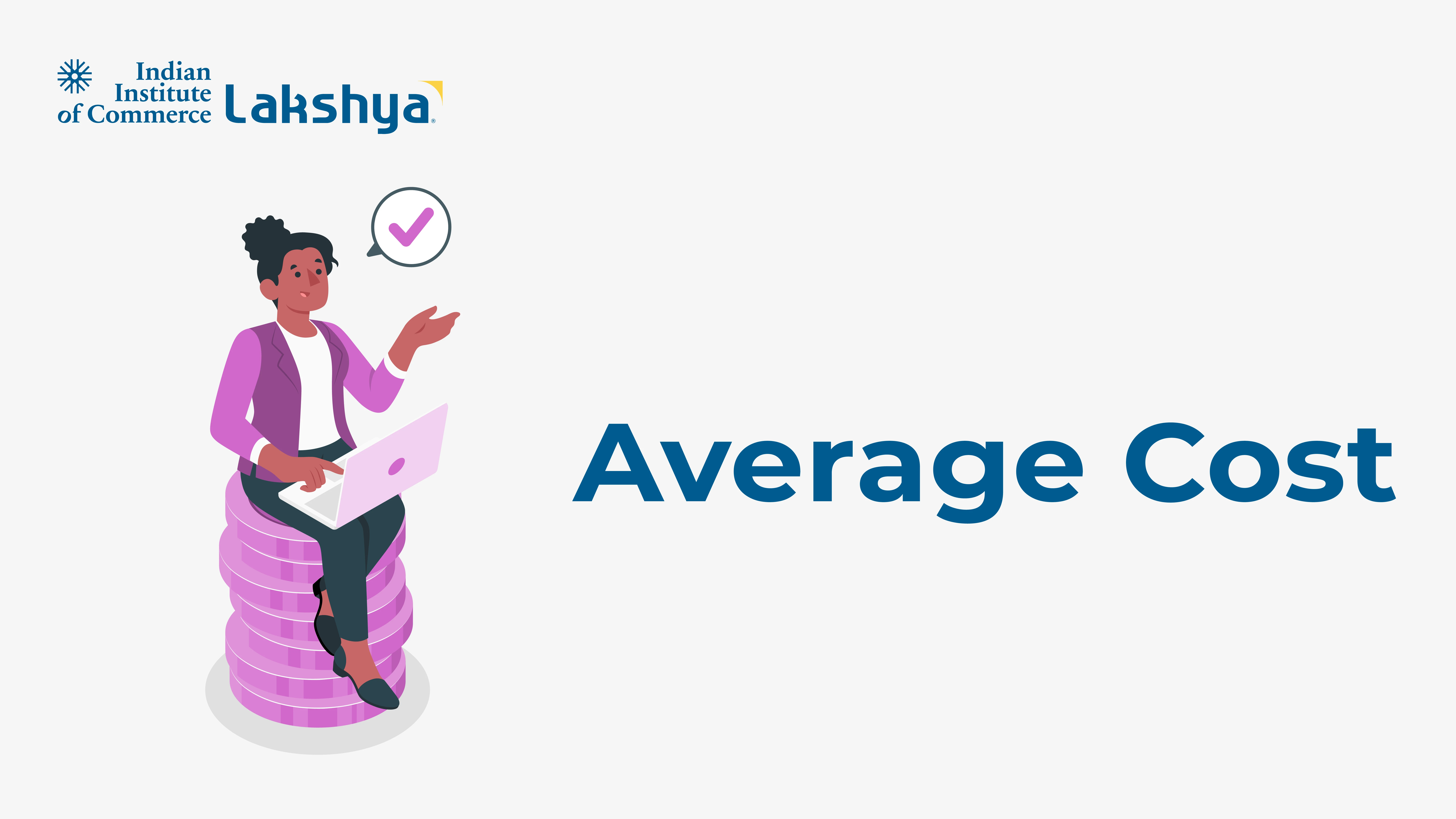
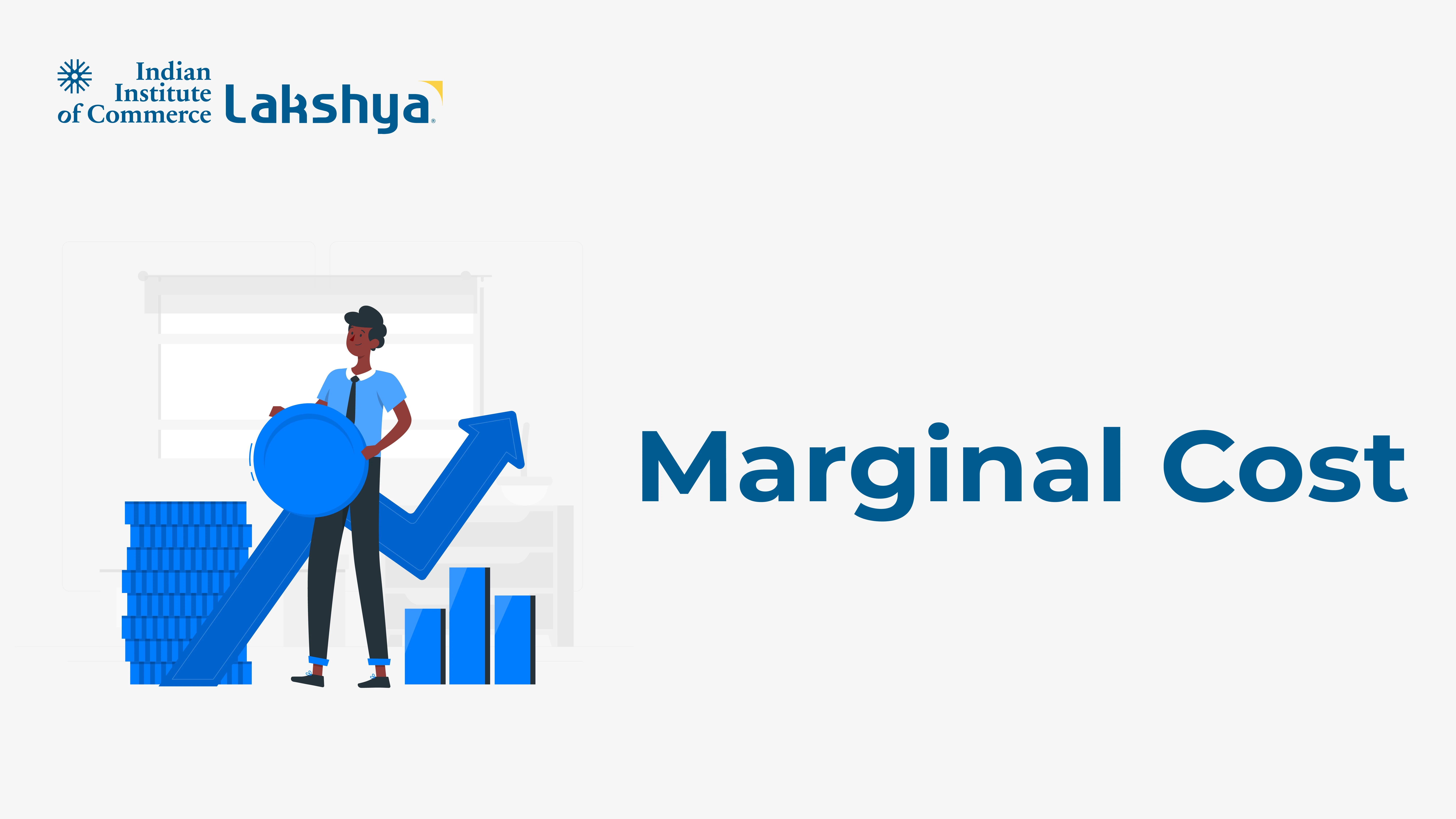





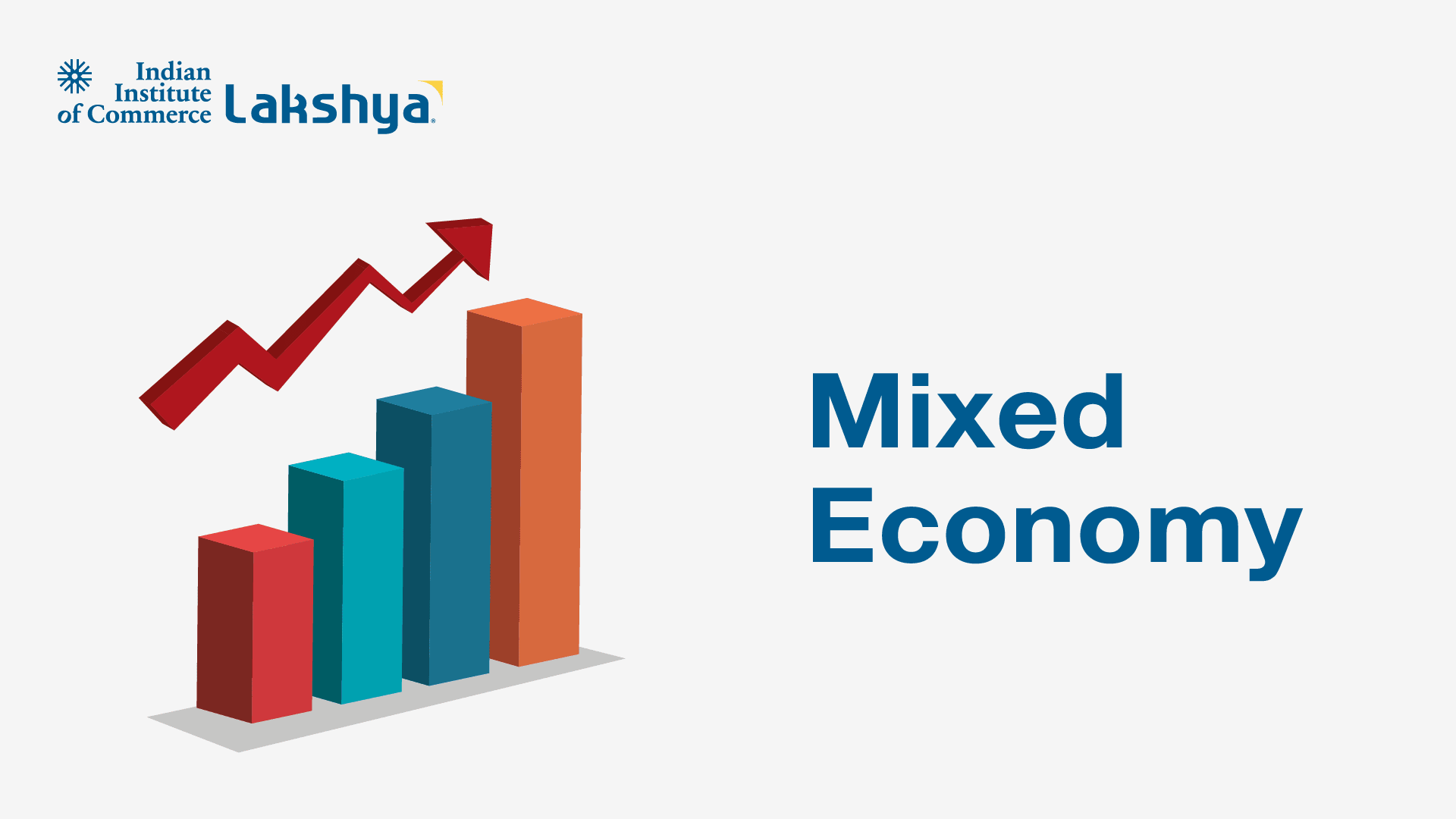

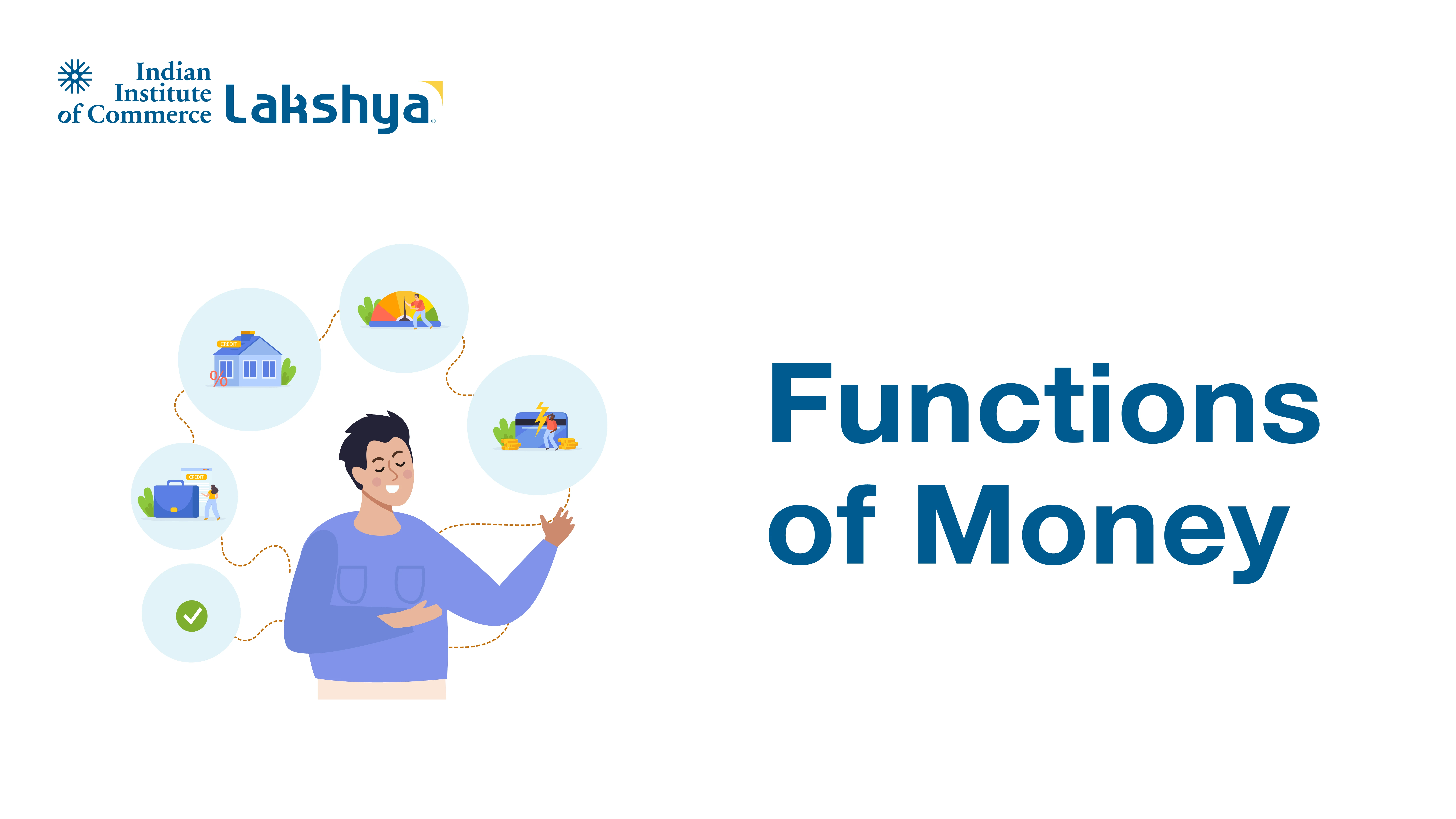

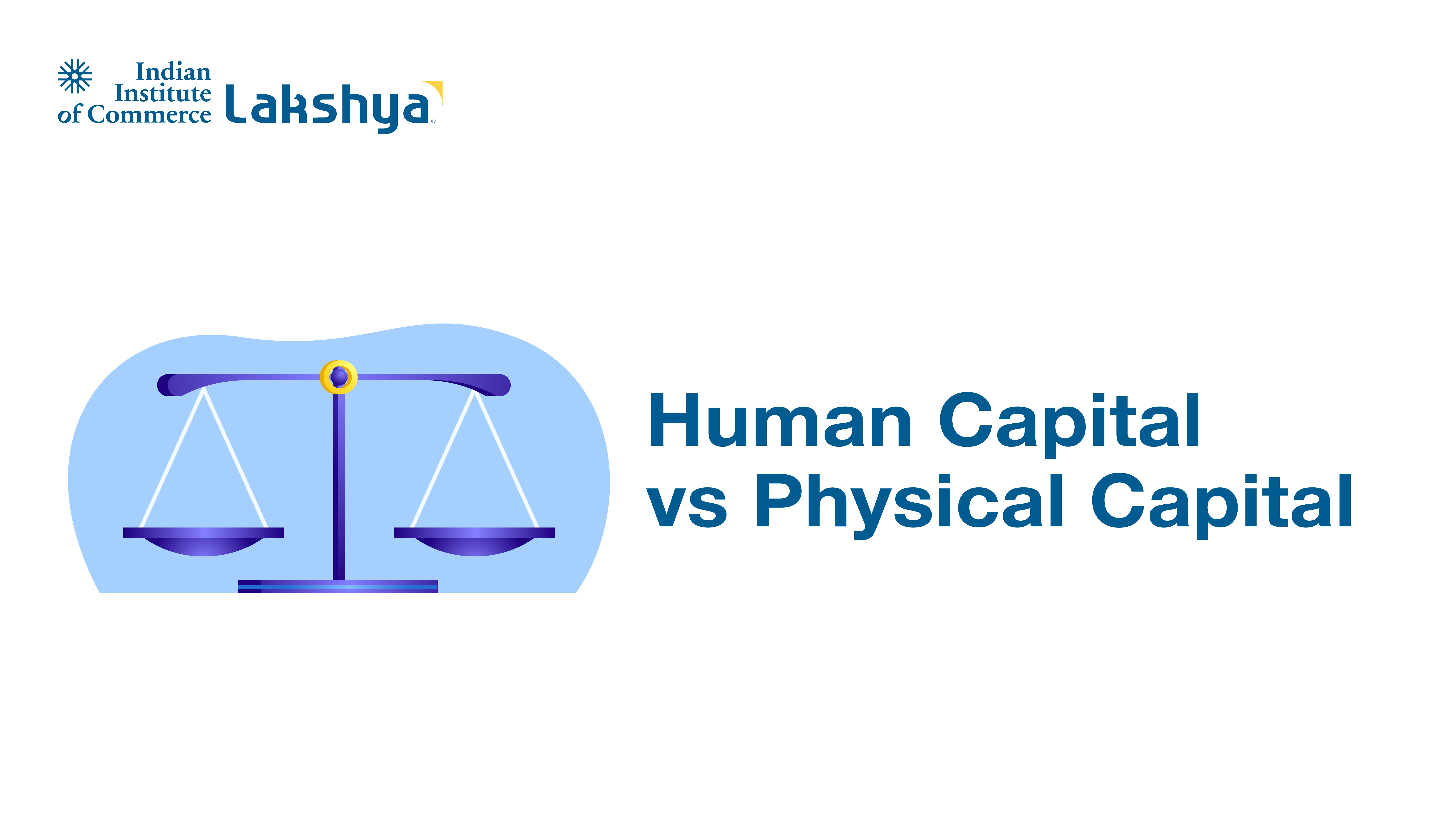
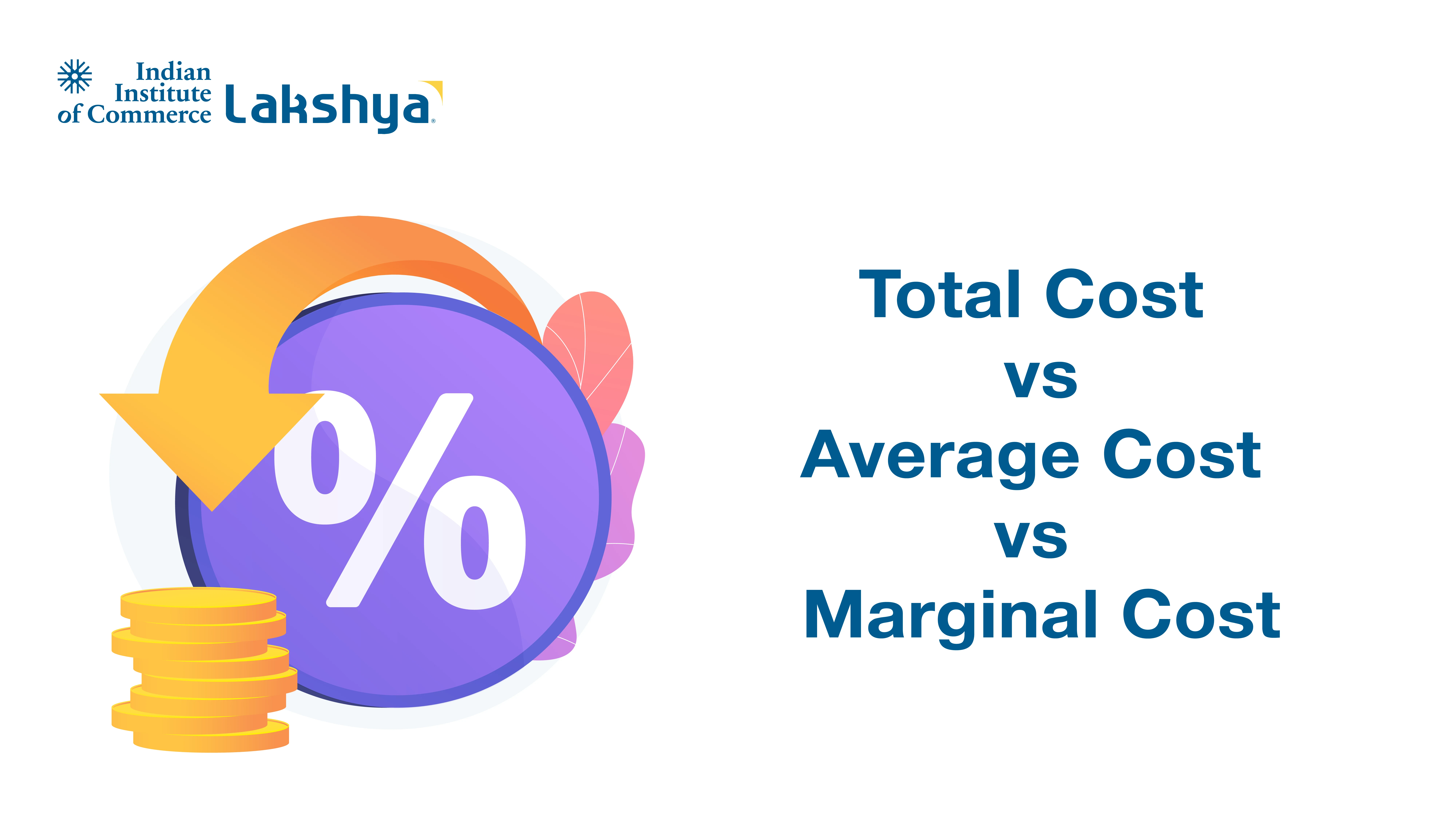

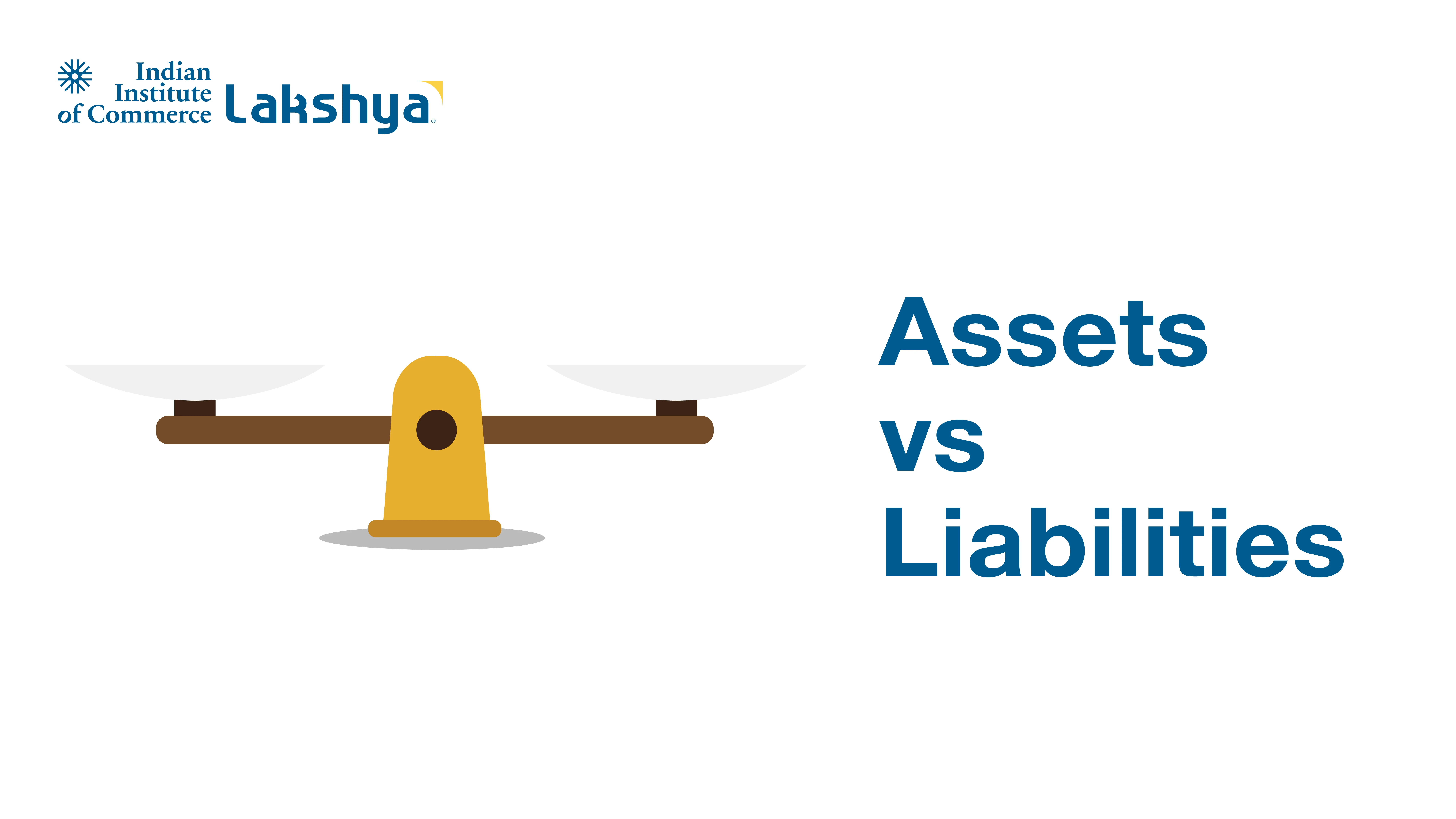









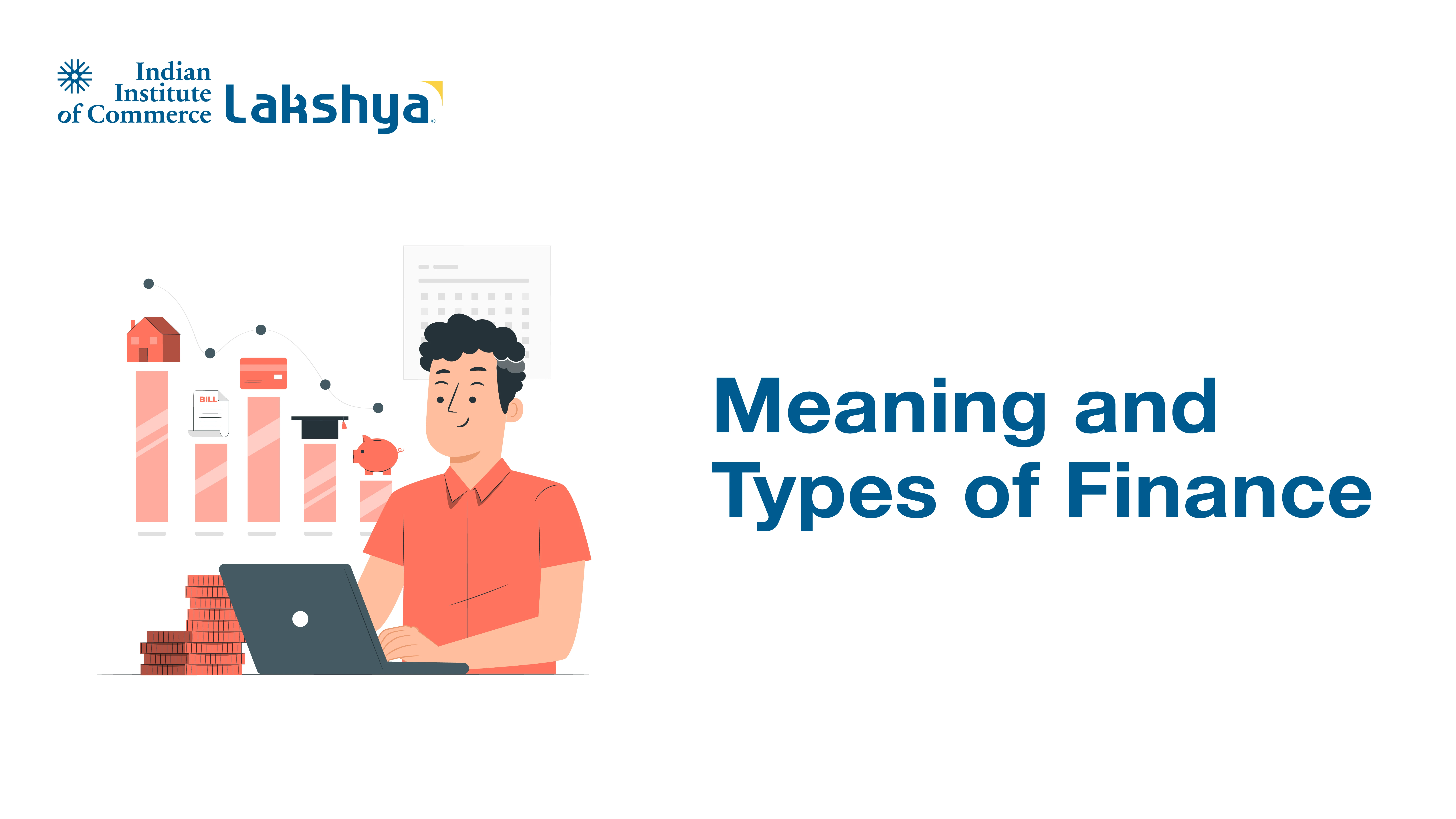



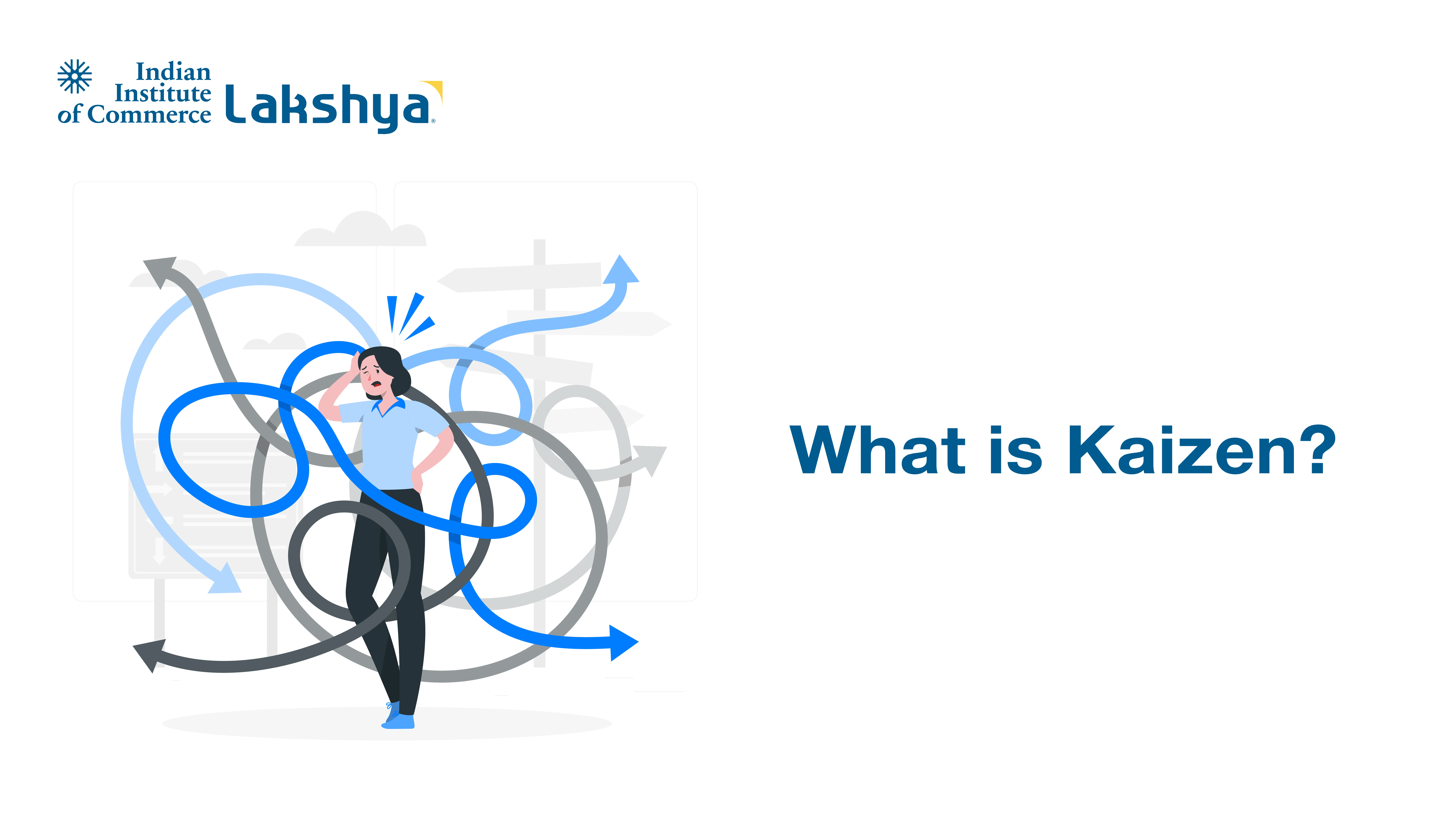


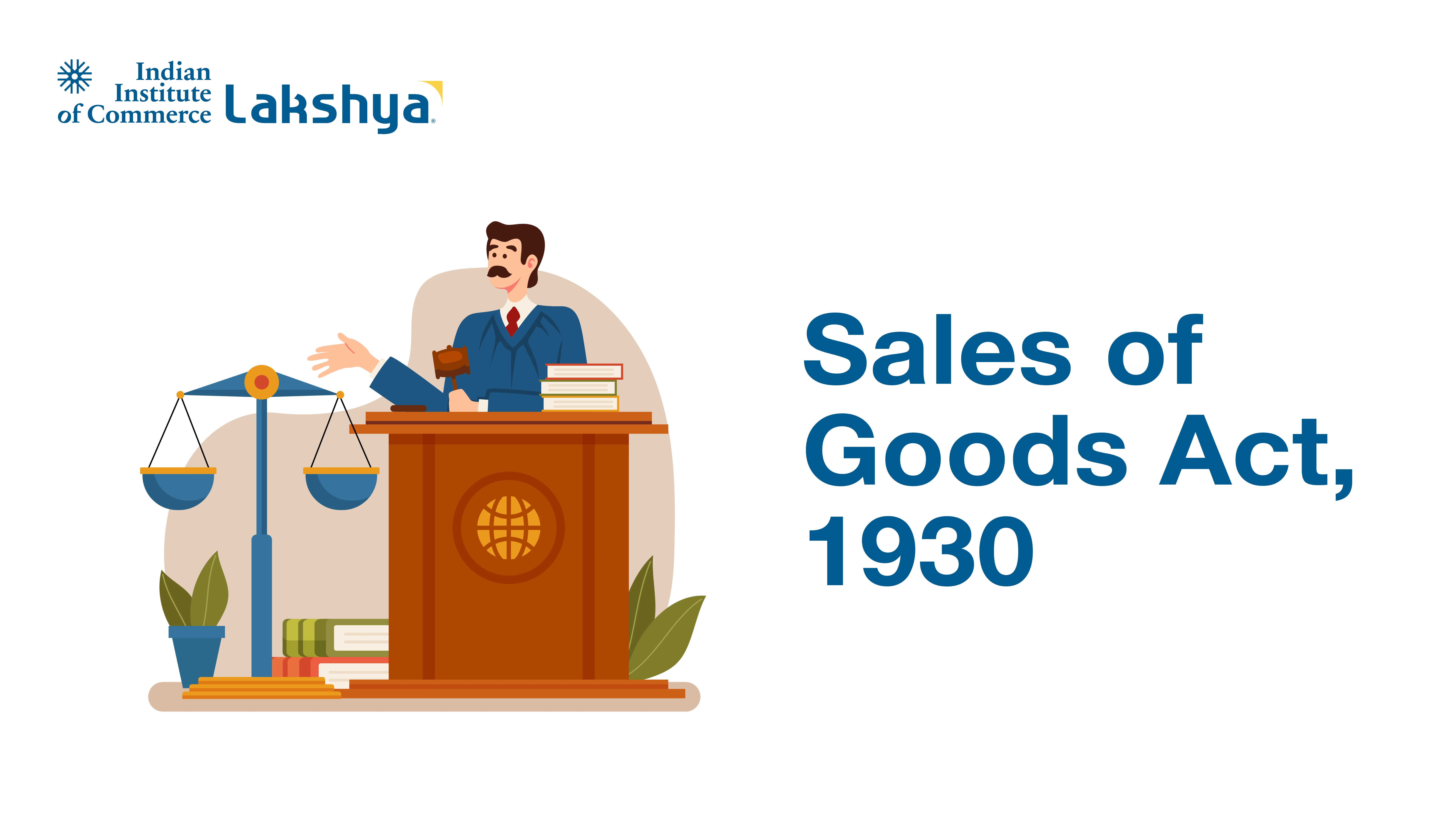




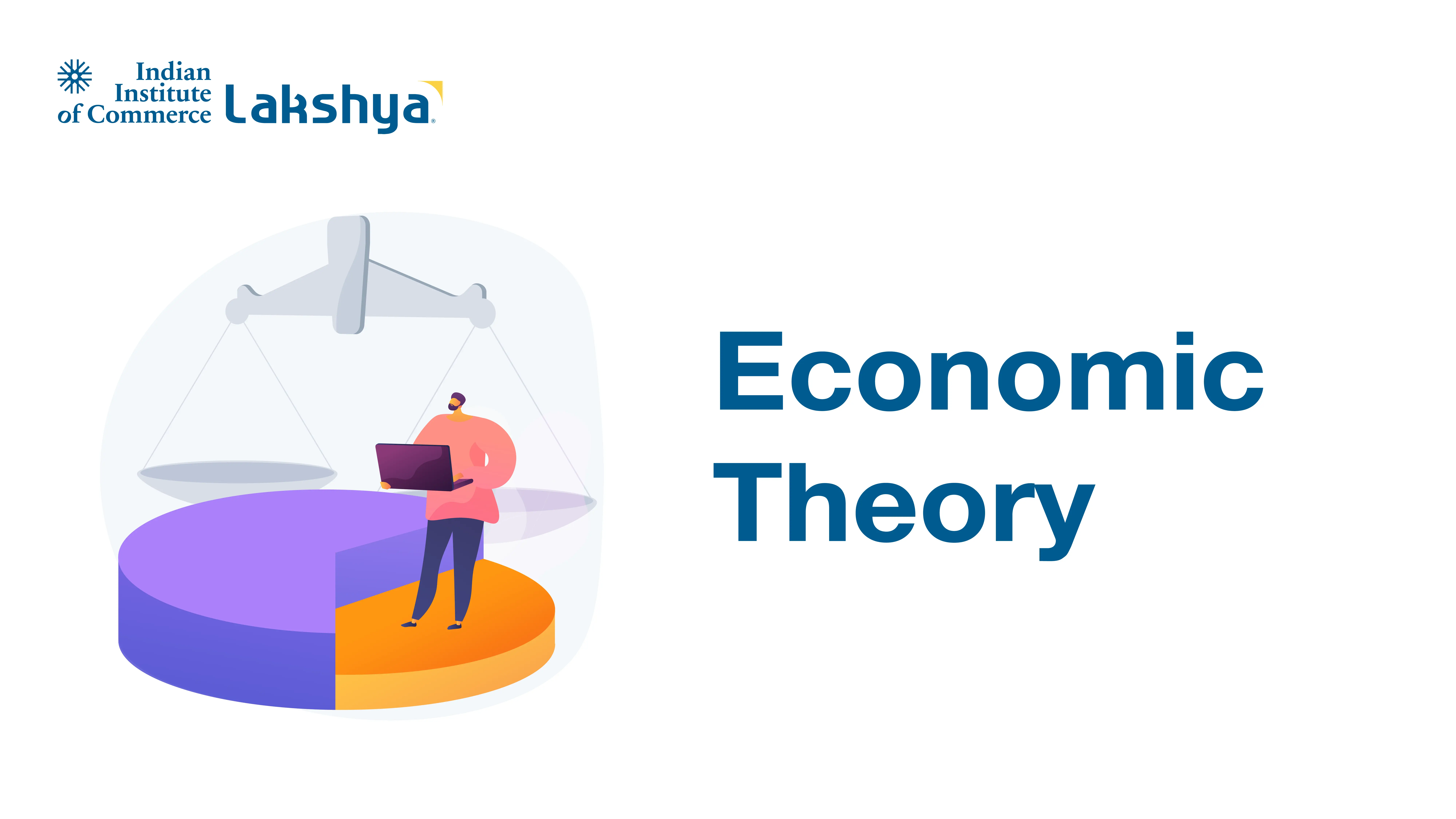




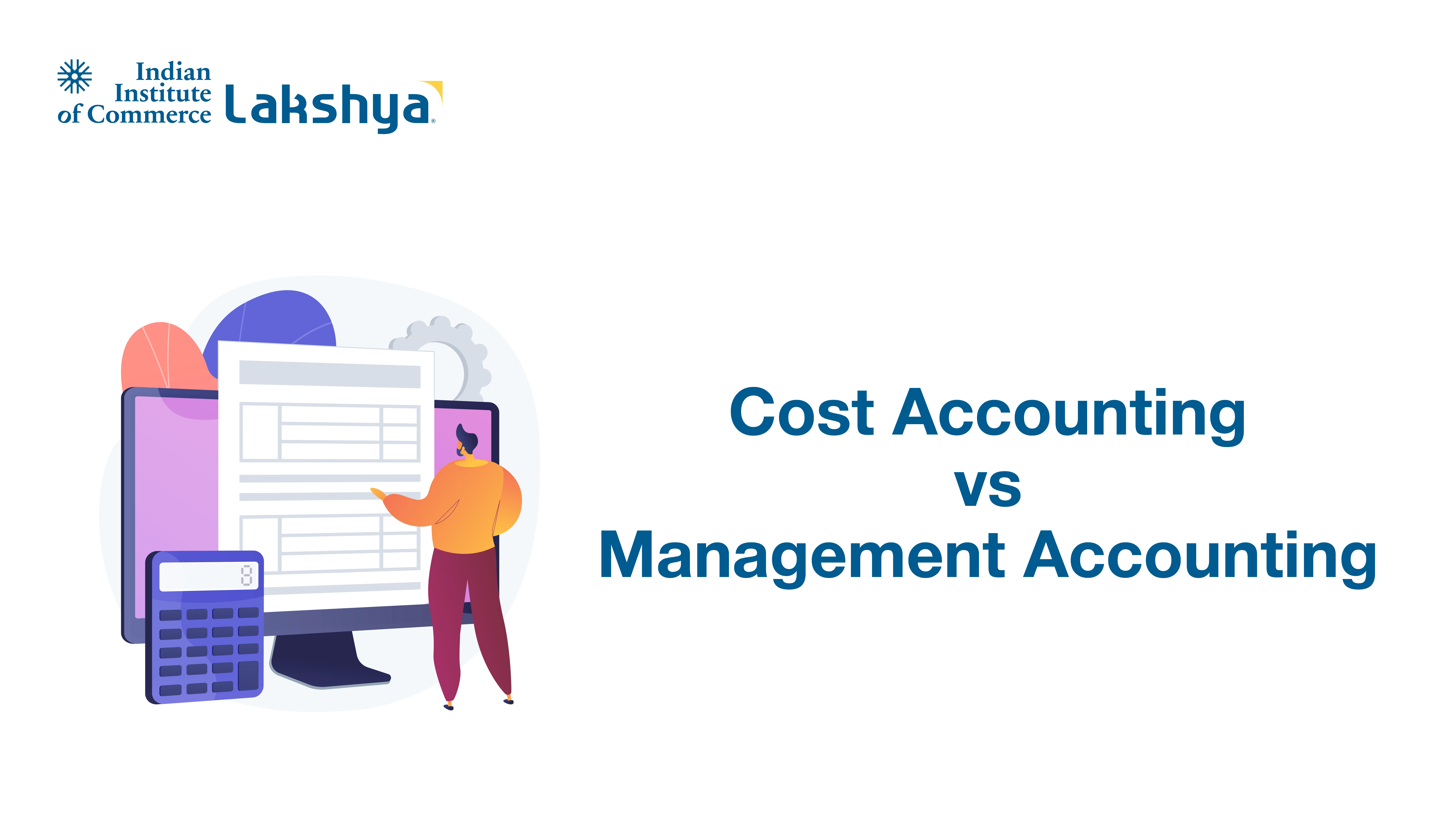


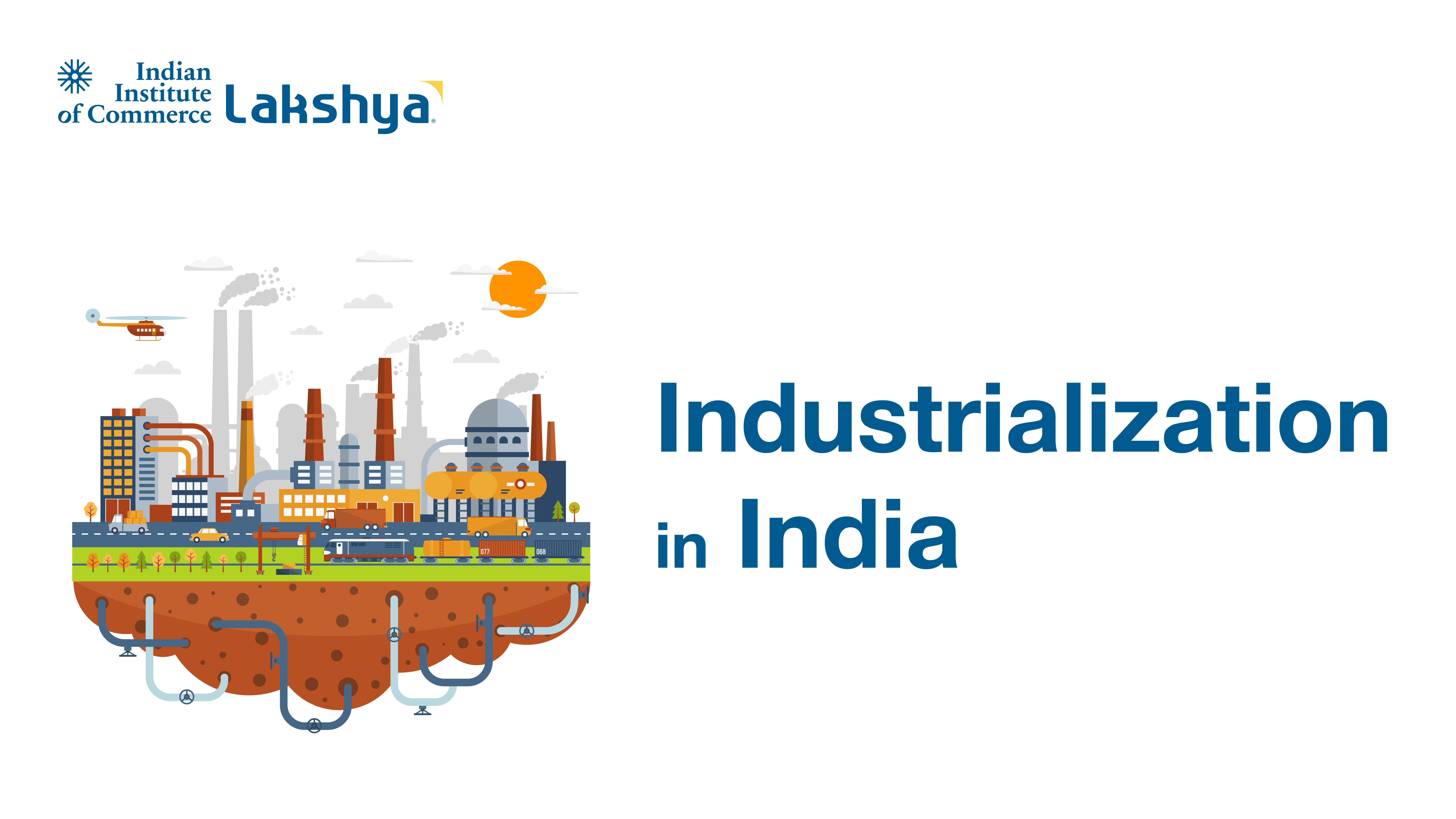
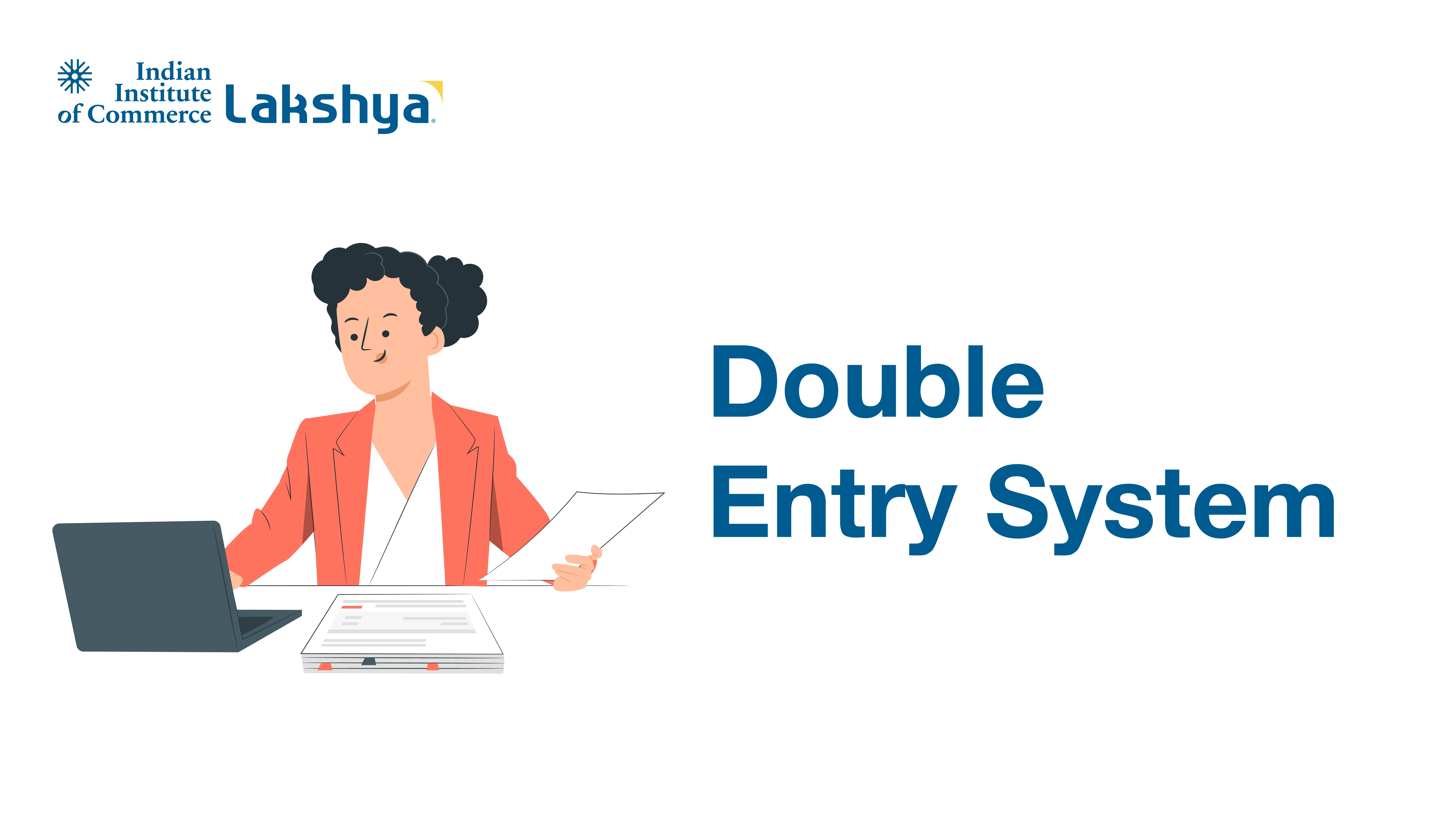
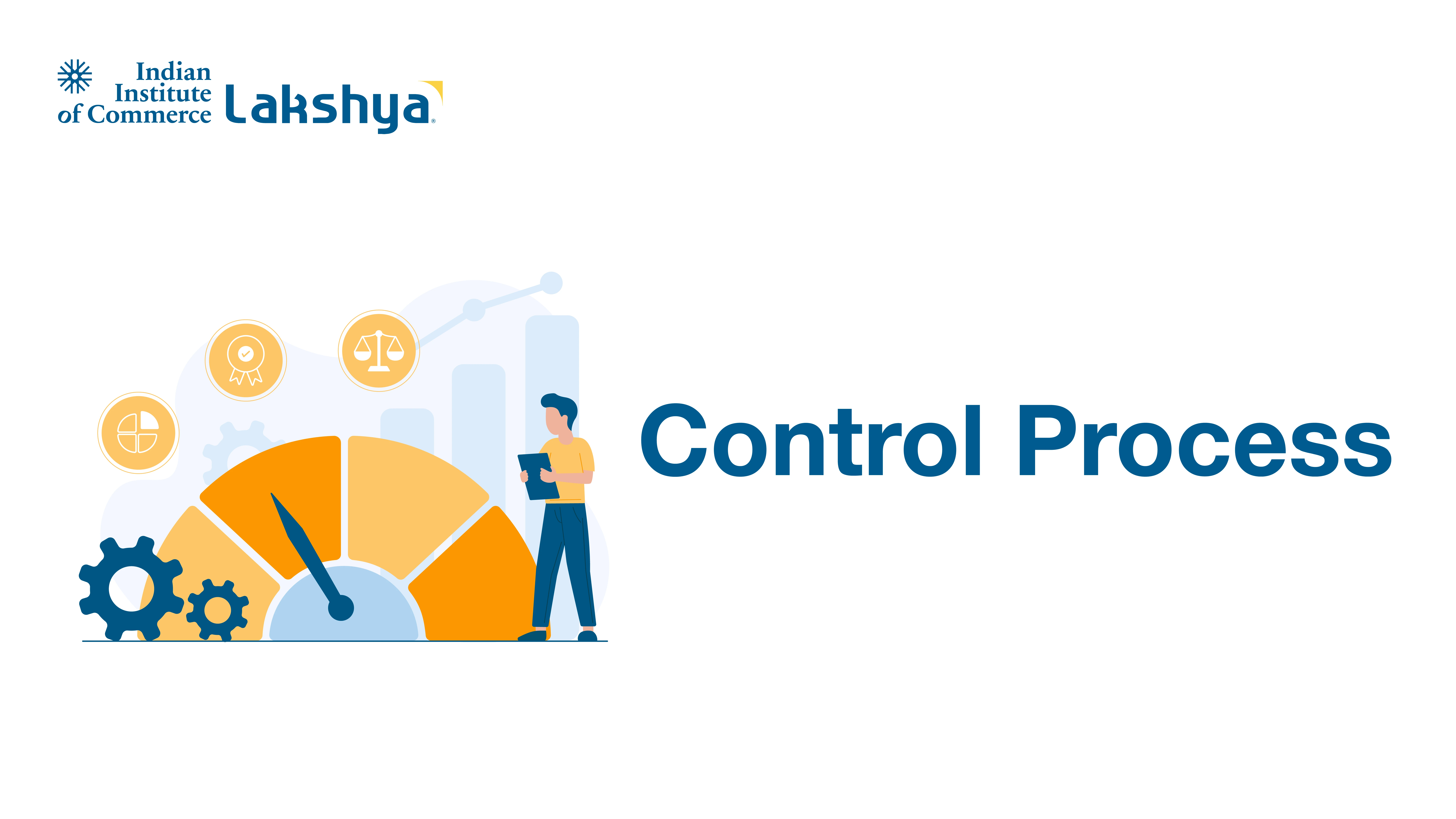

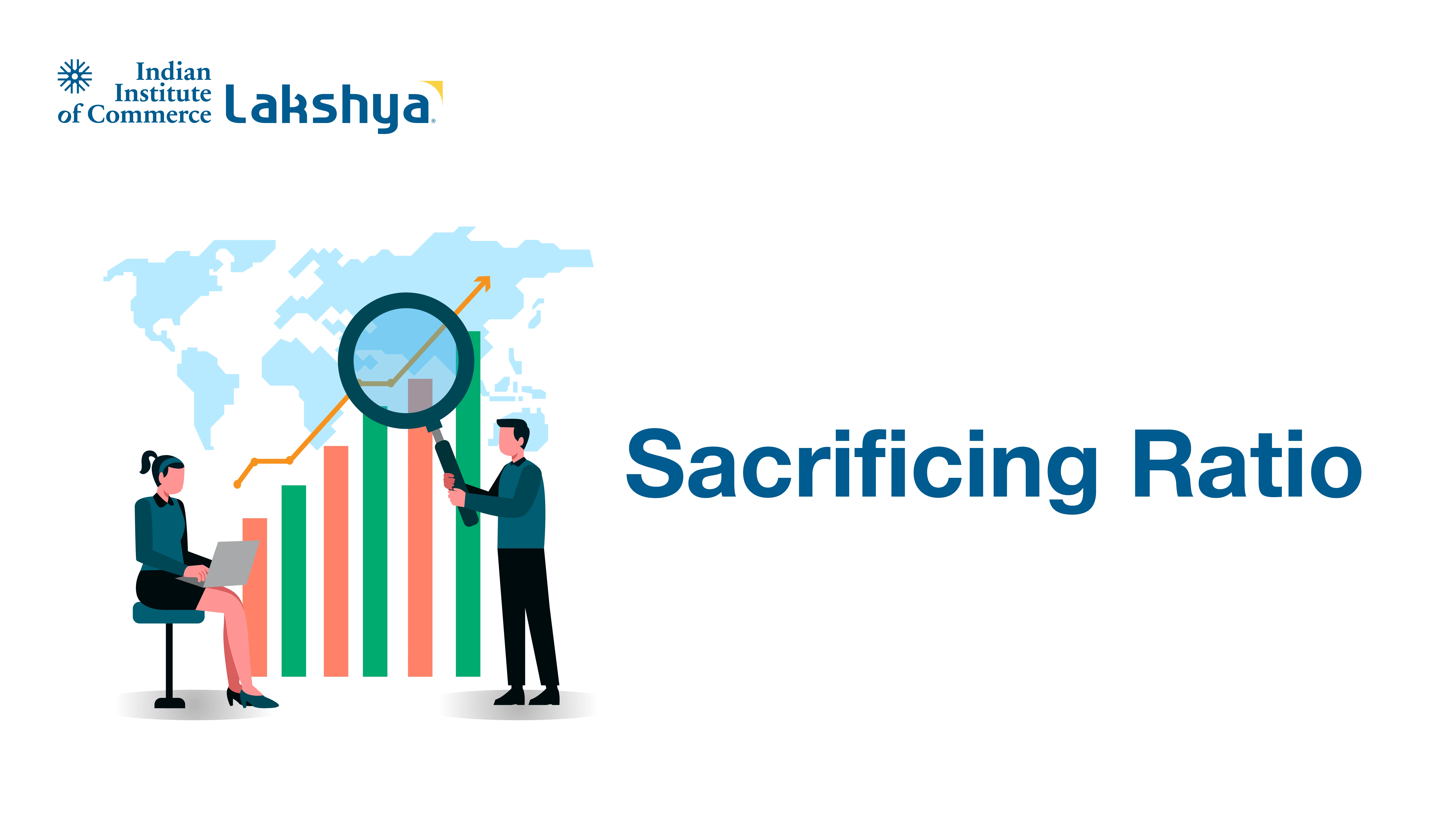




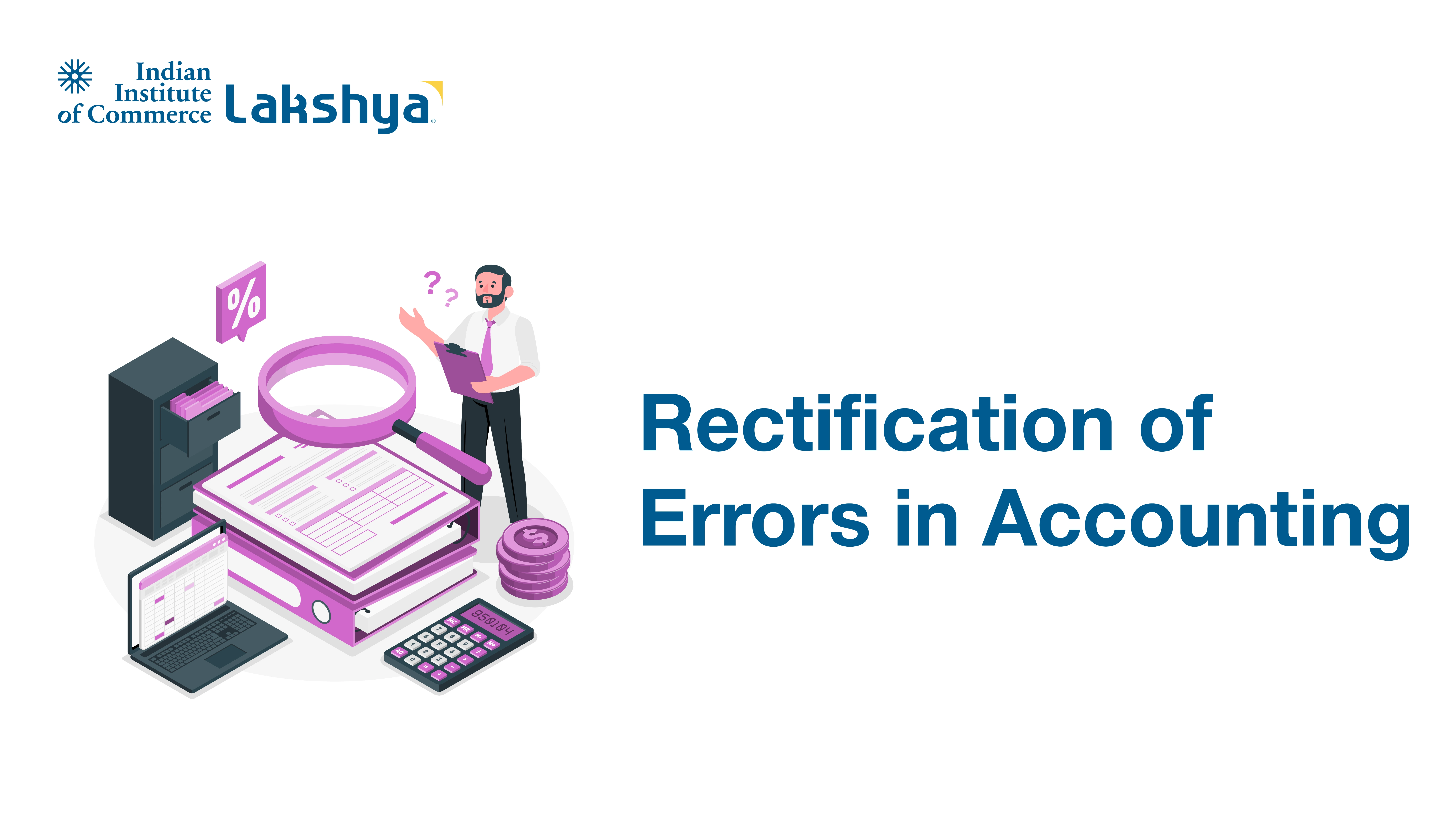
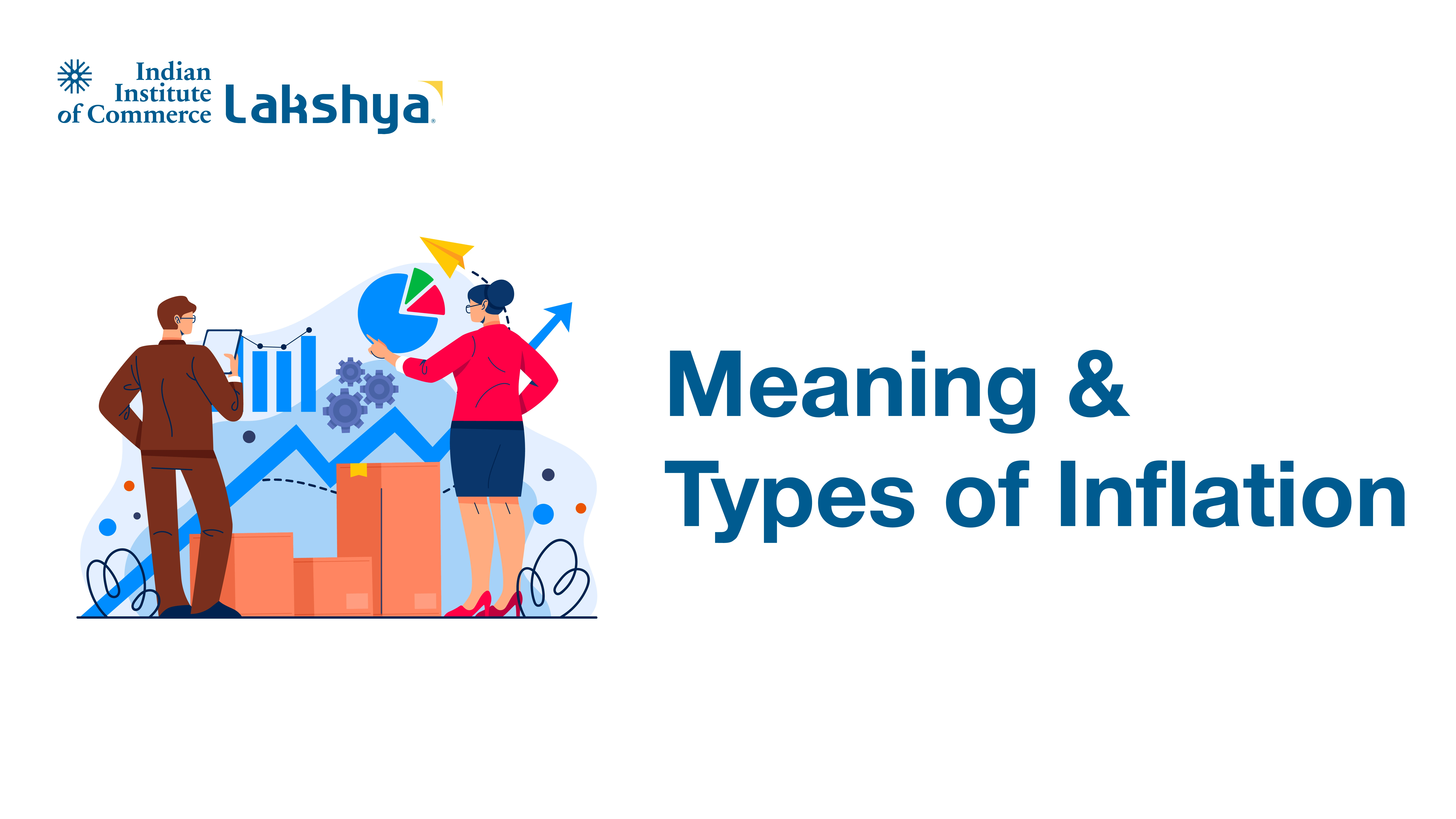

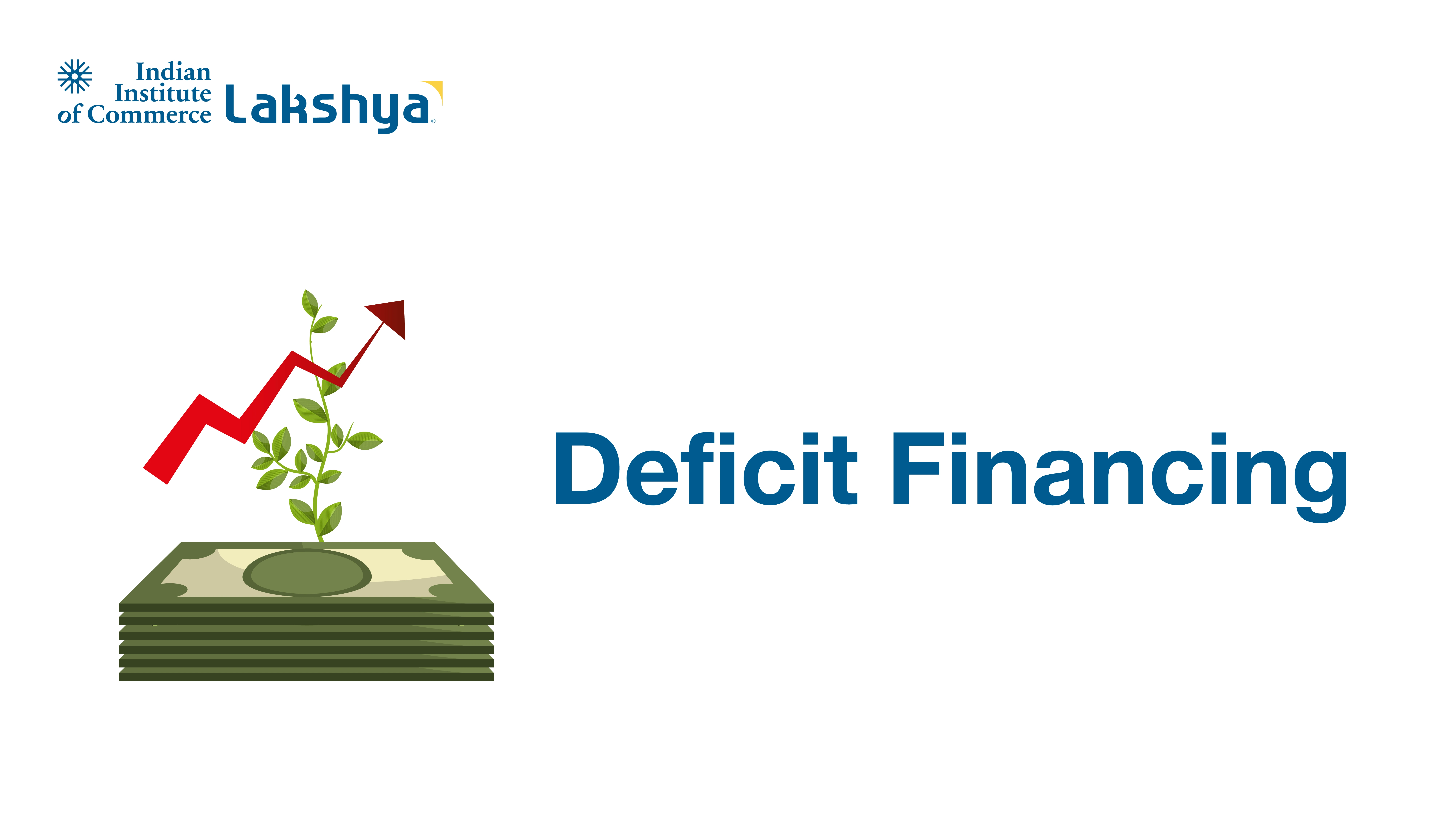

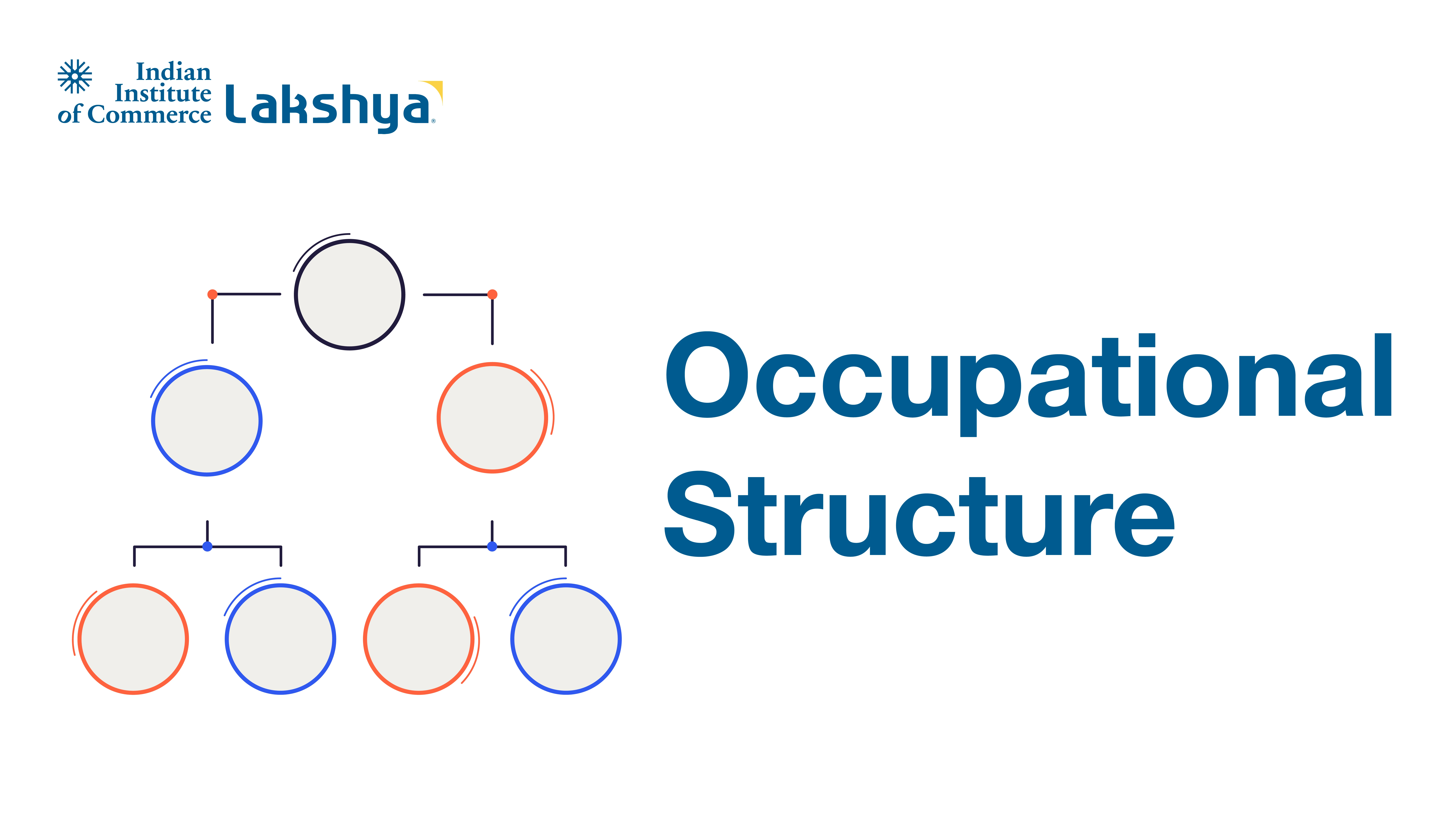
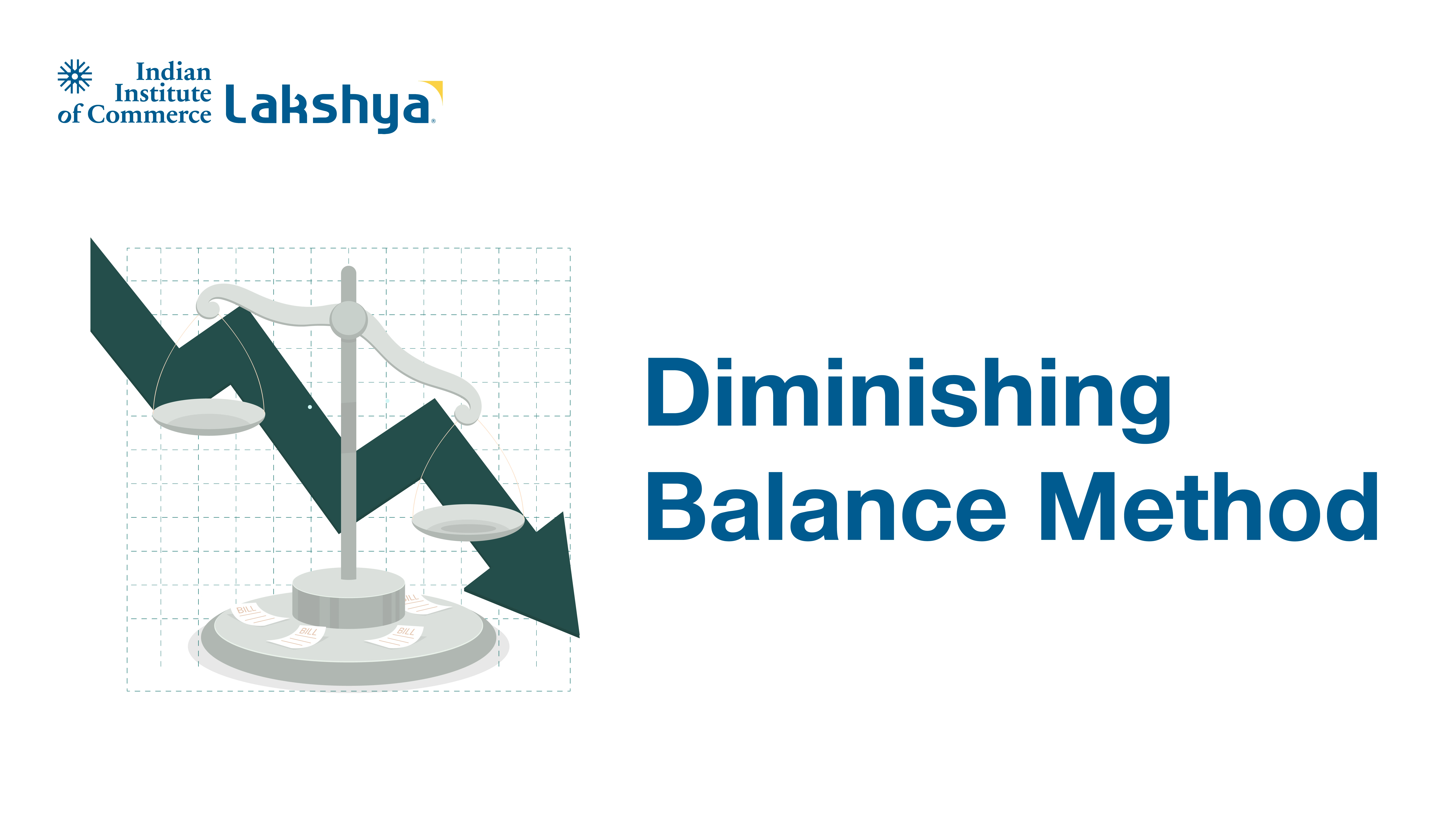


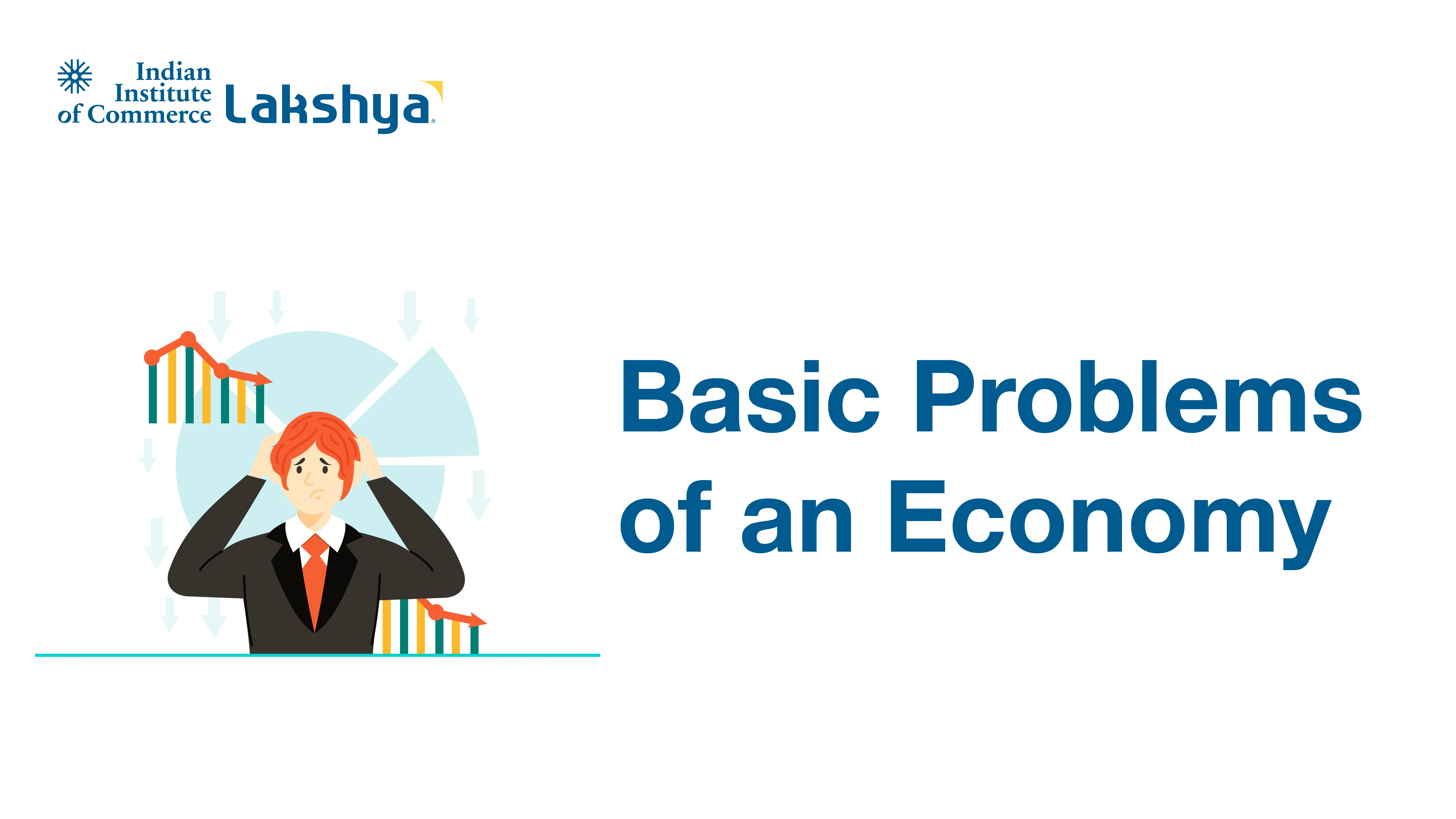







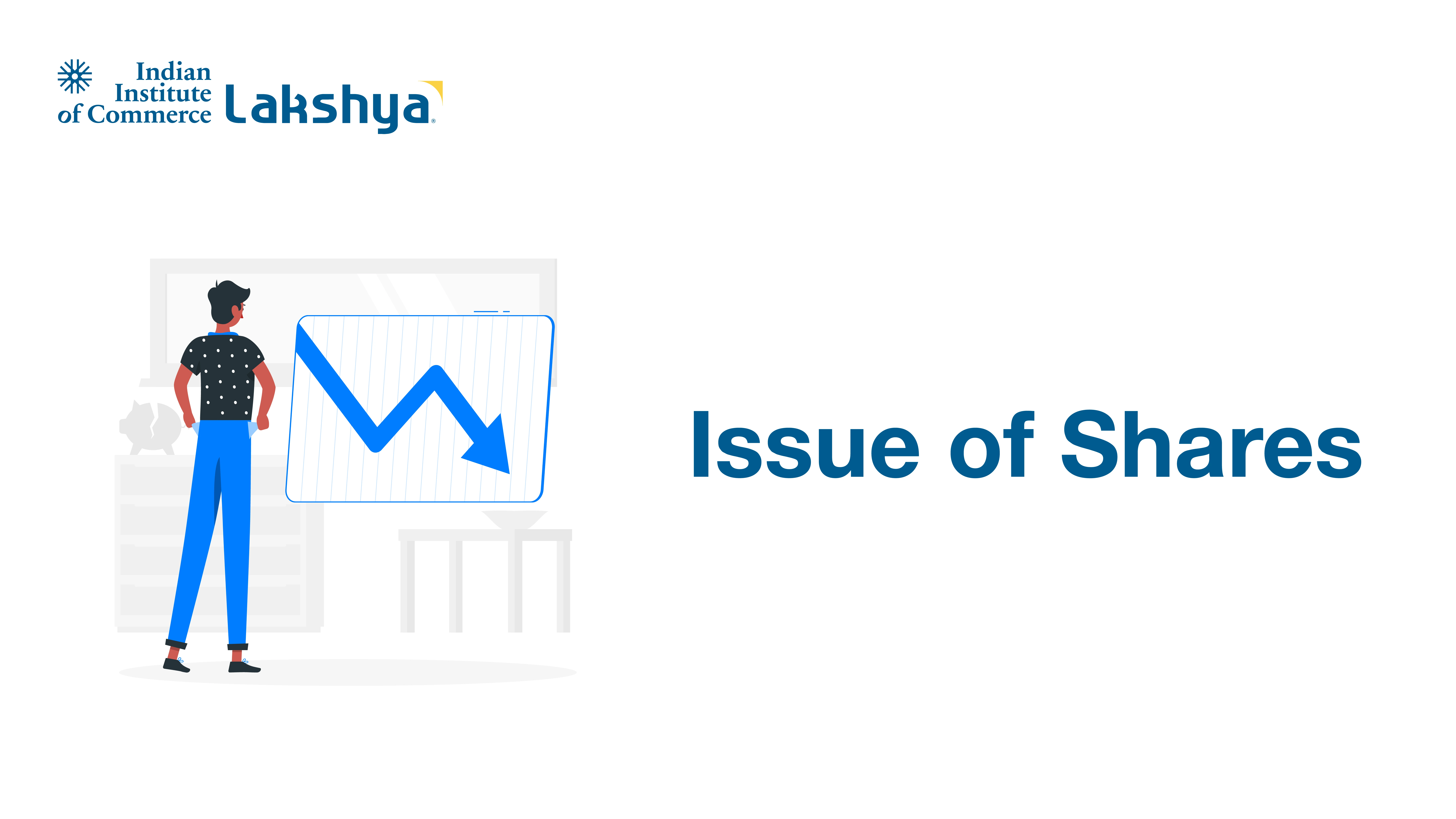










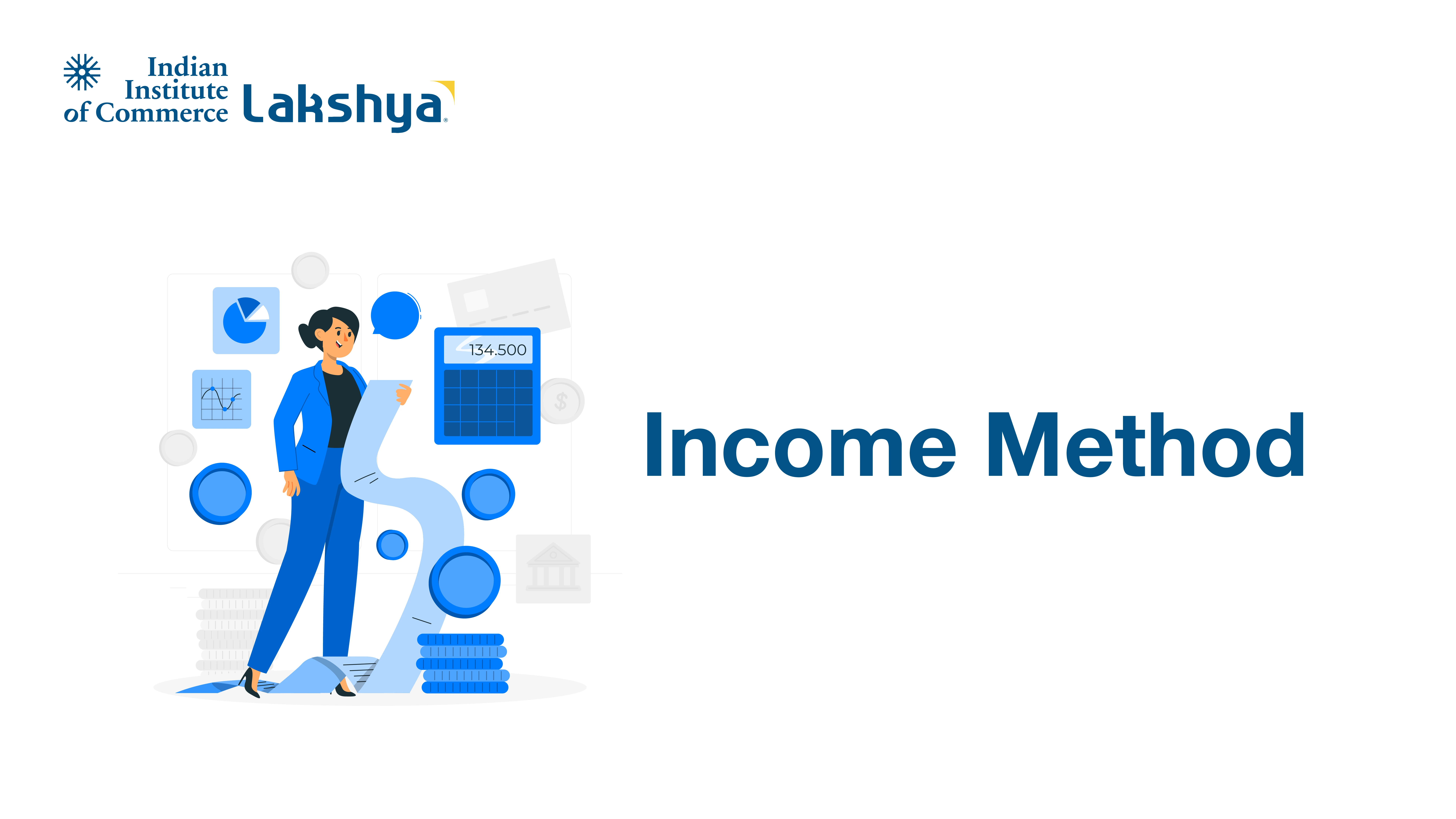



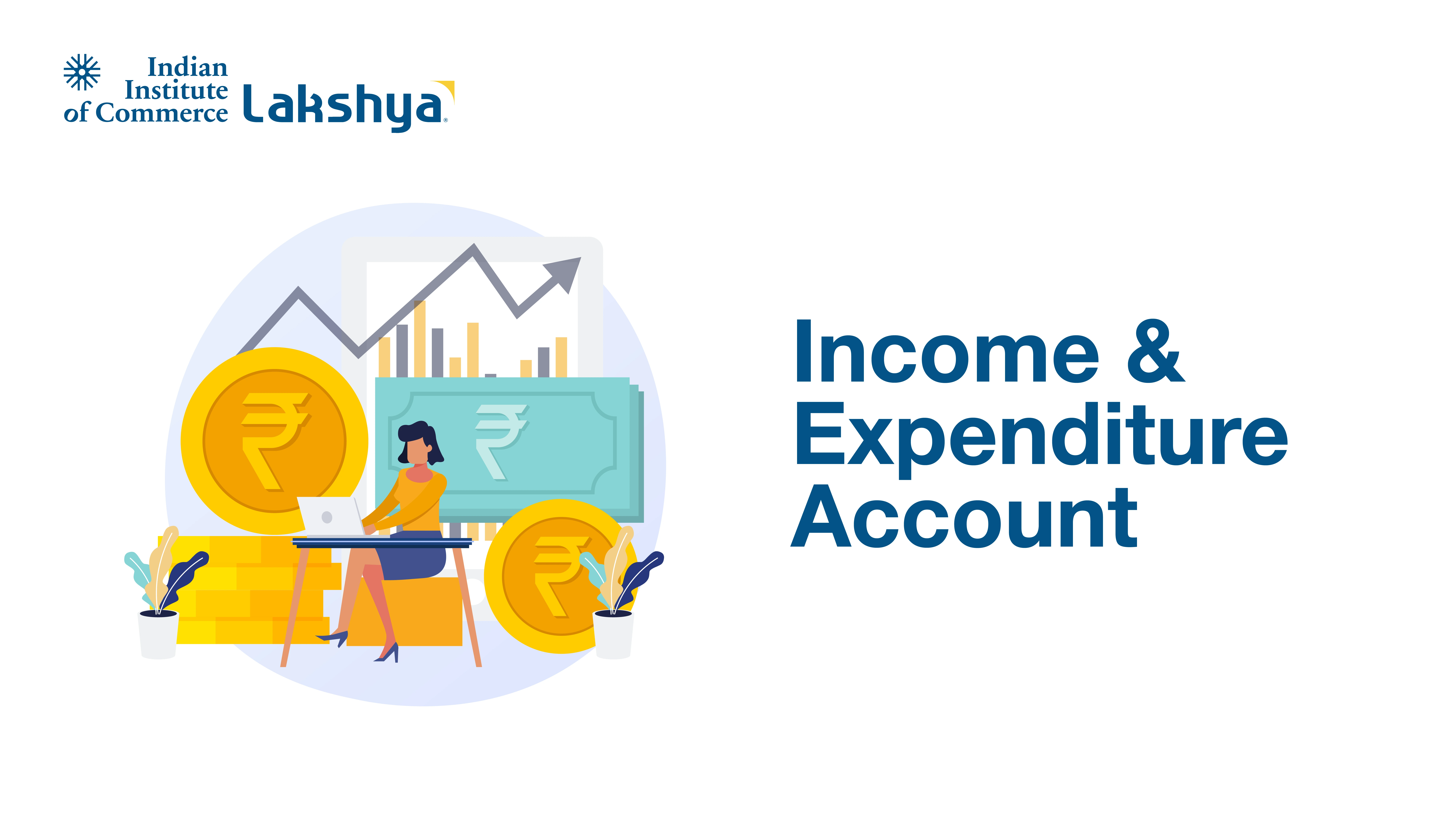

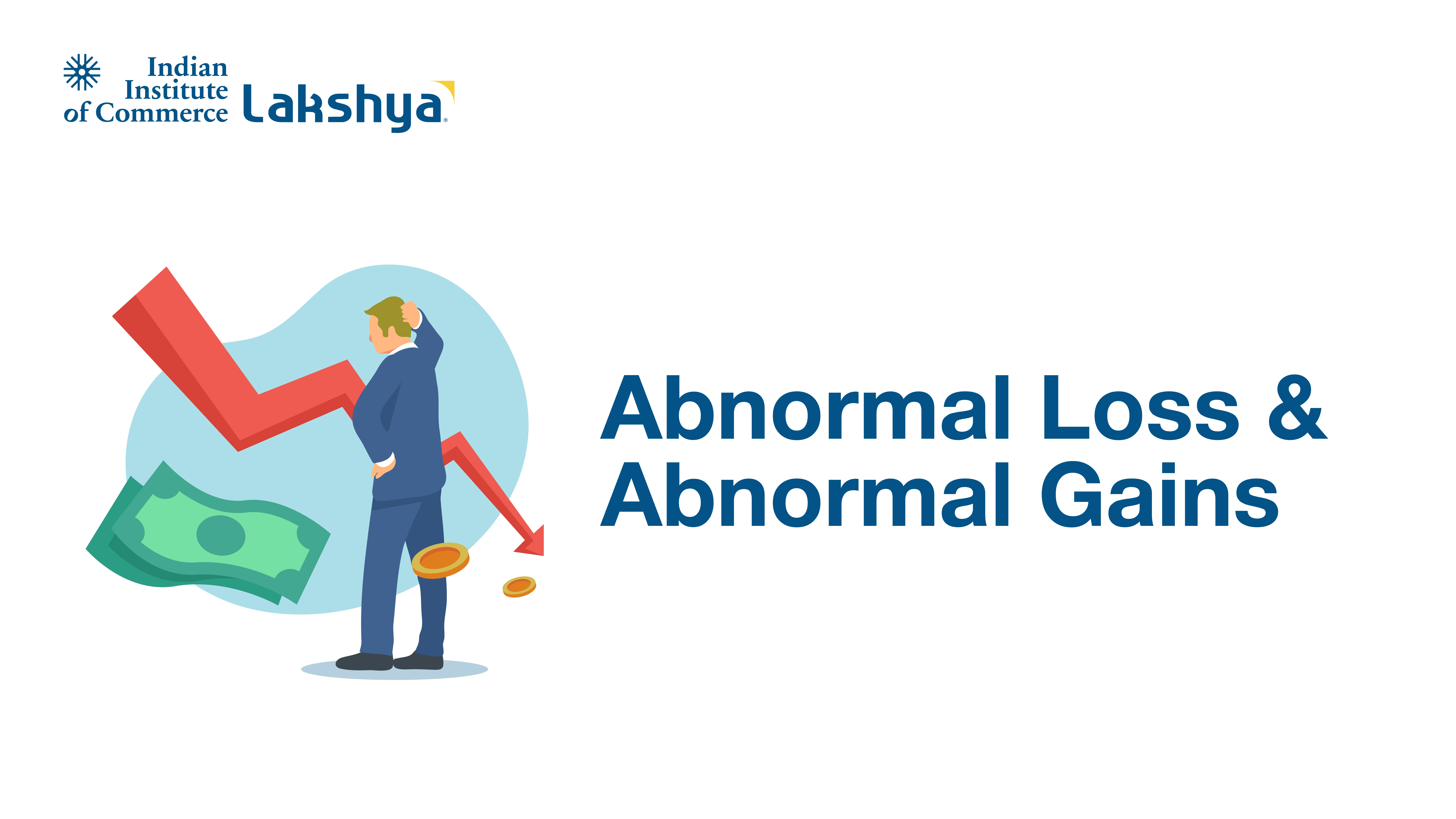

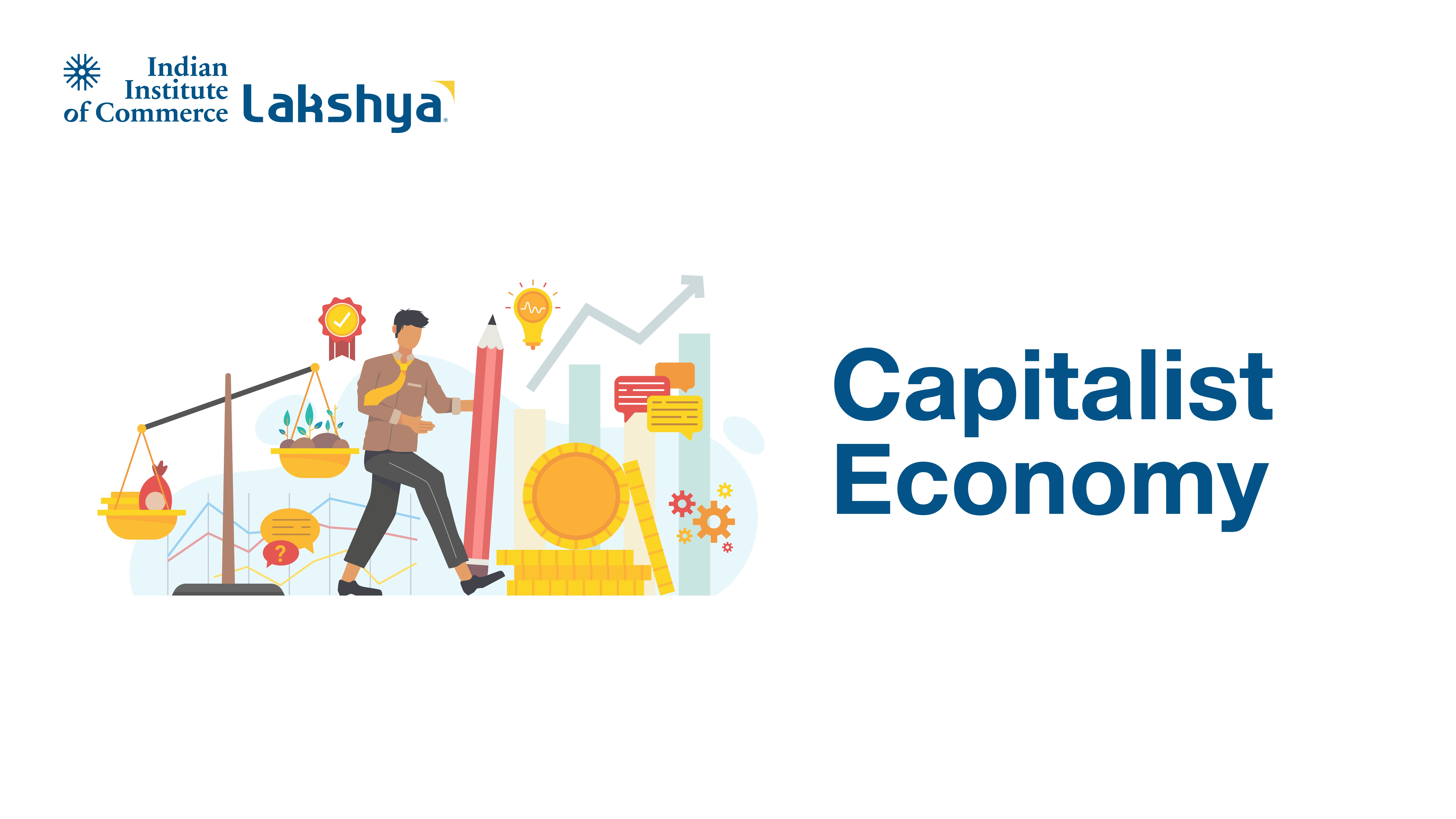
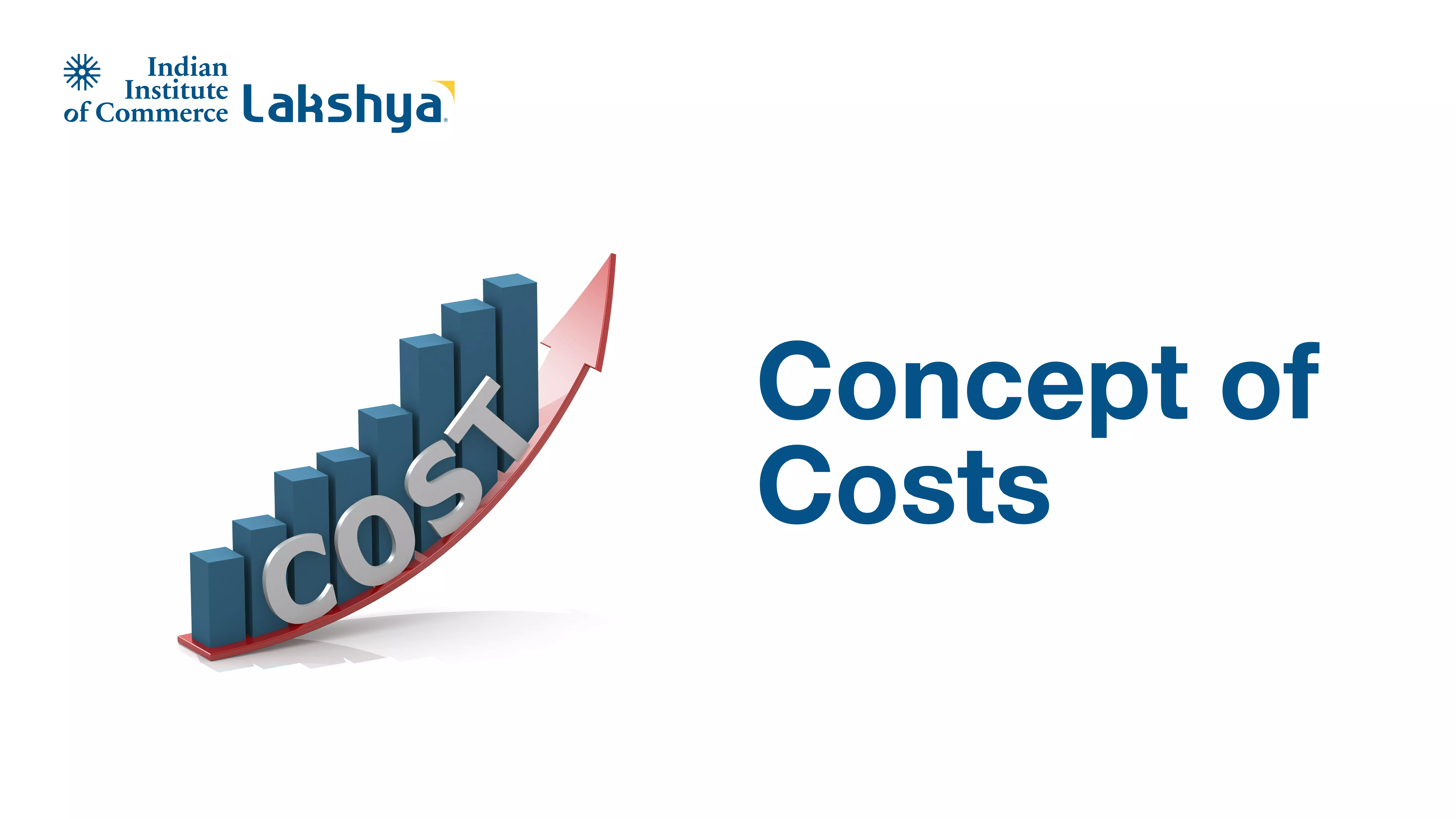













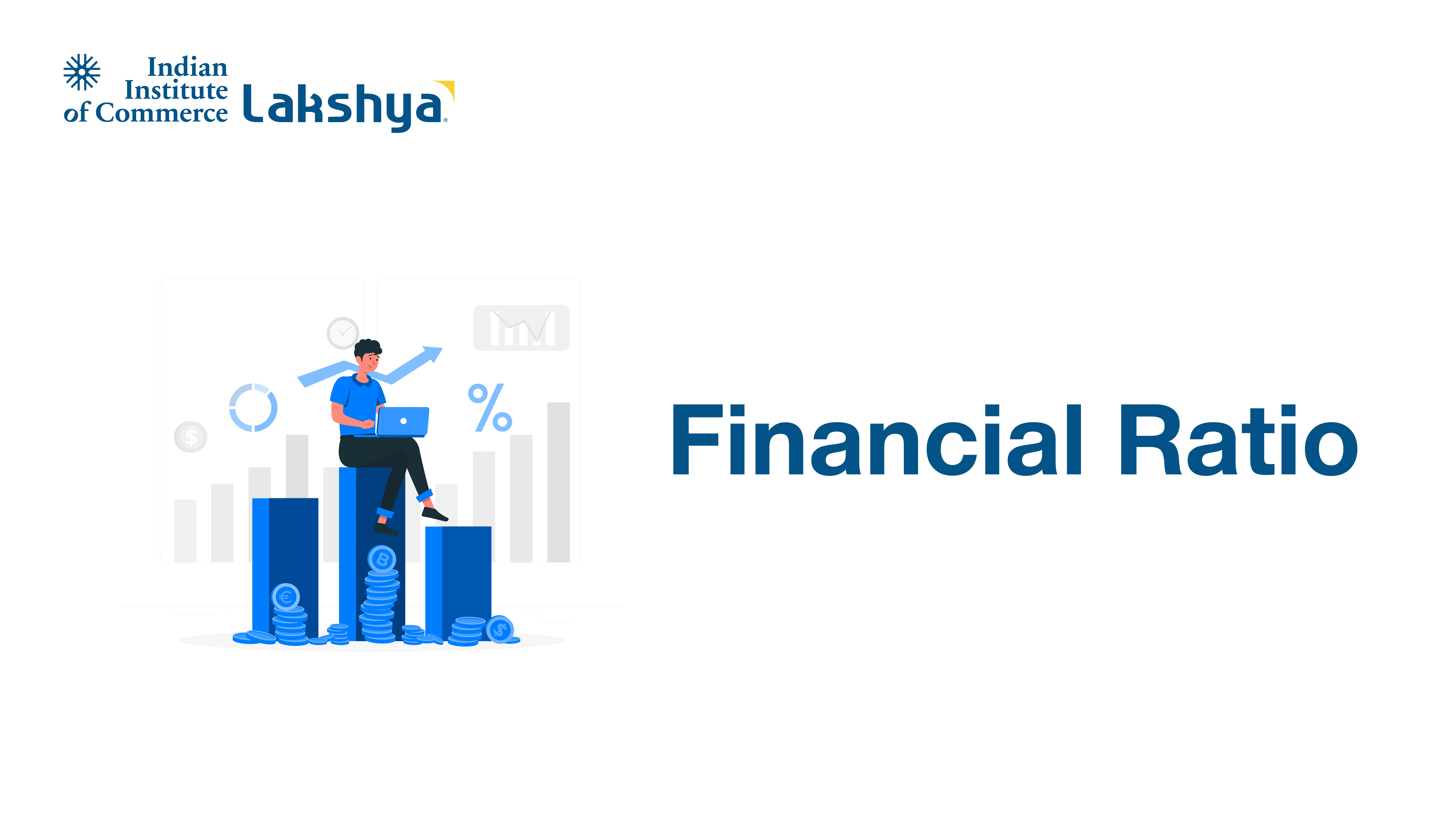
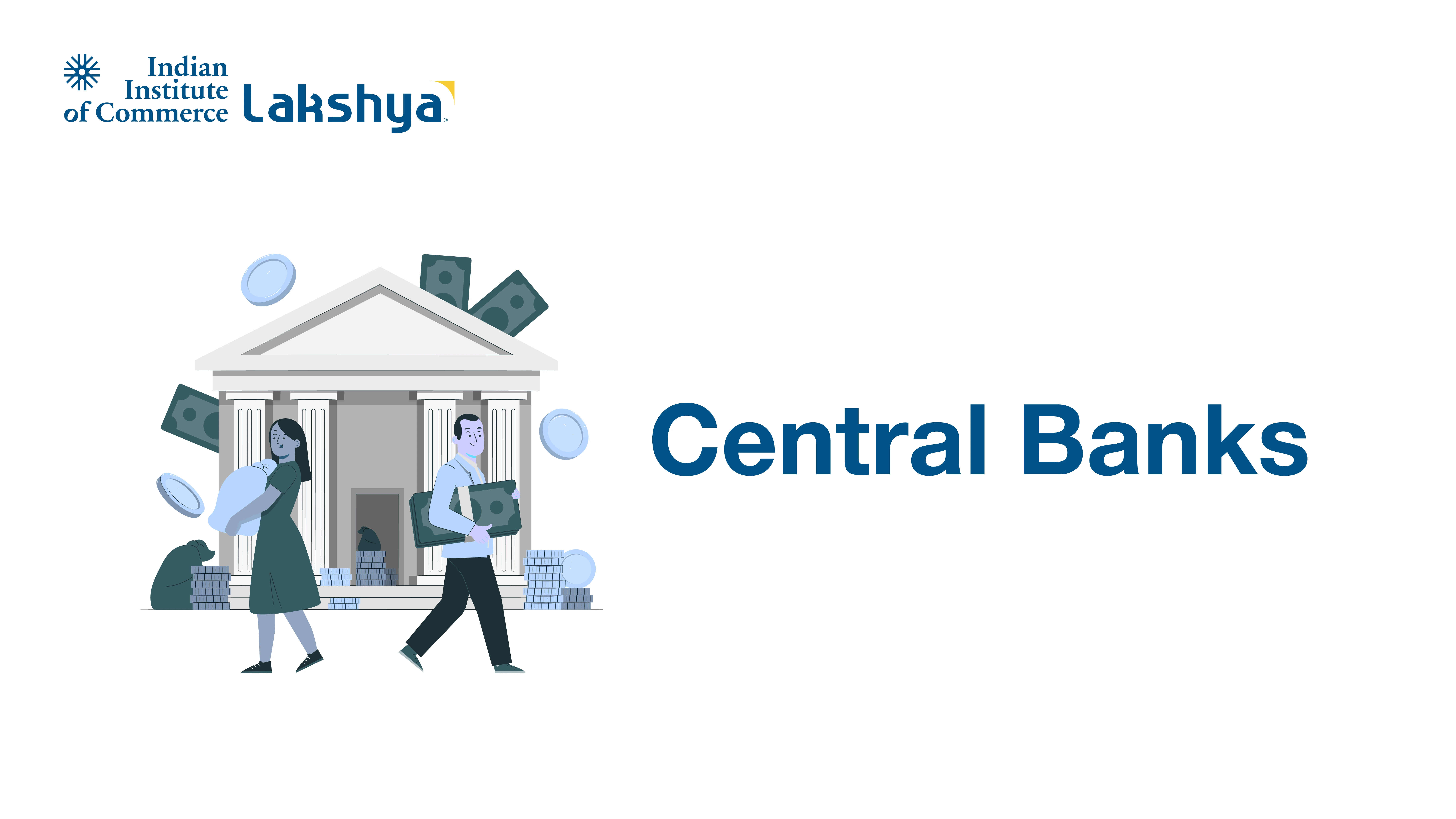

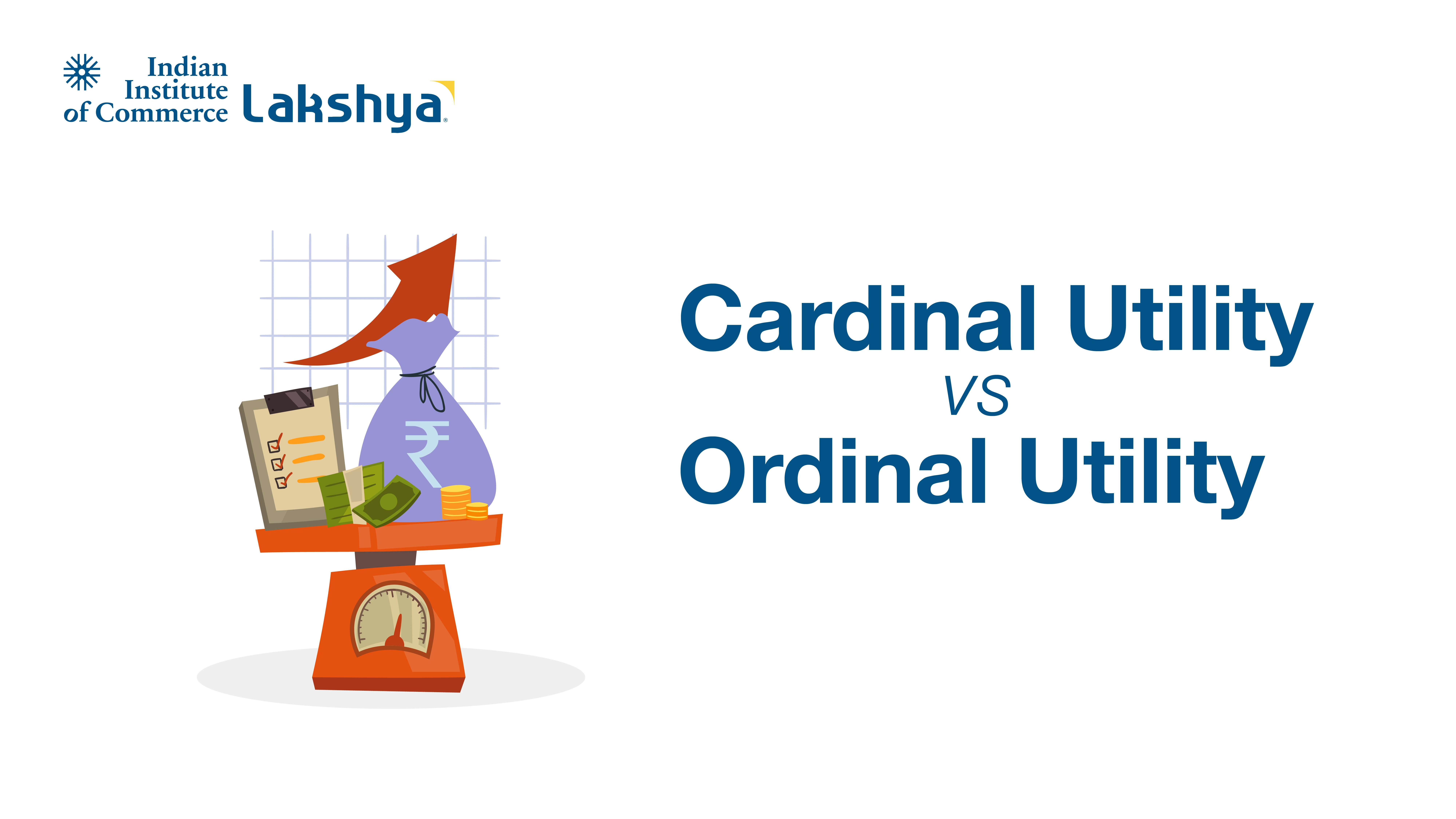

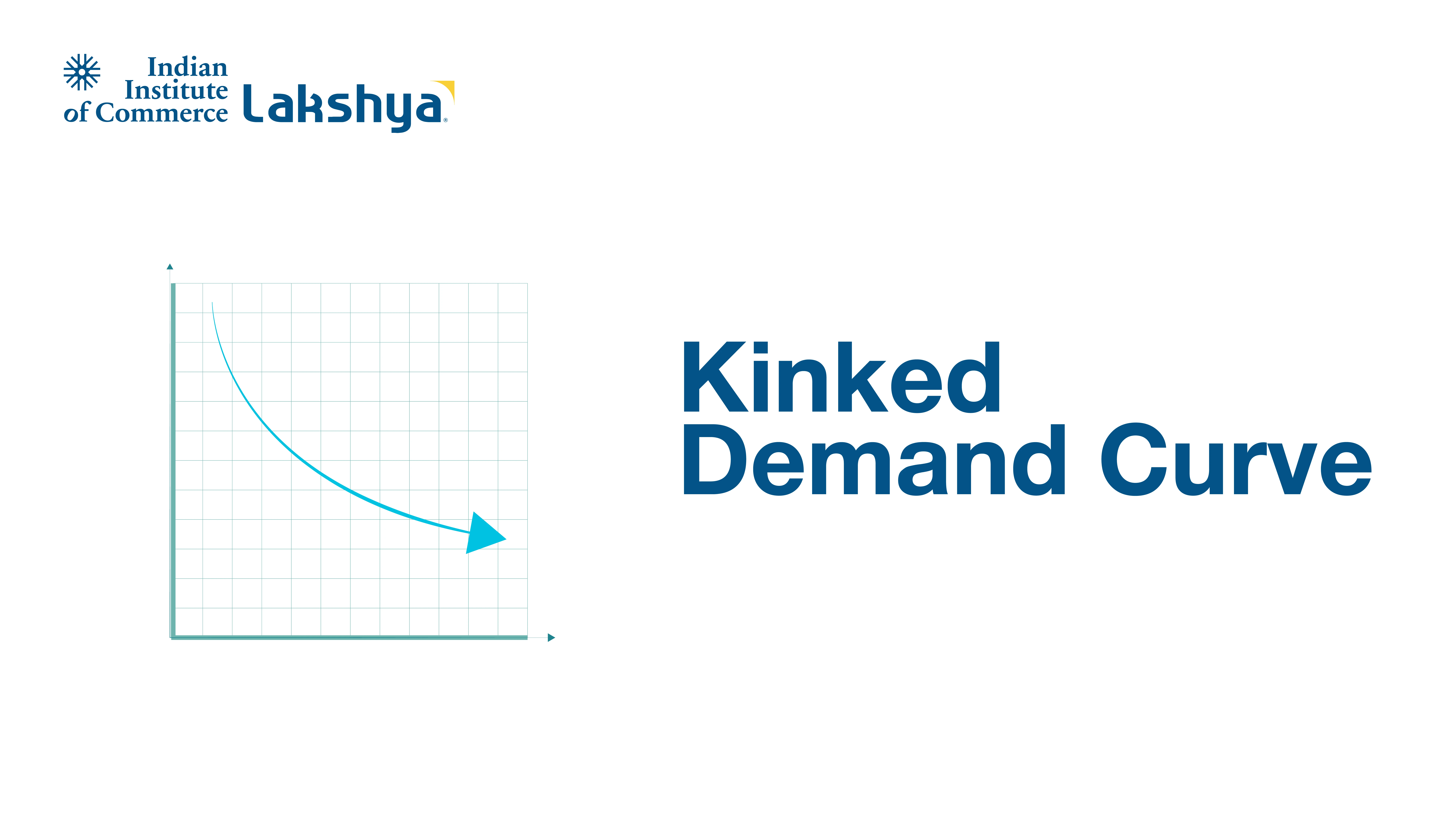
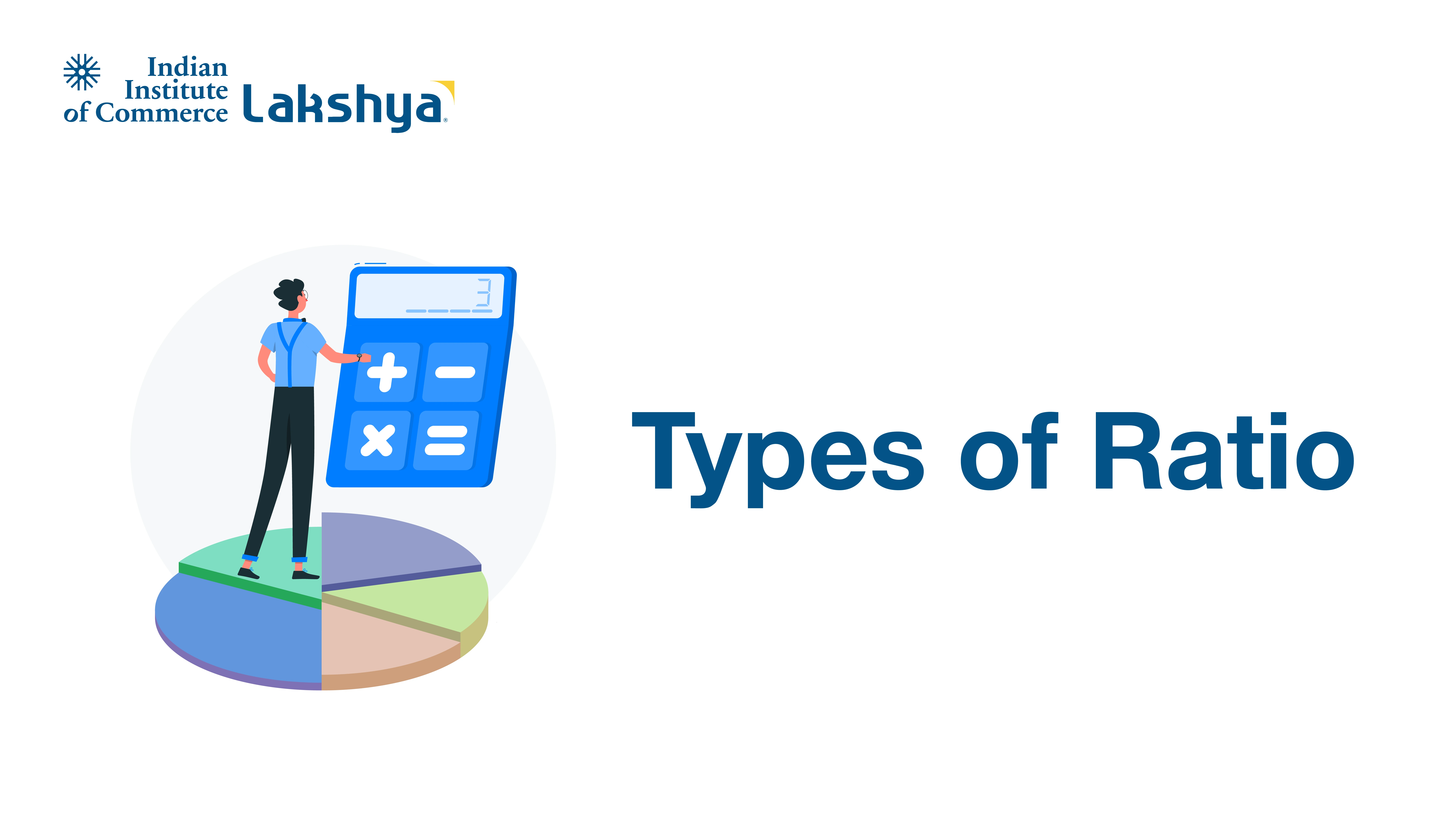

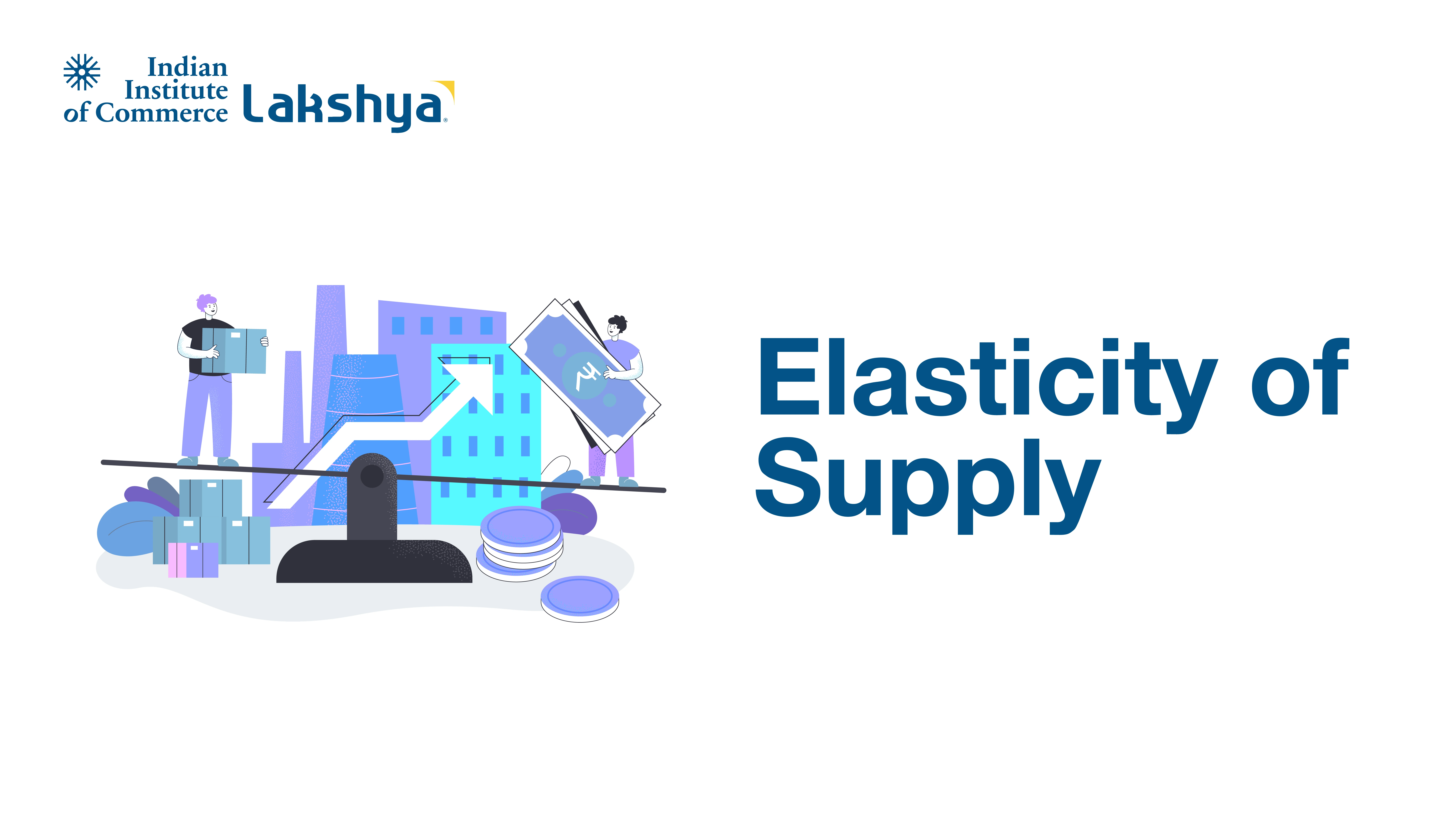

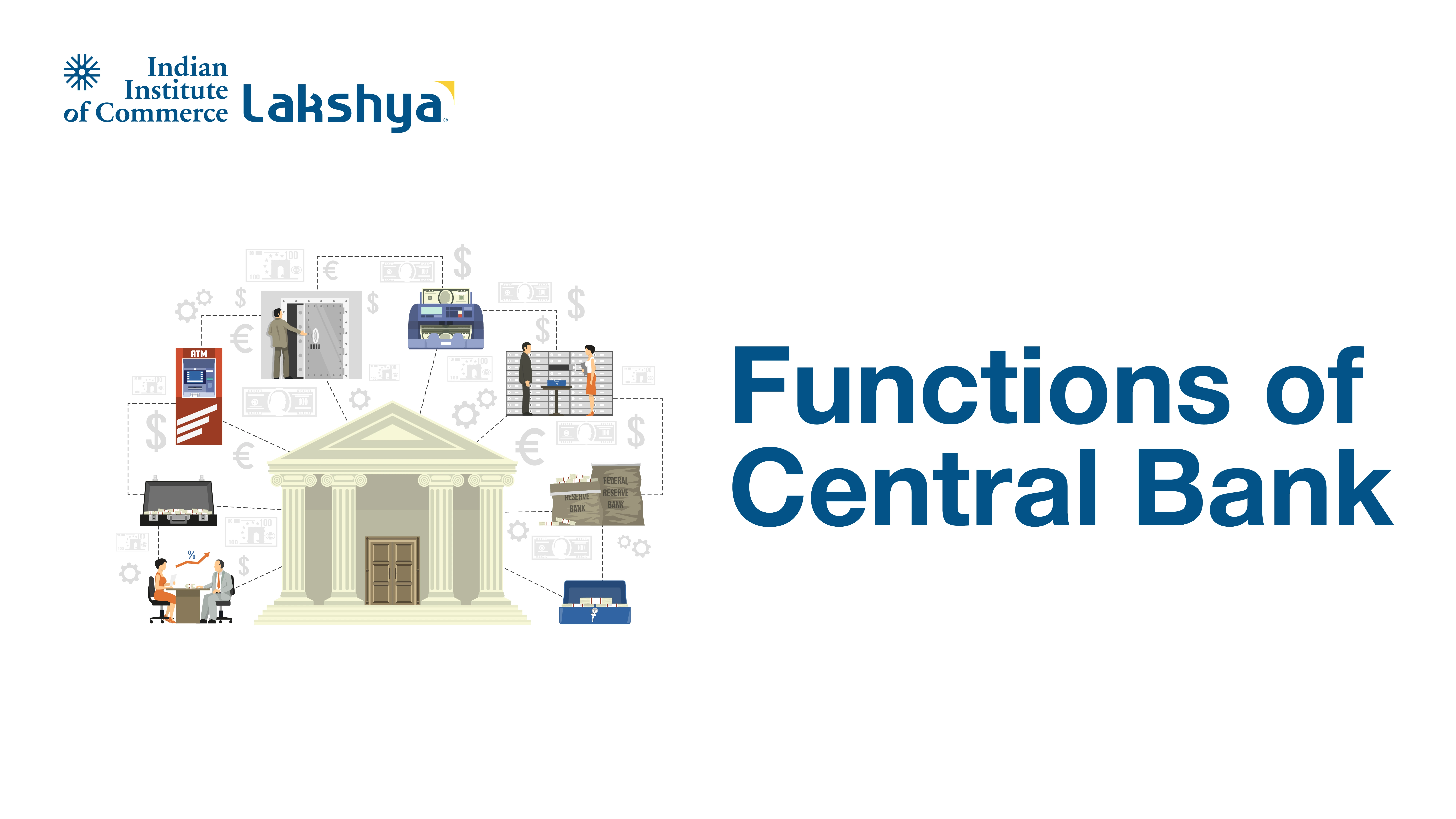




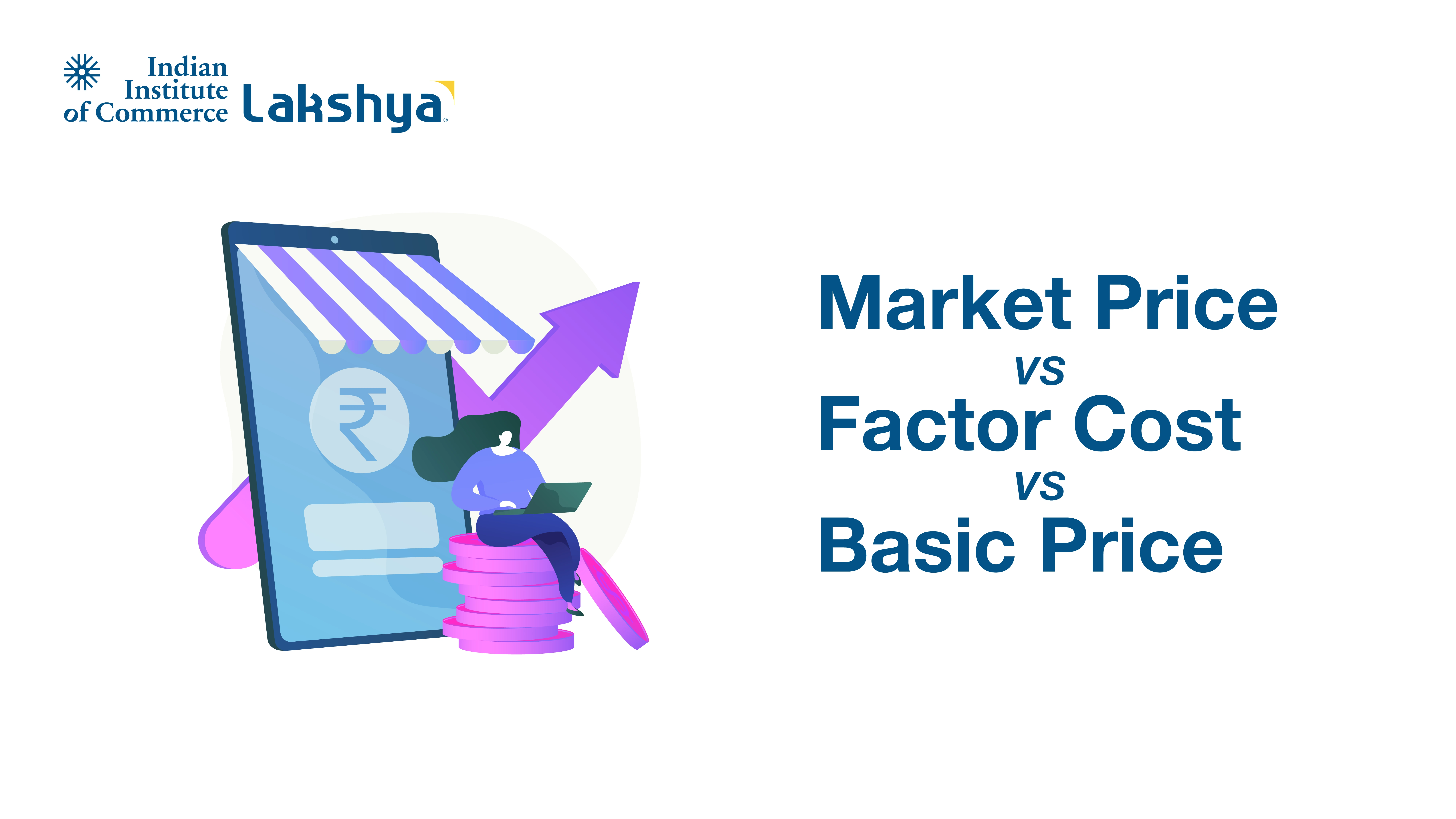





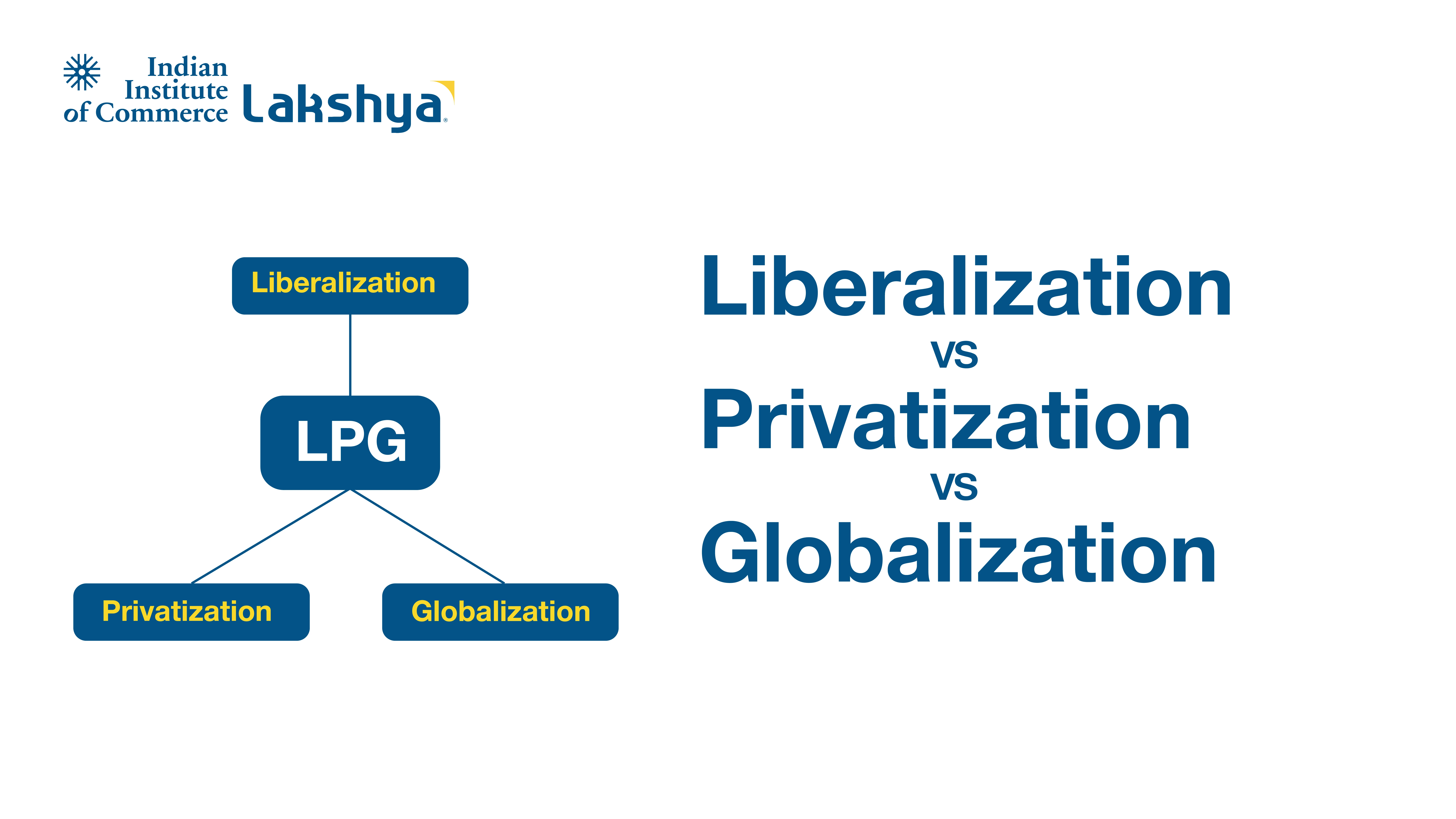



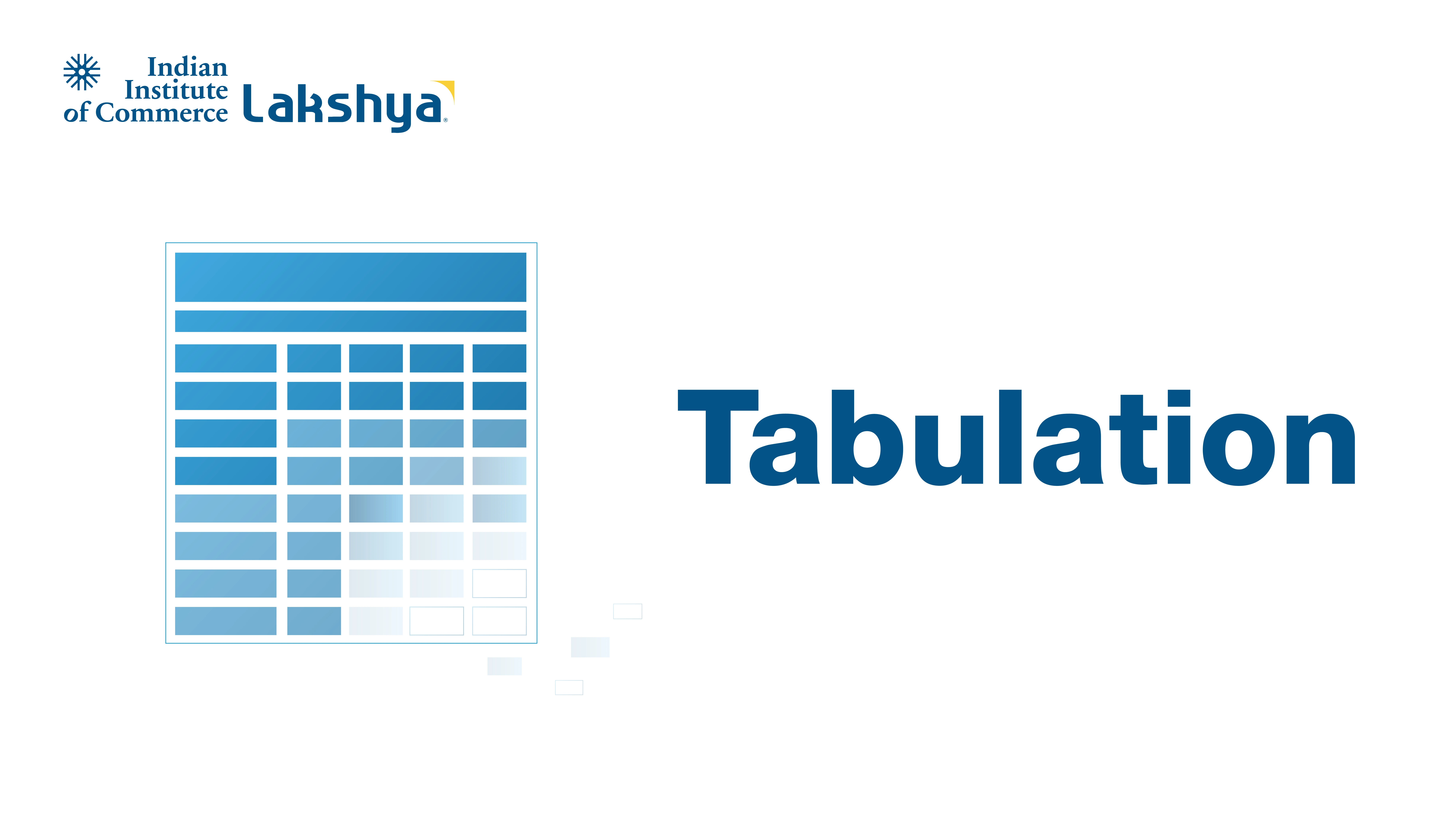




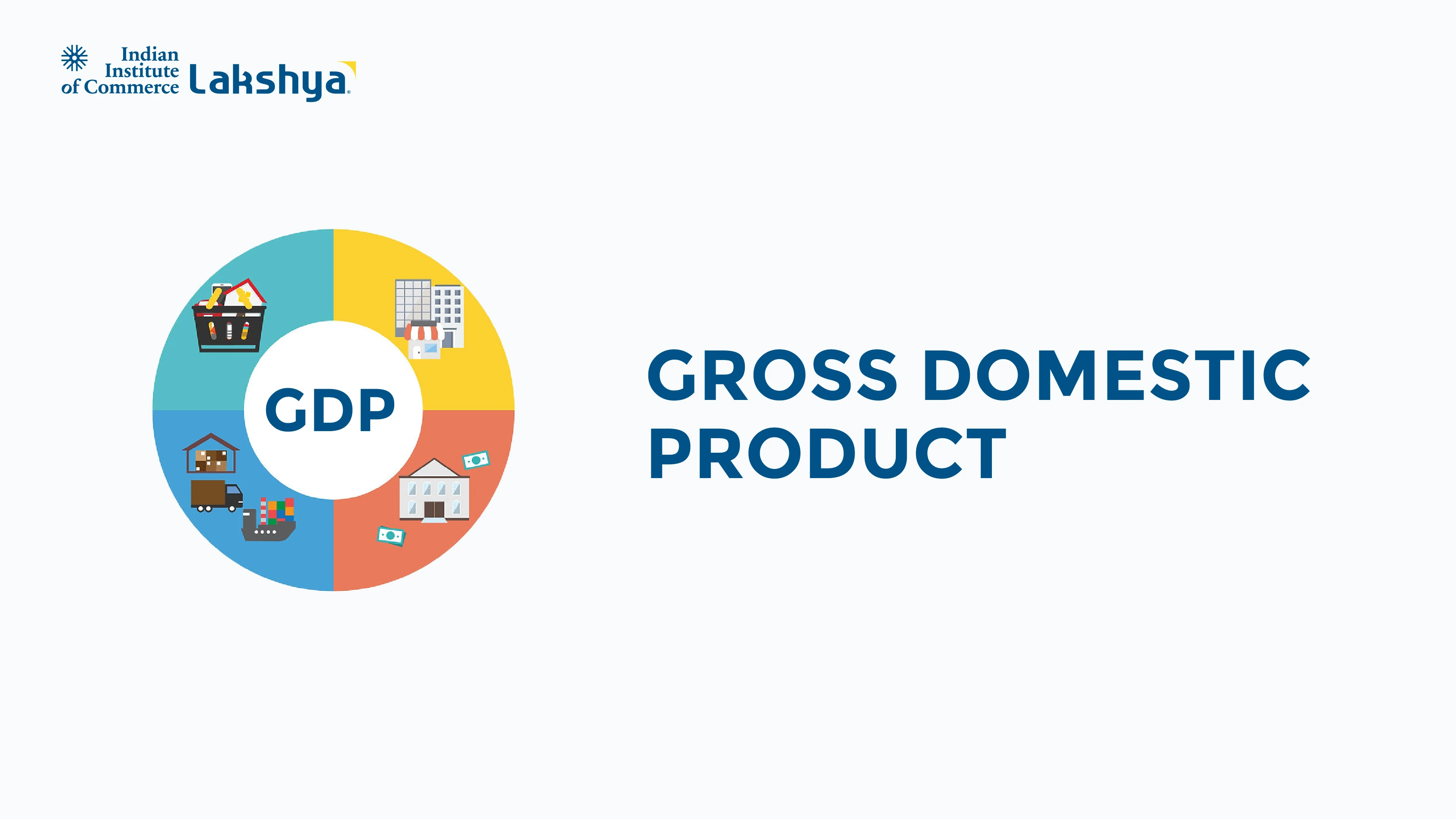
.webp)
